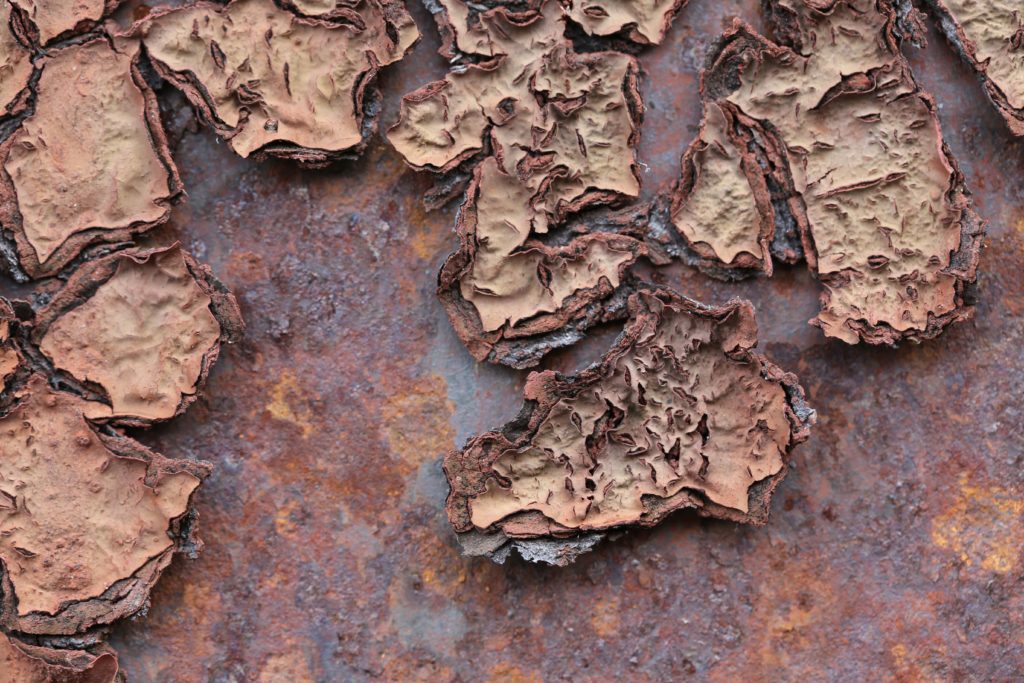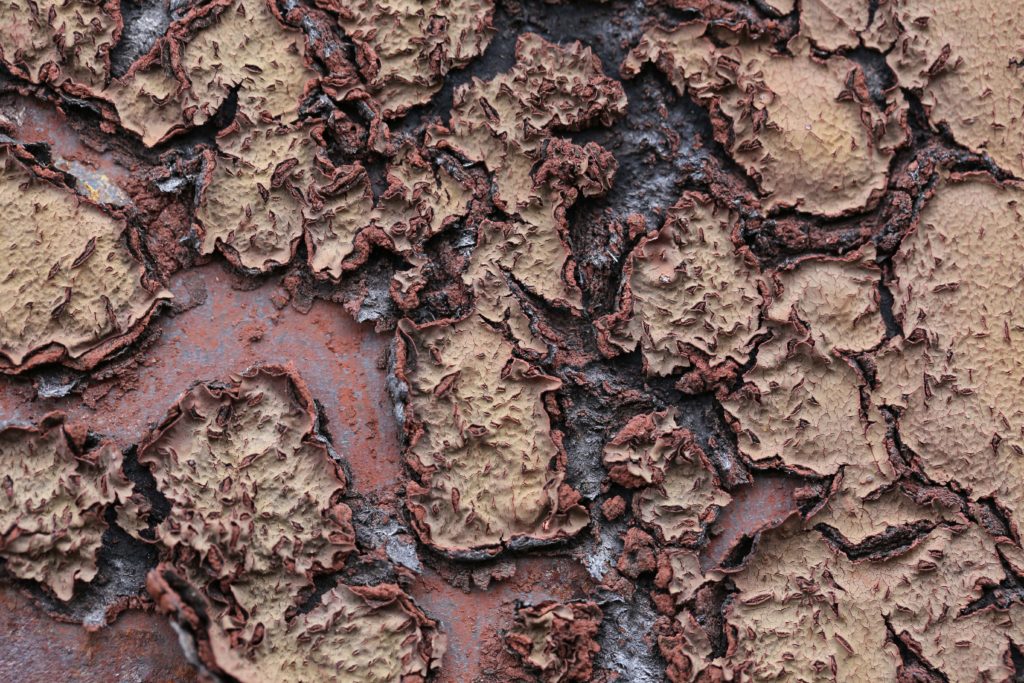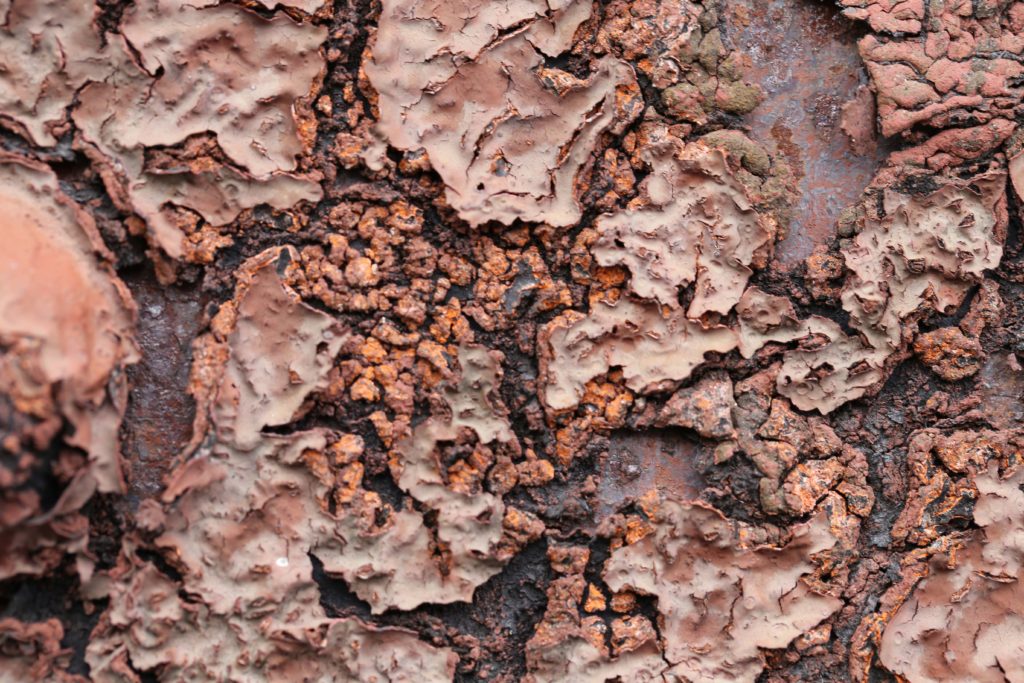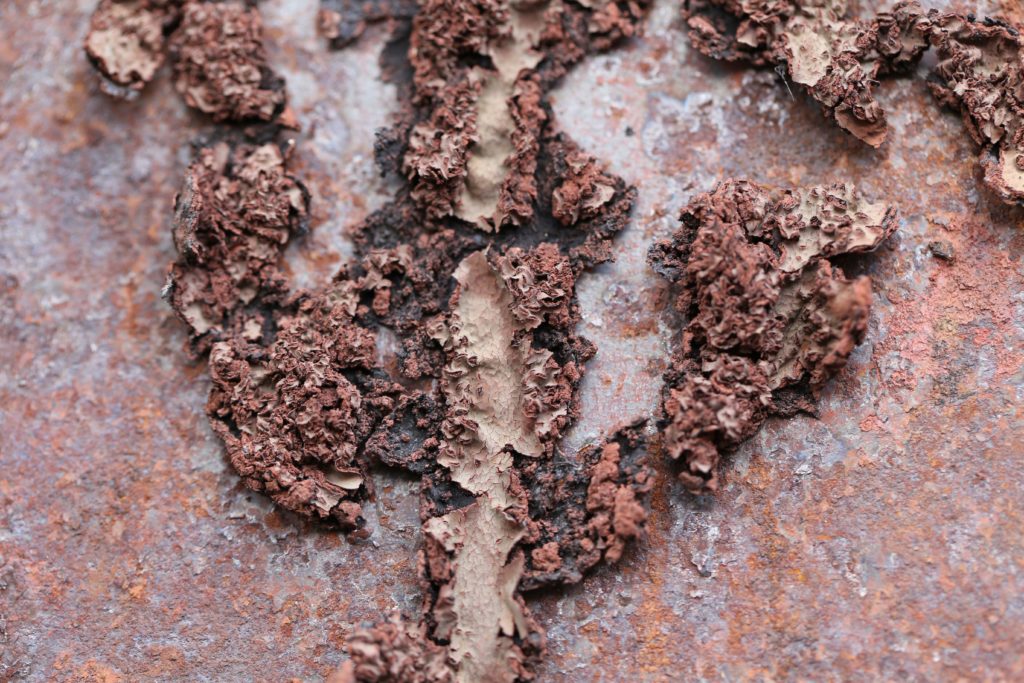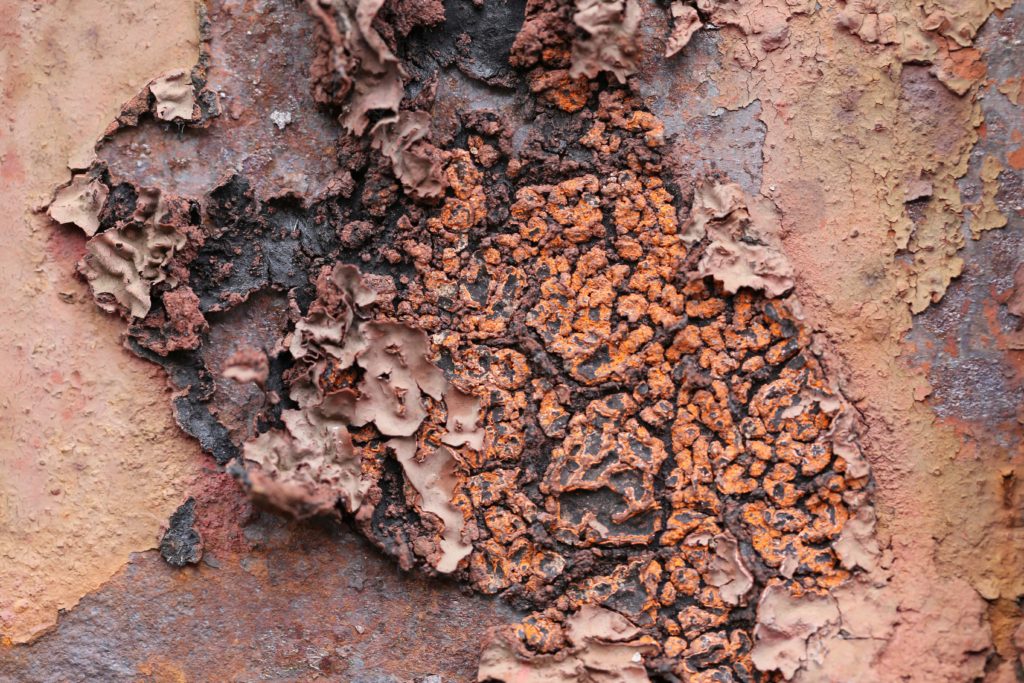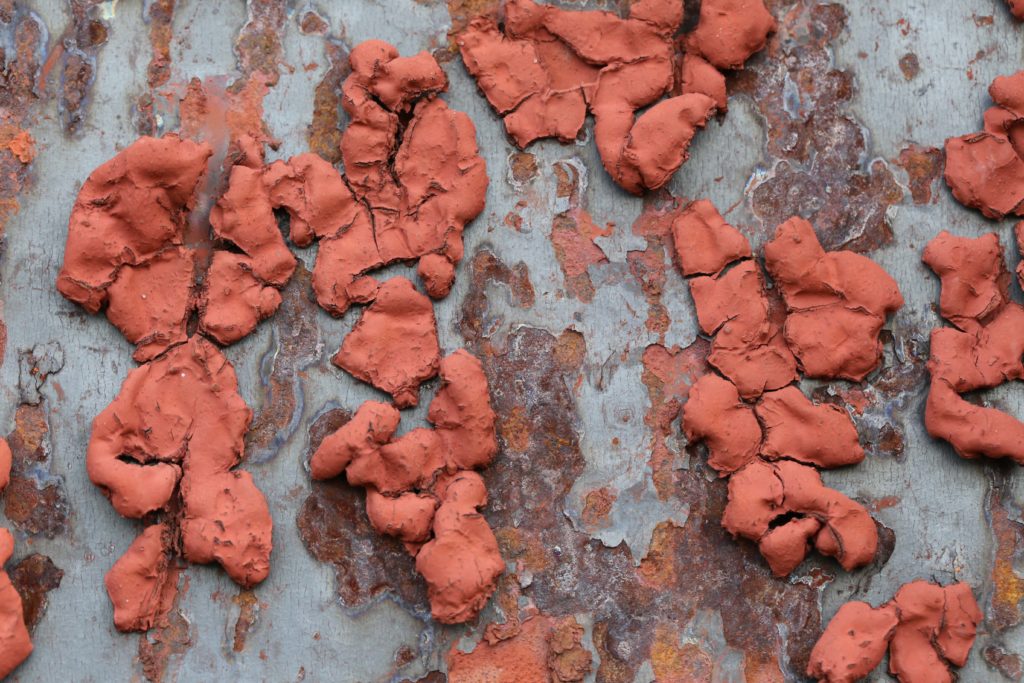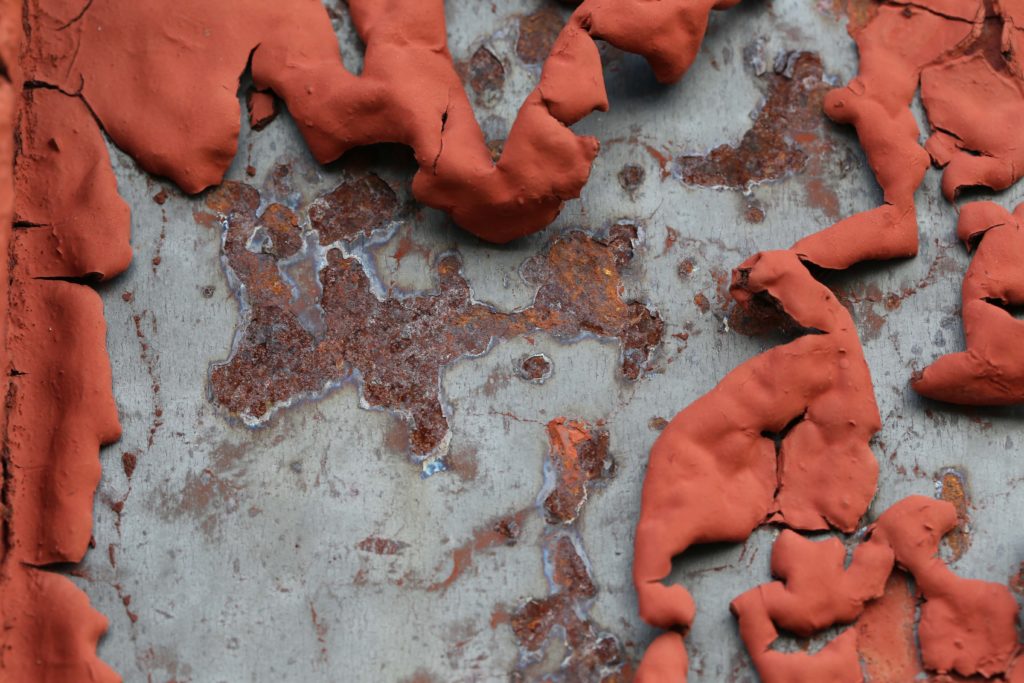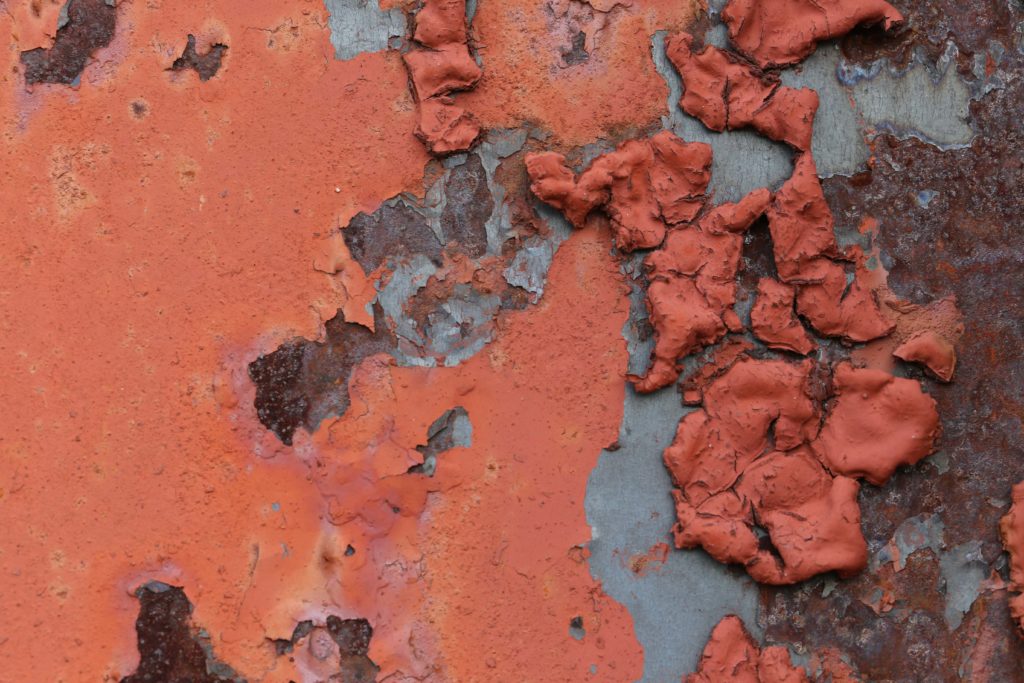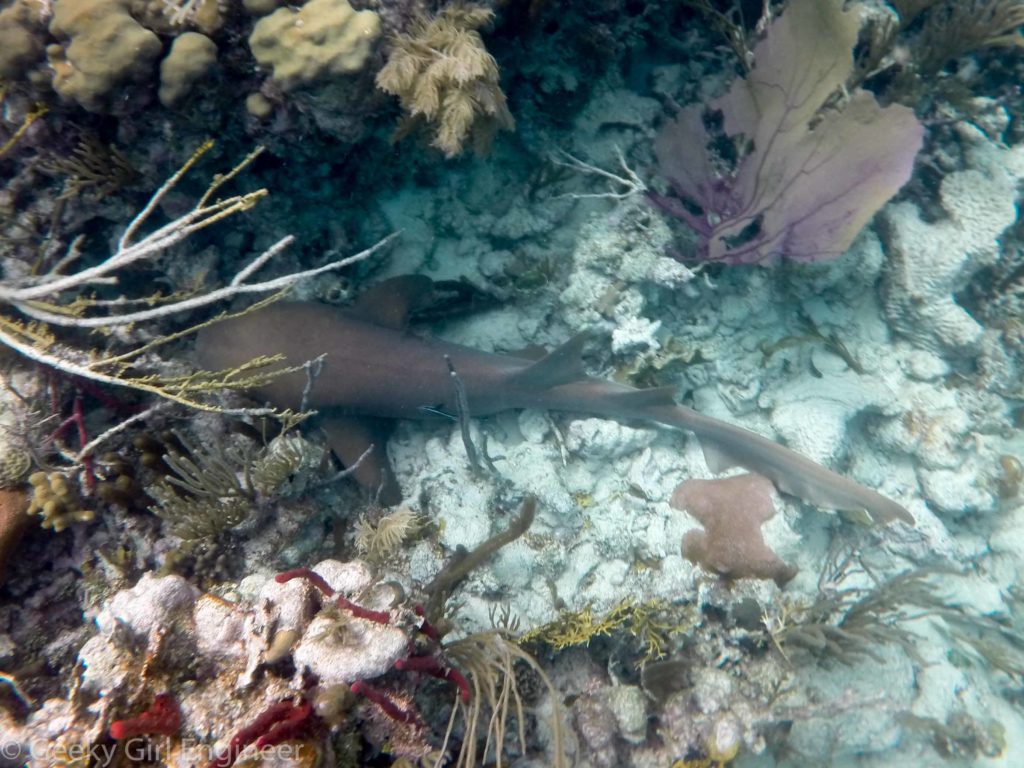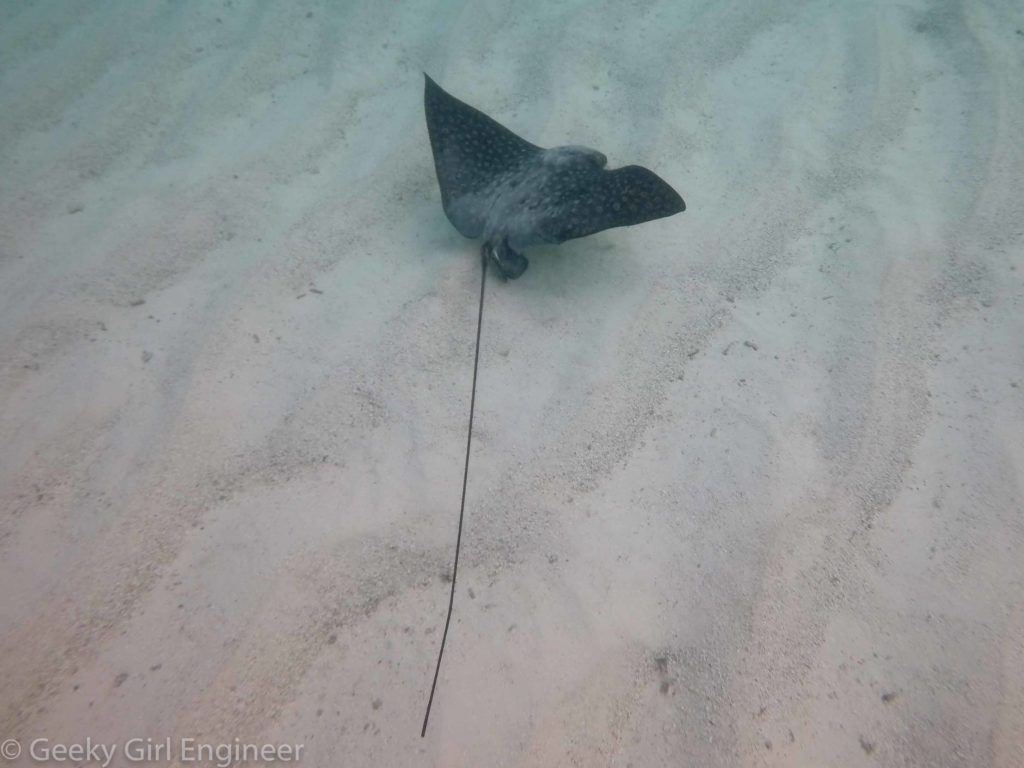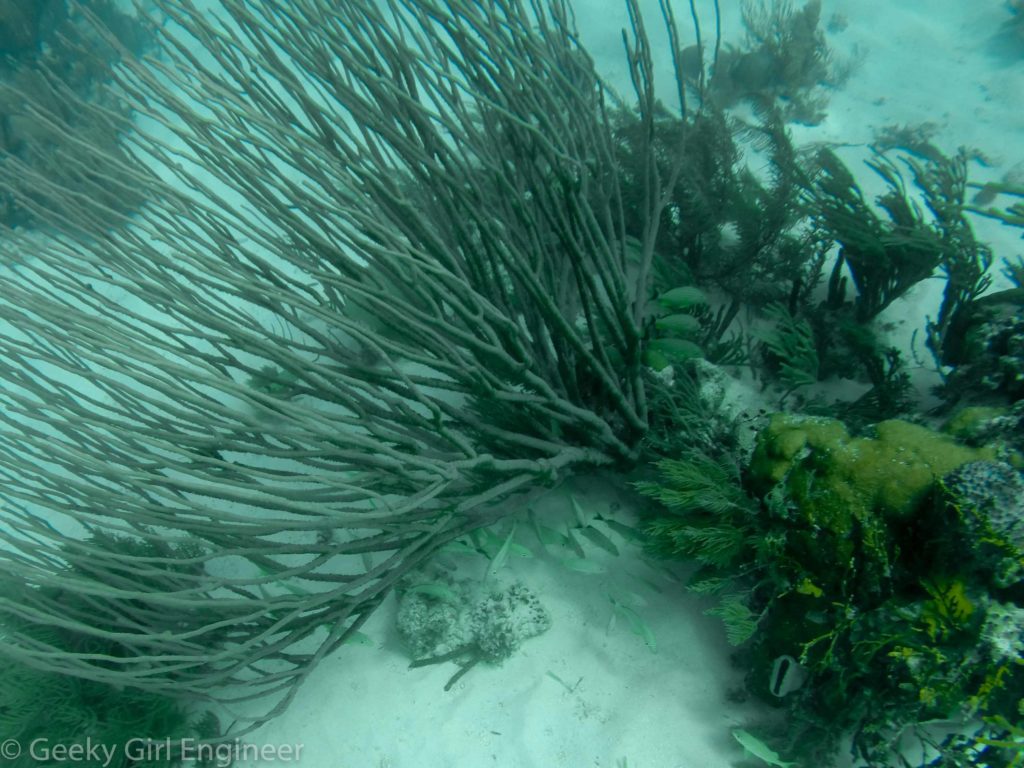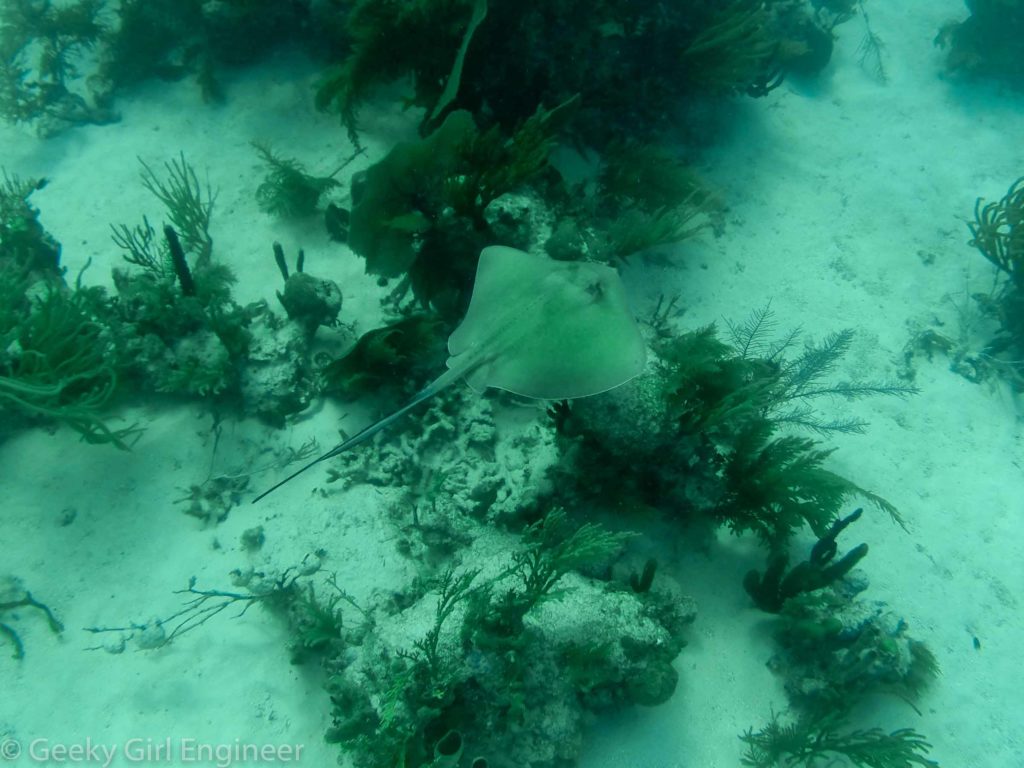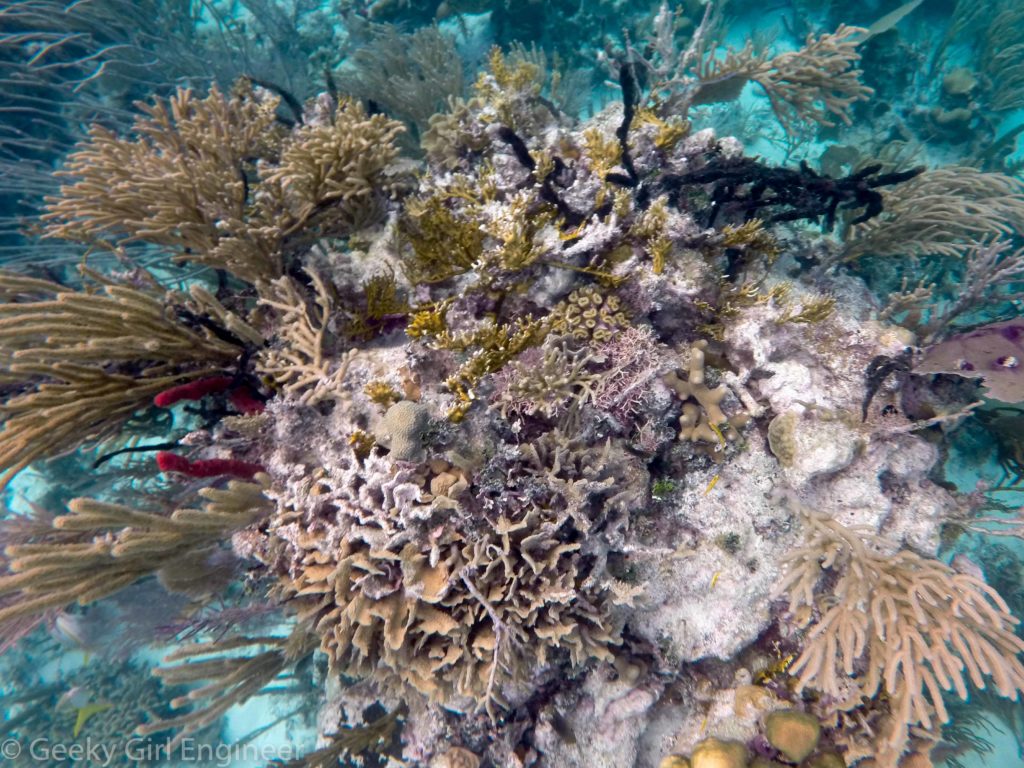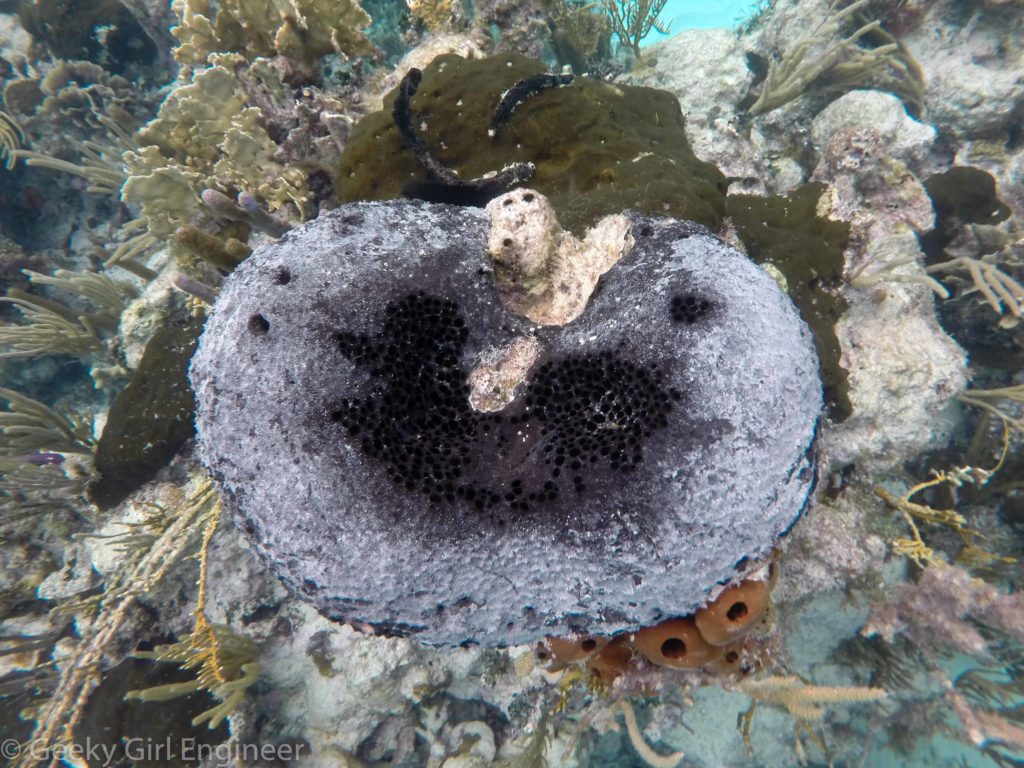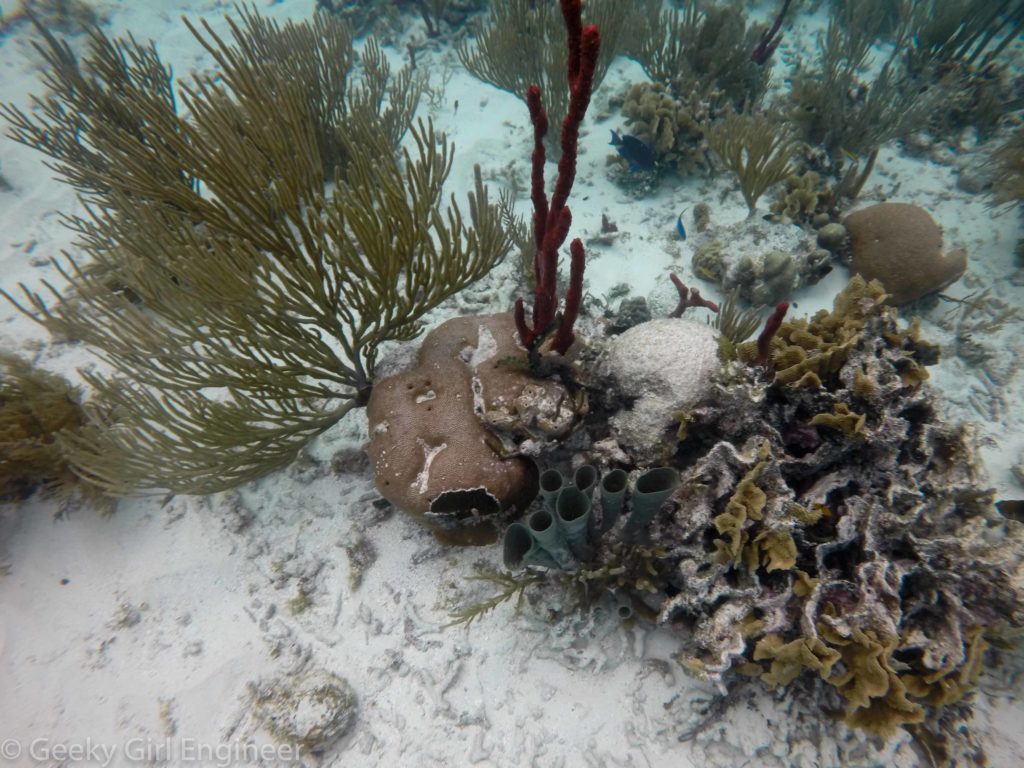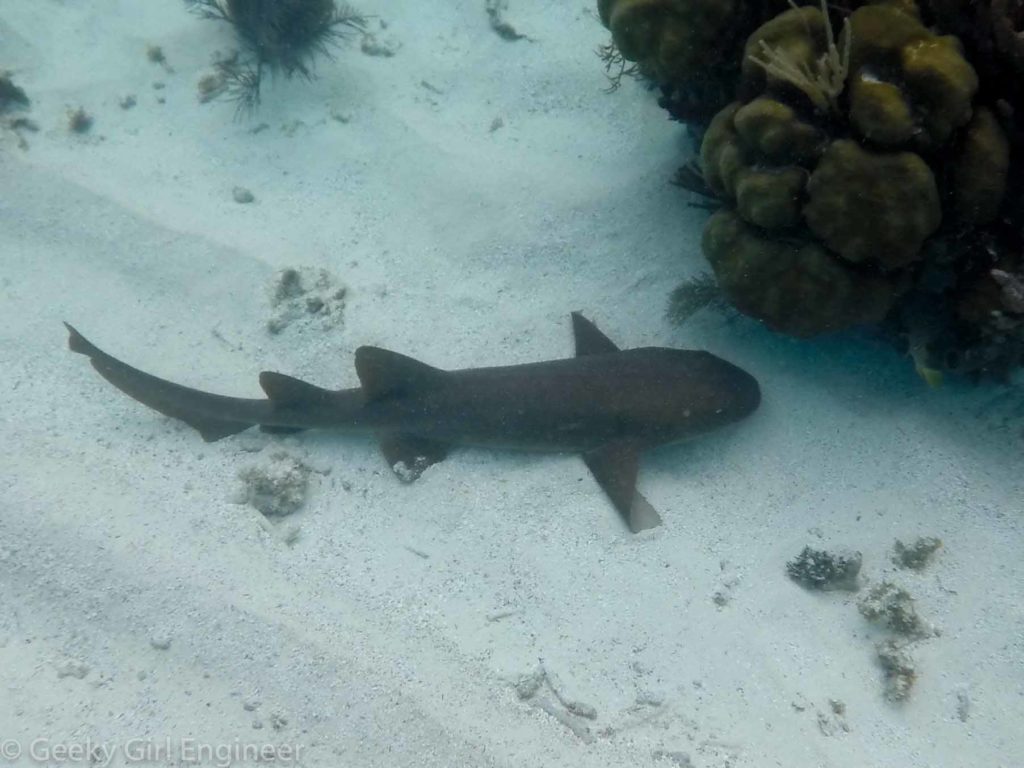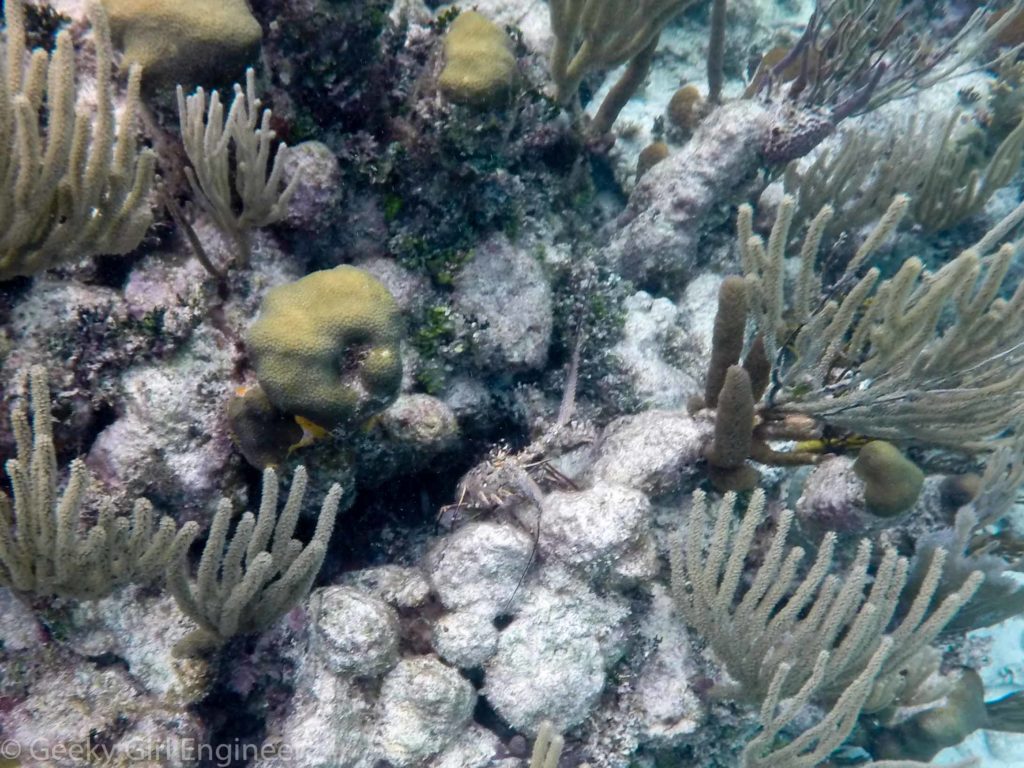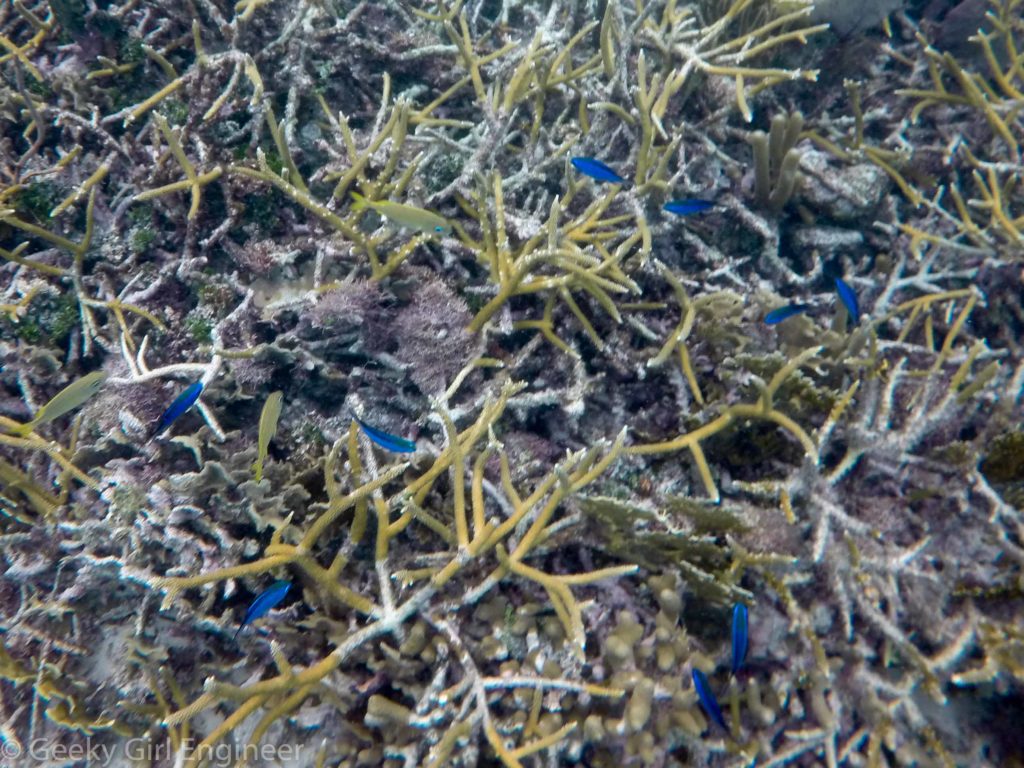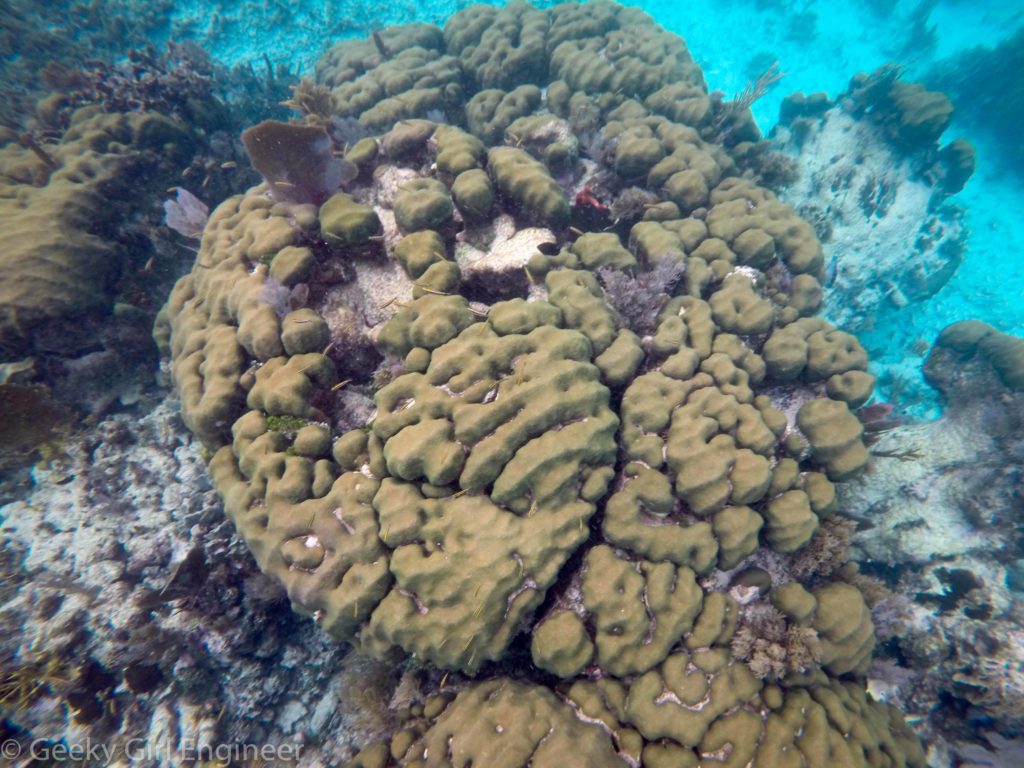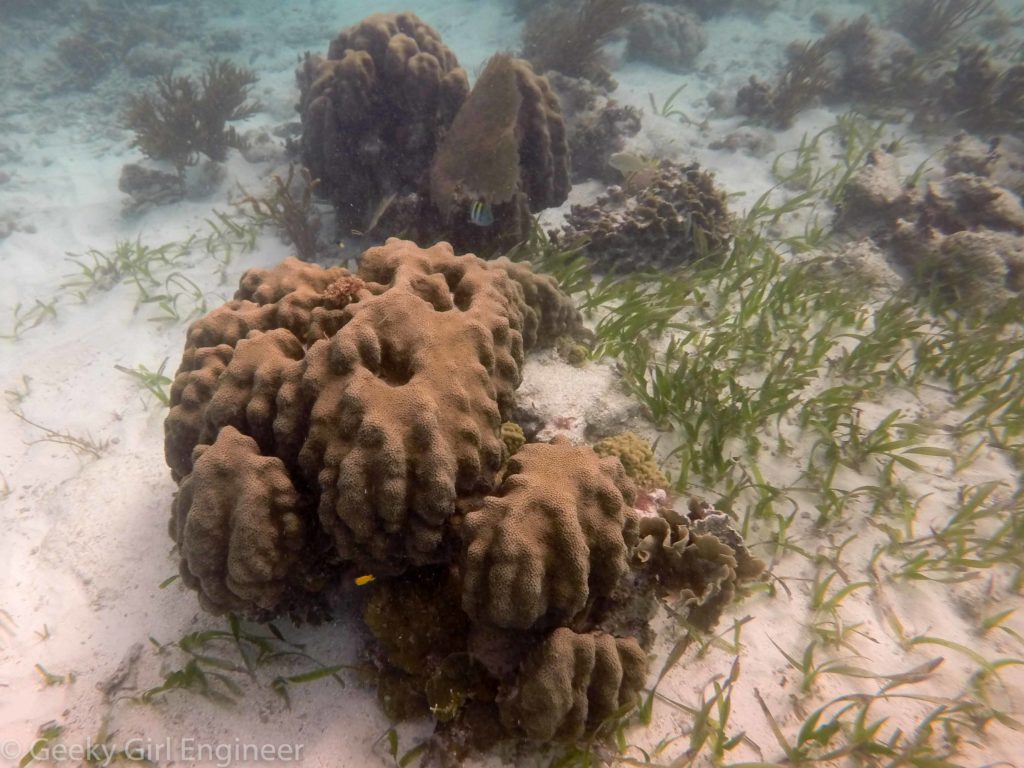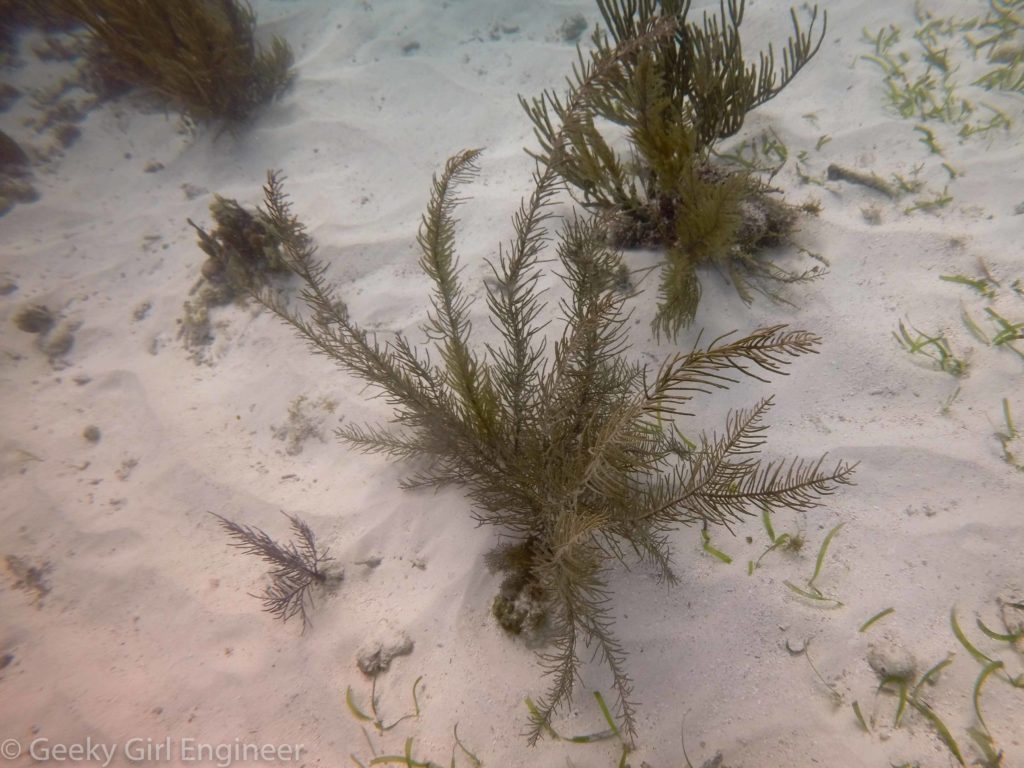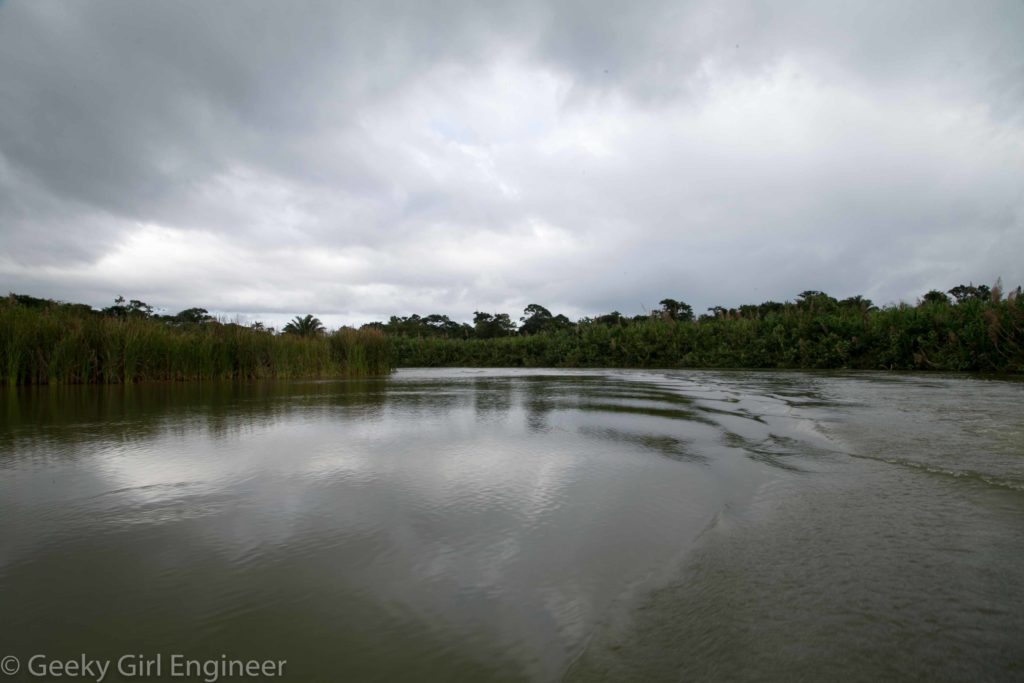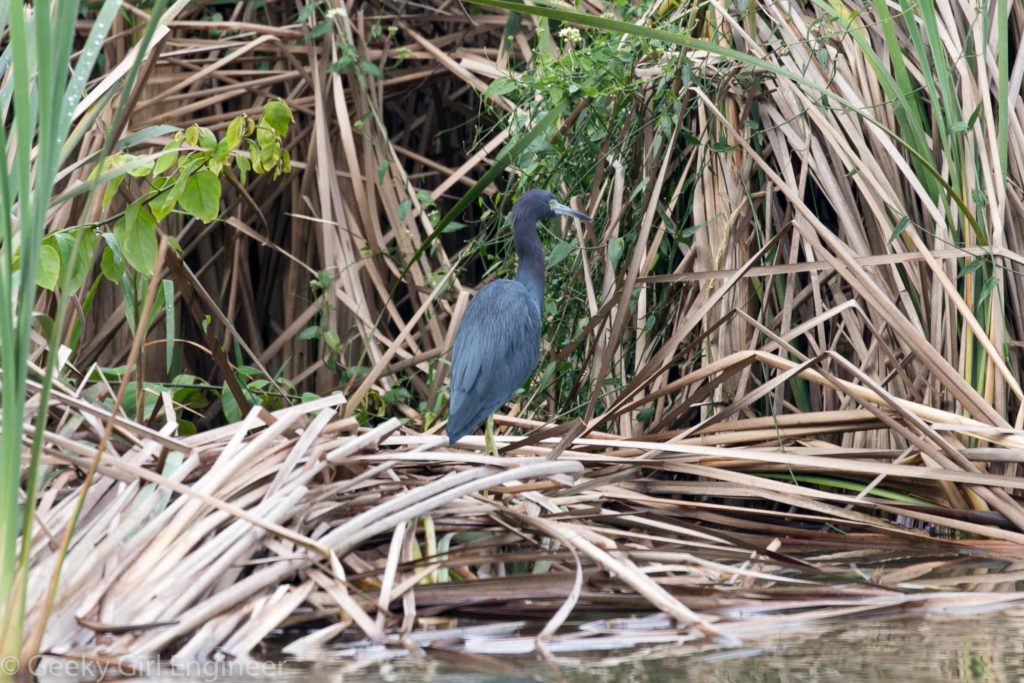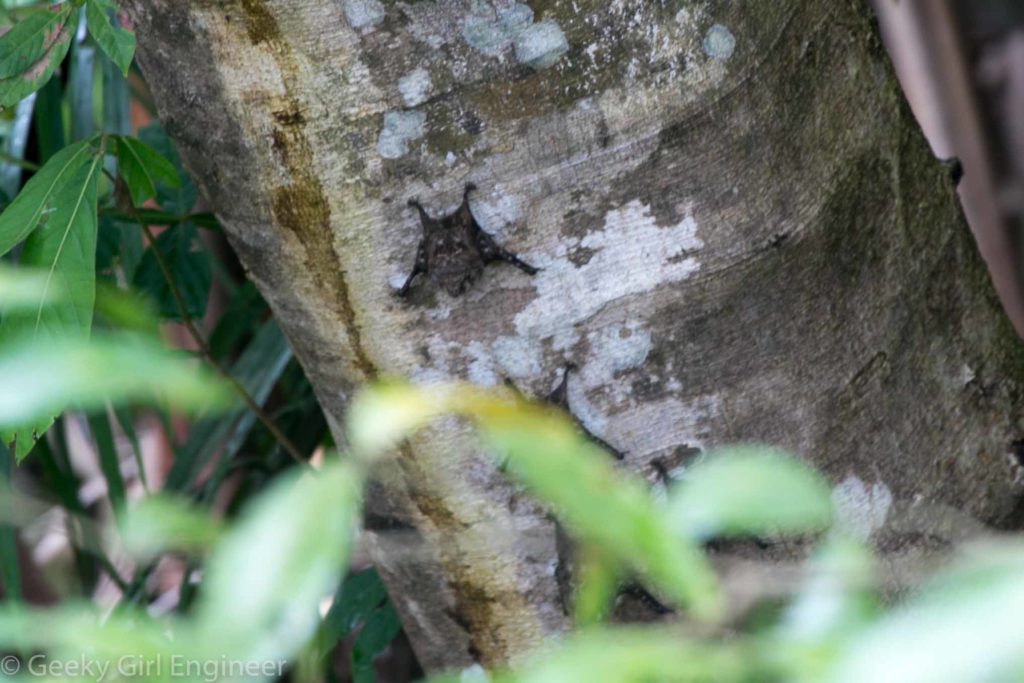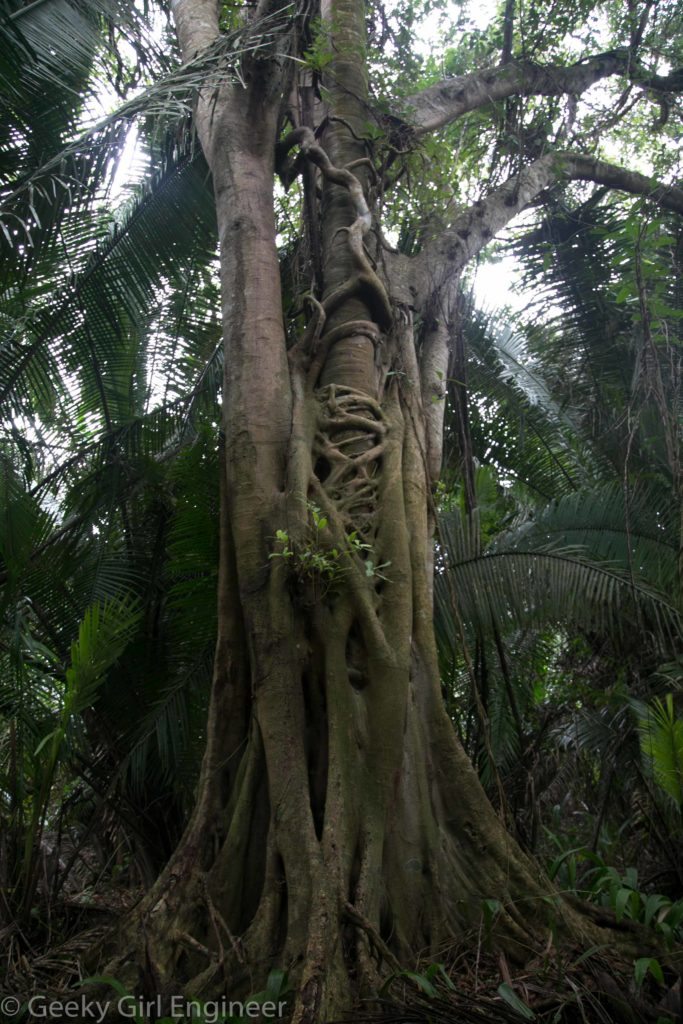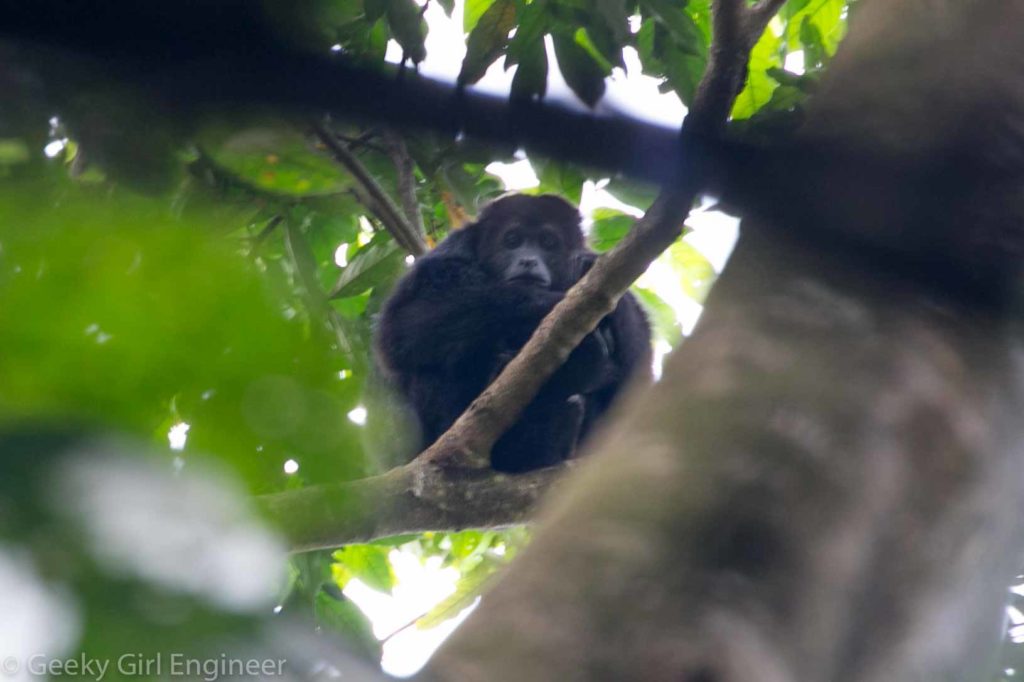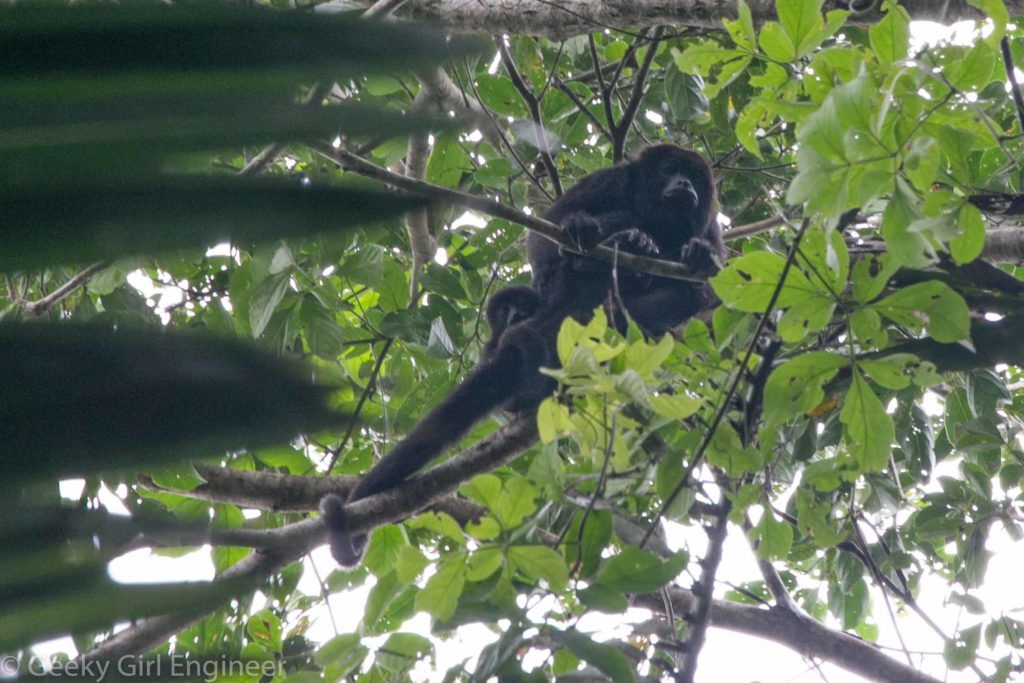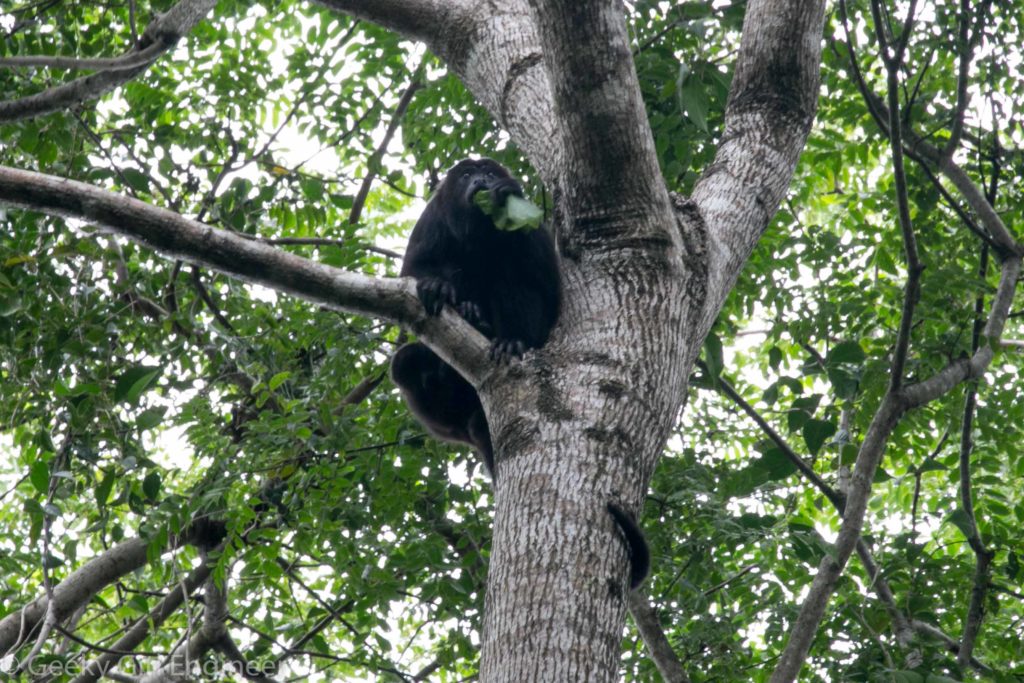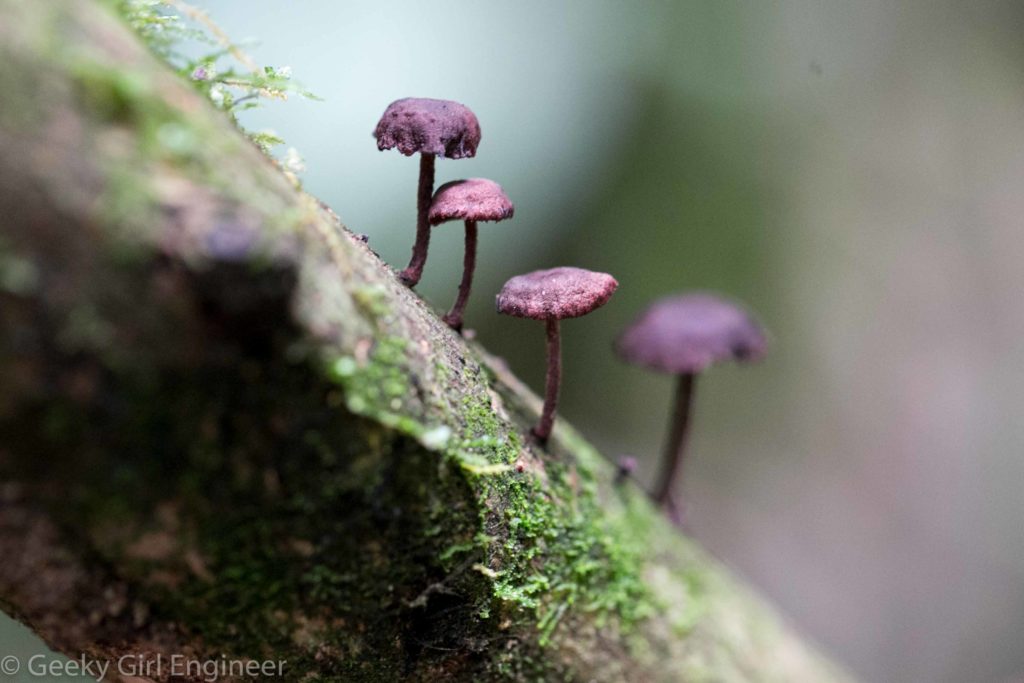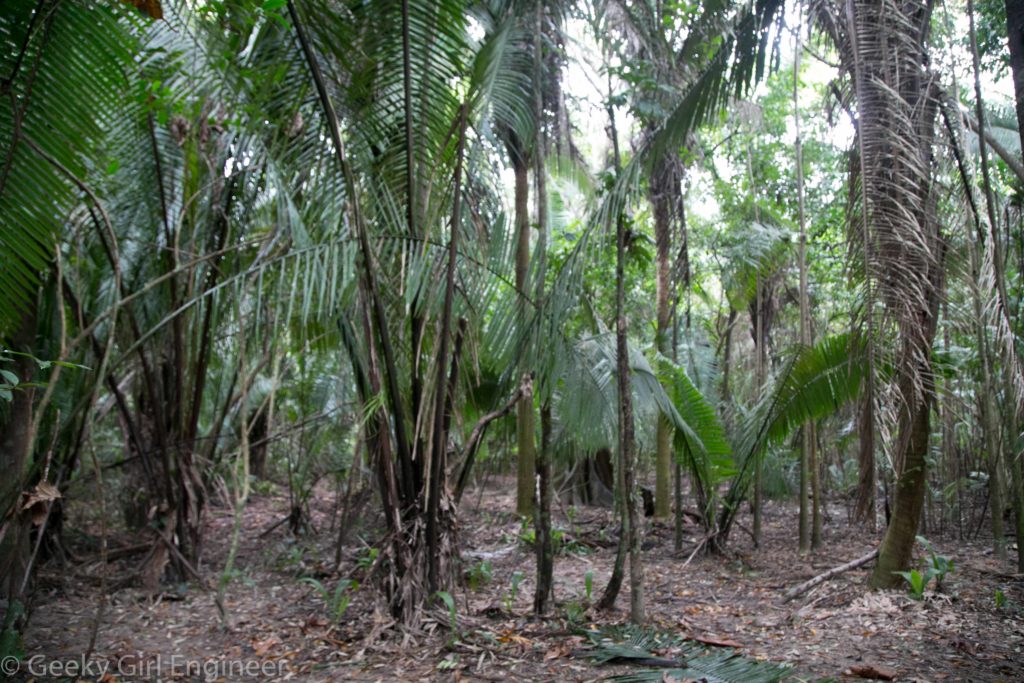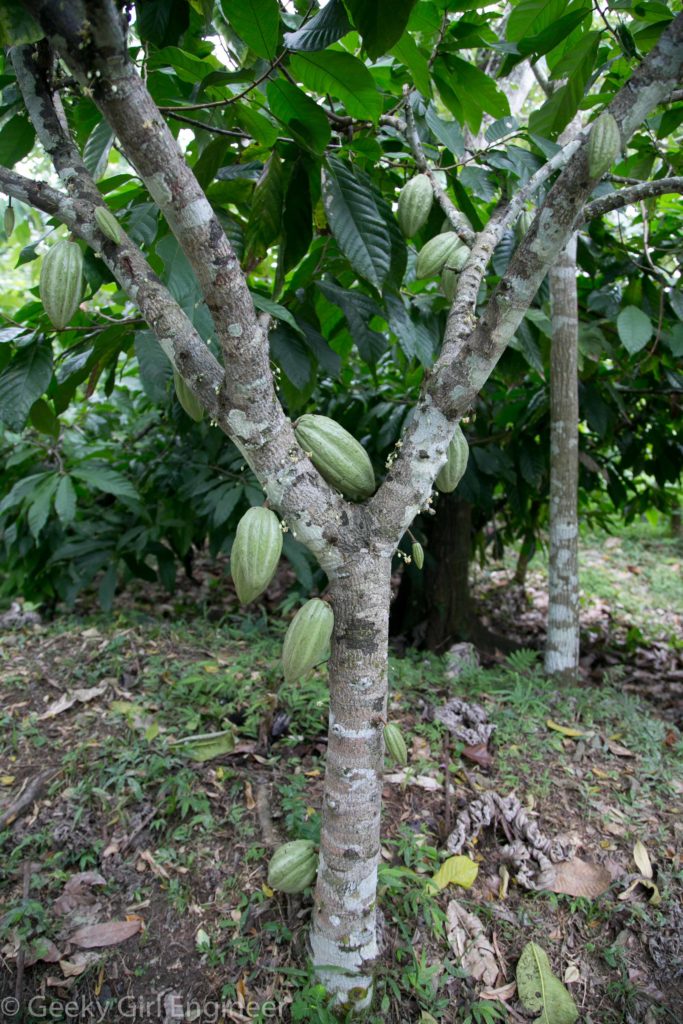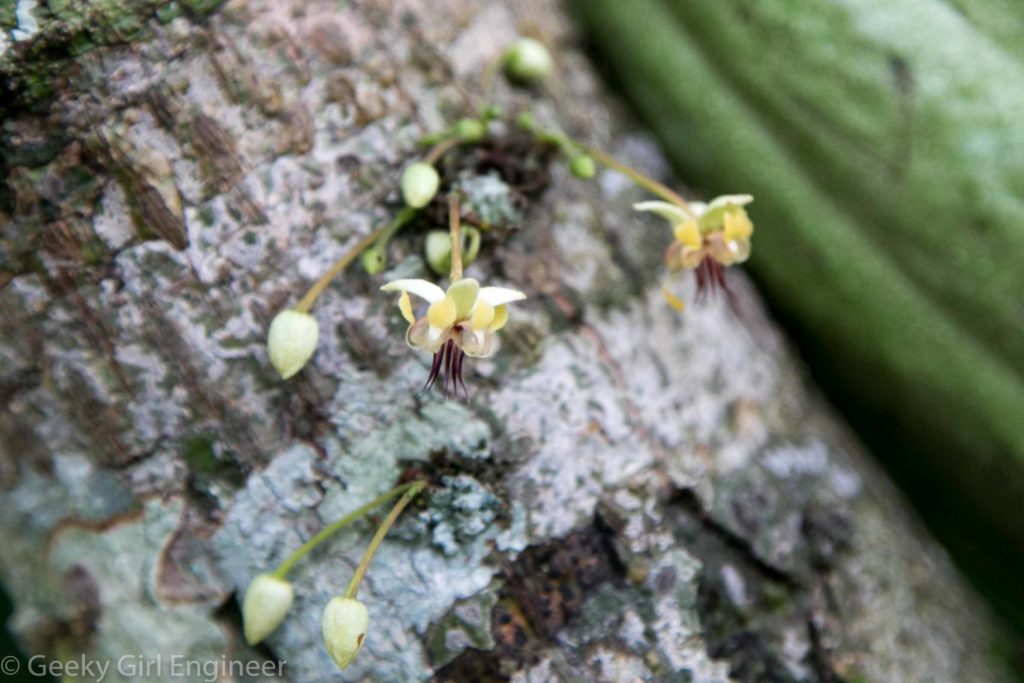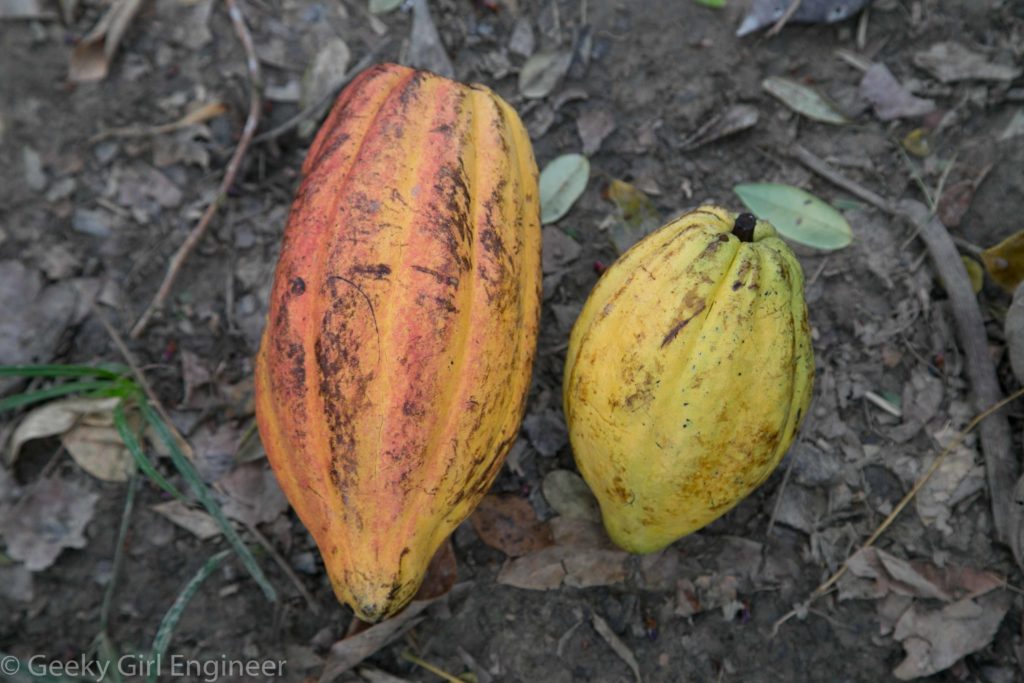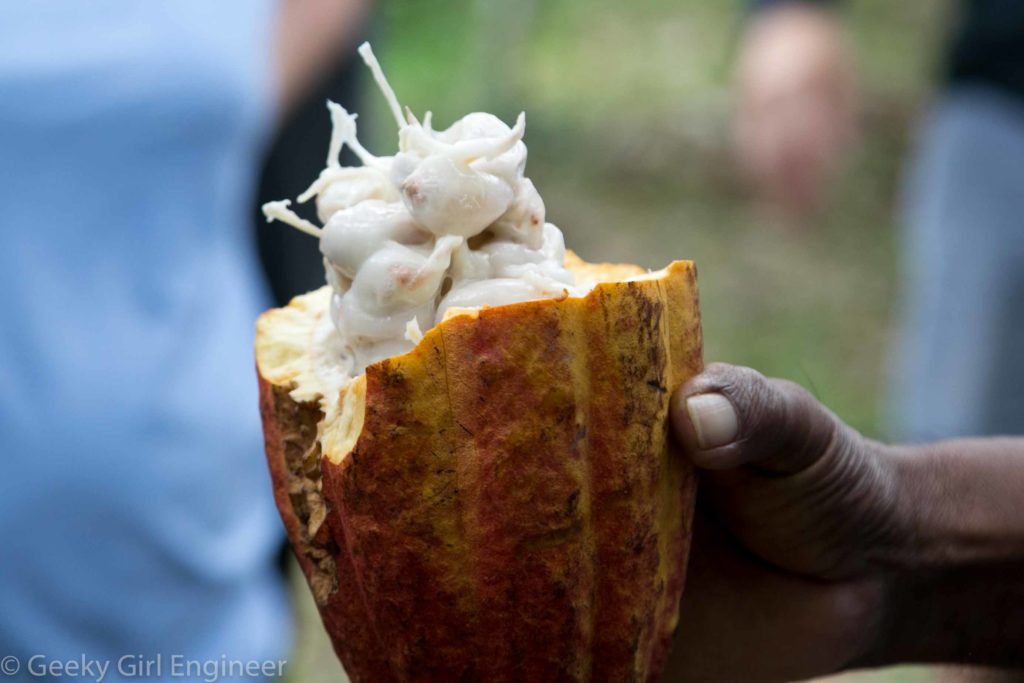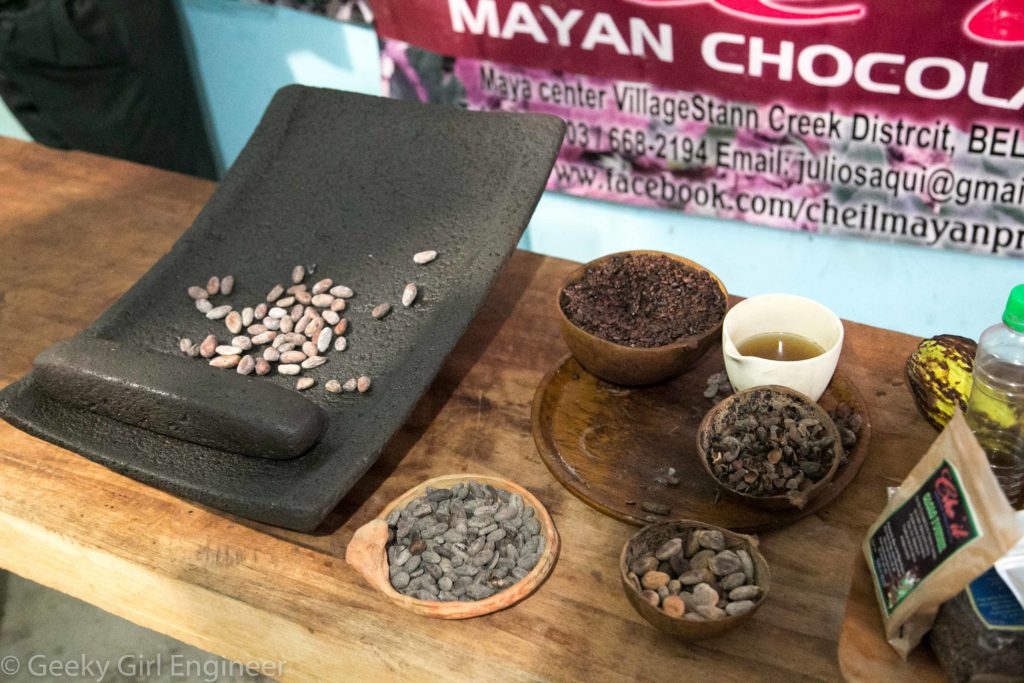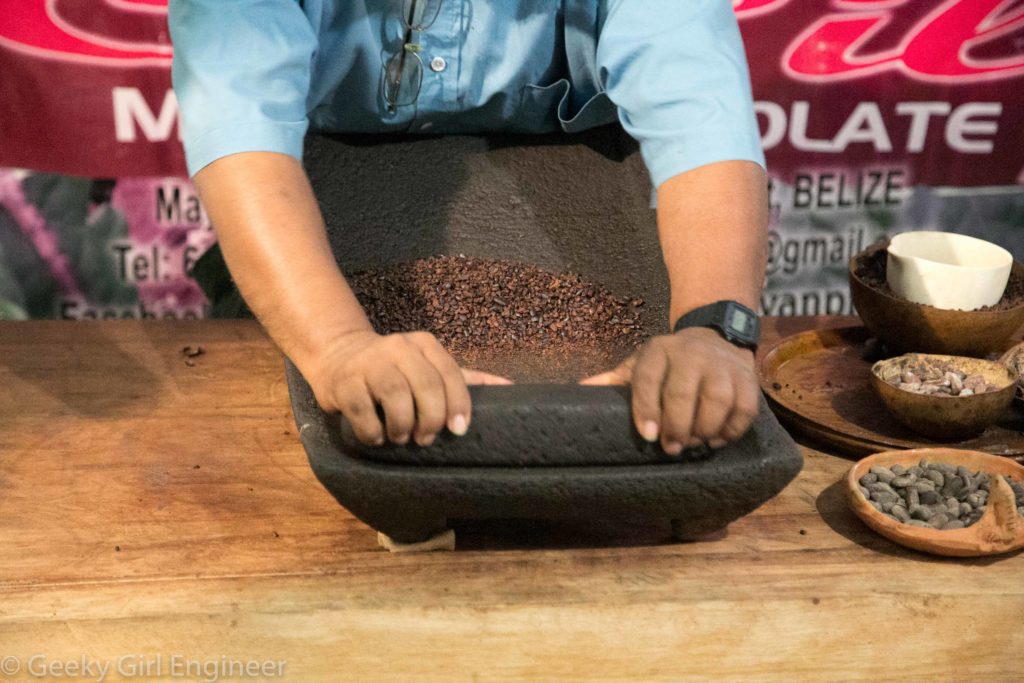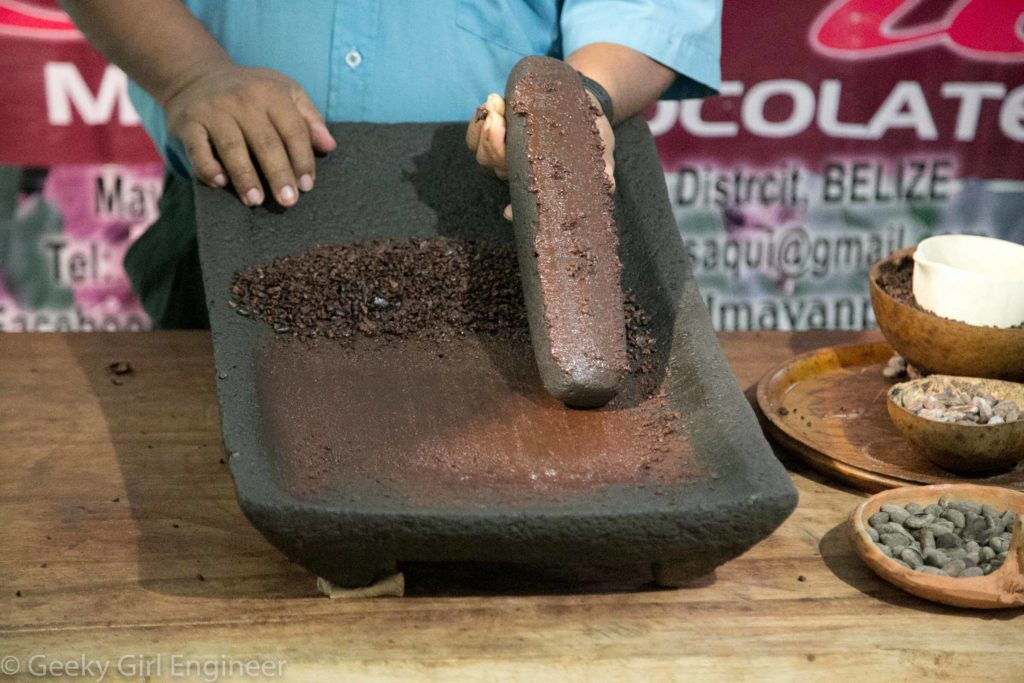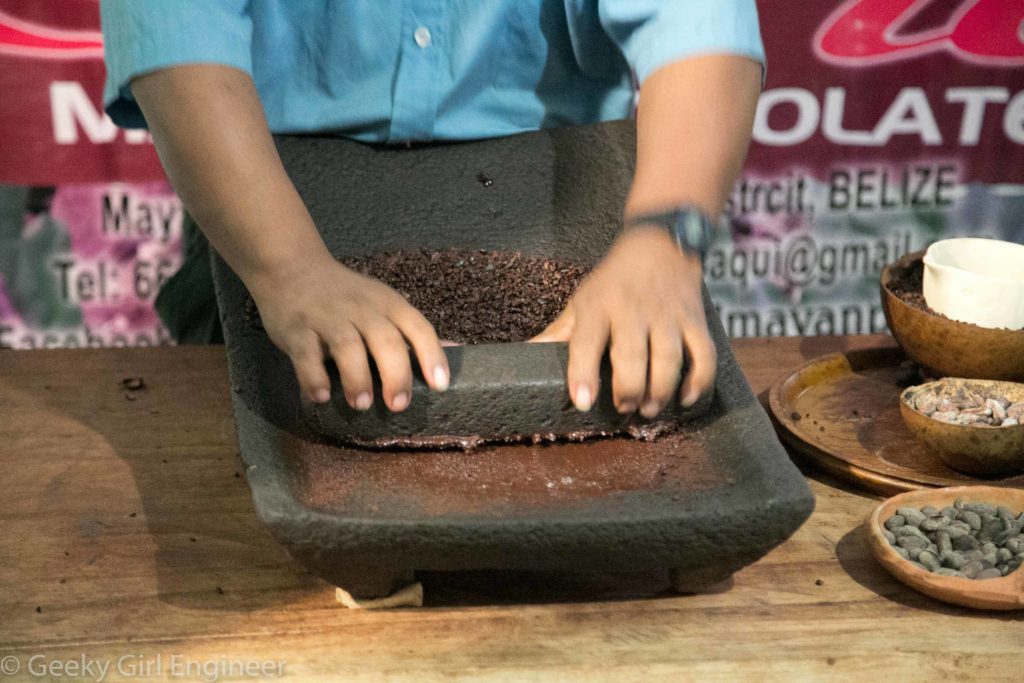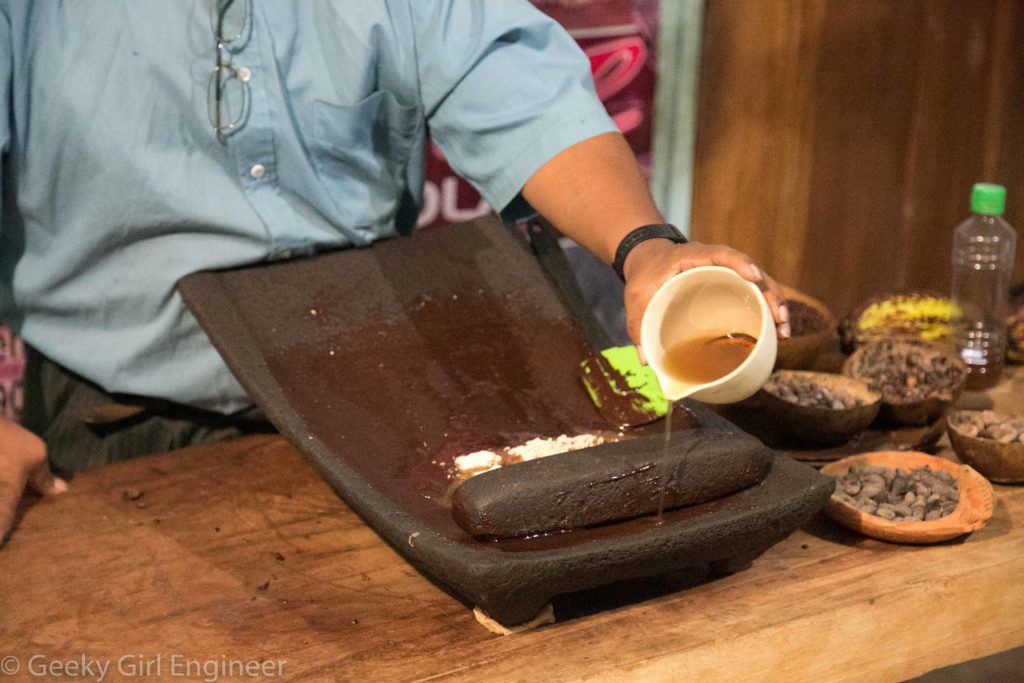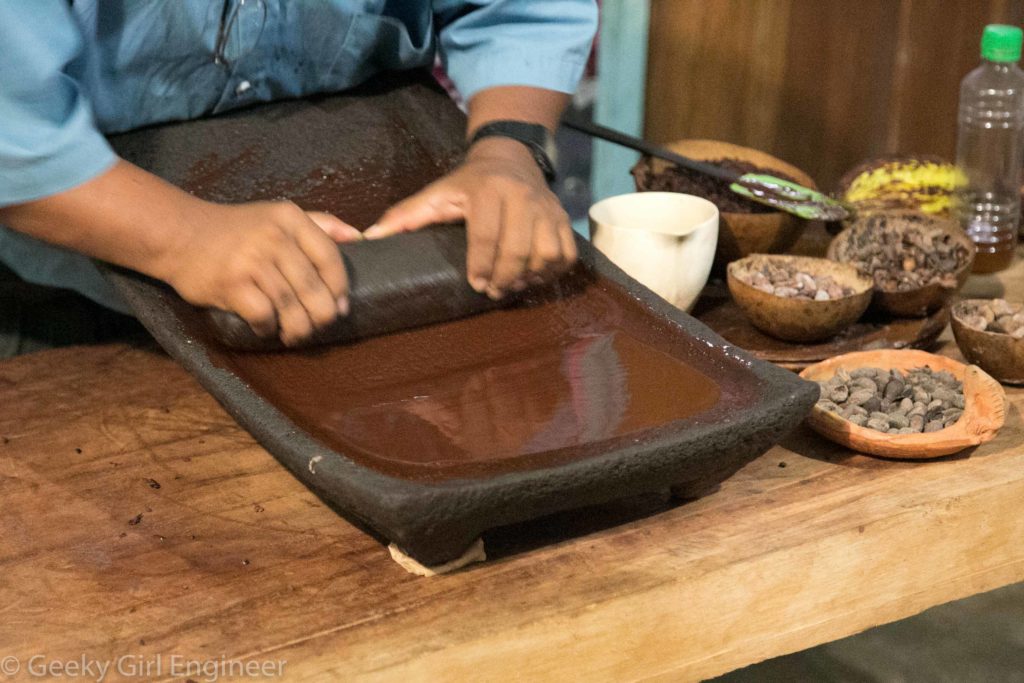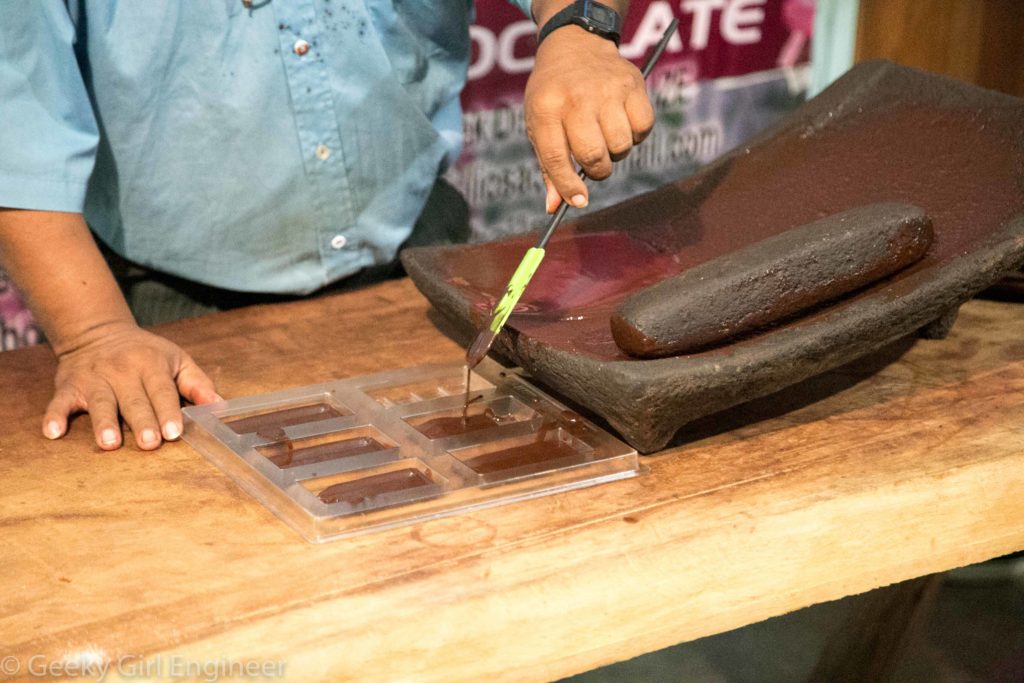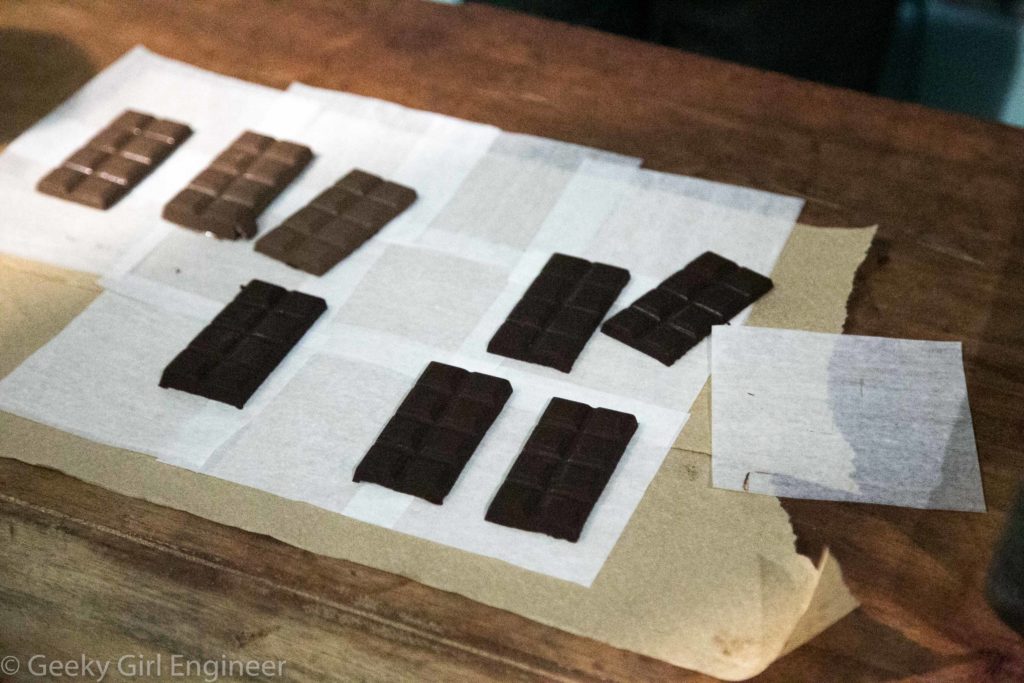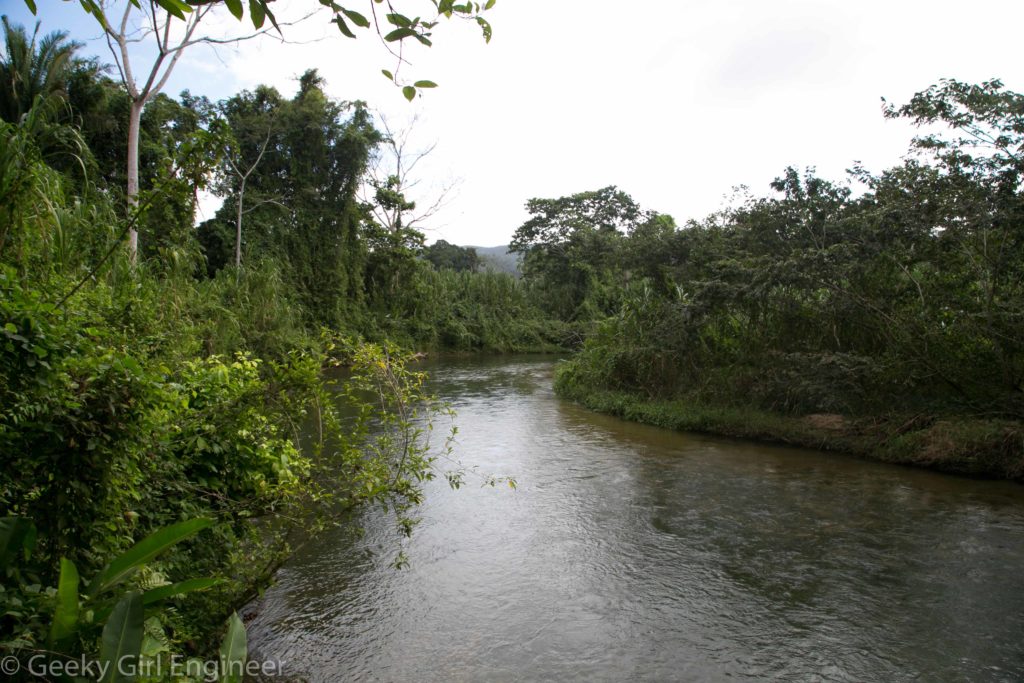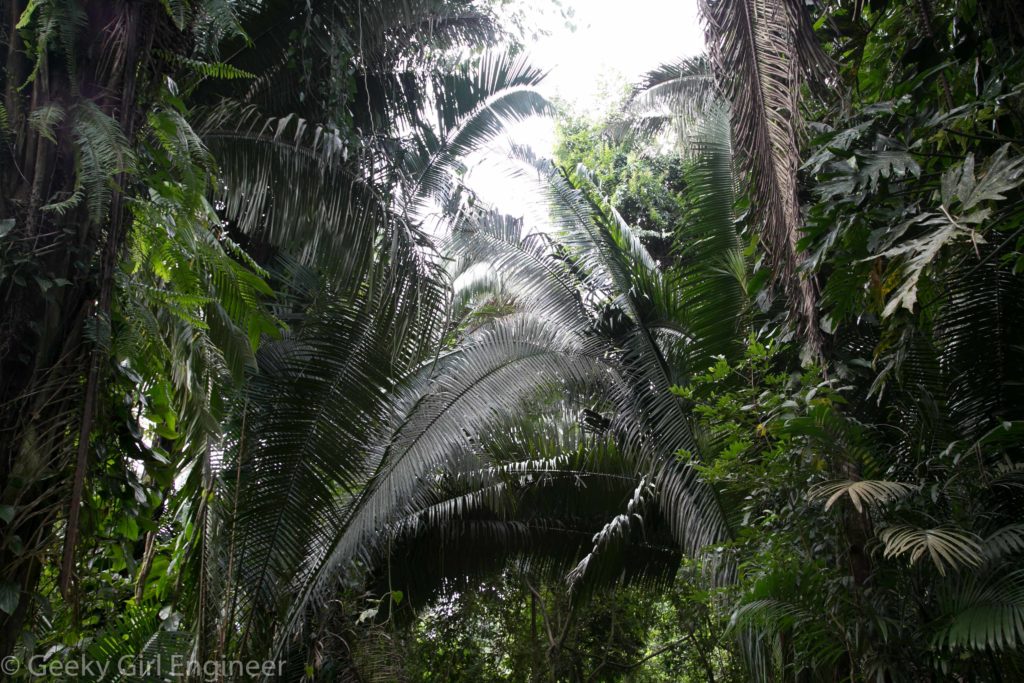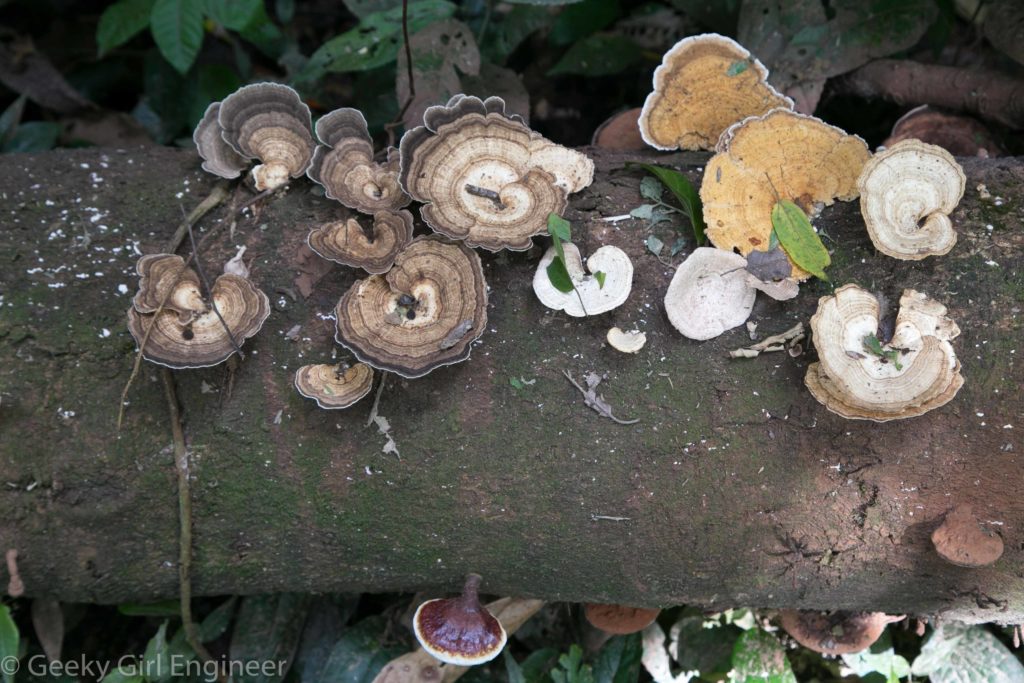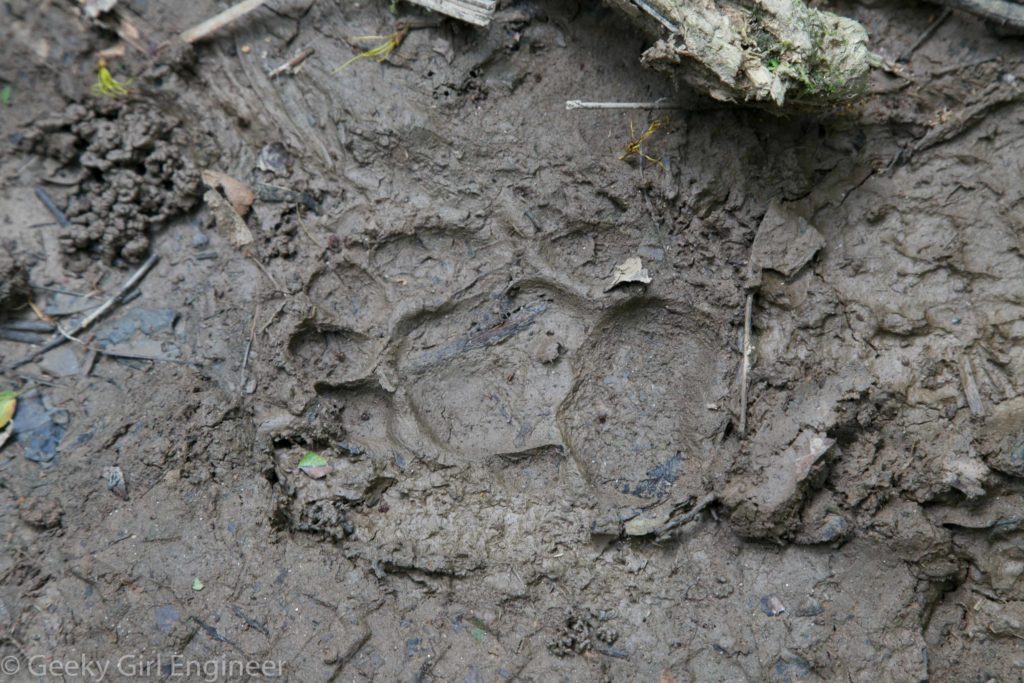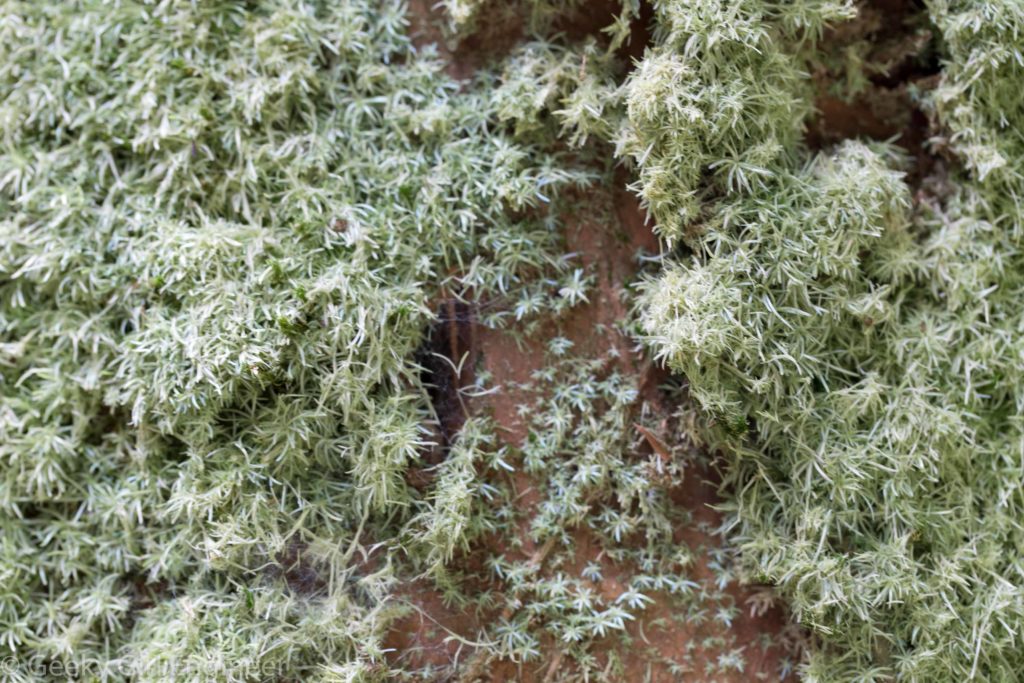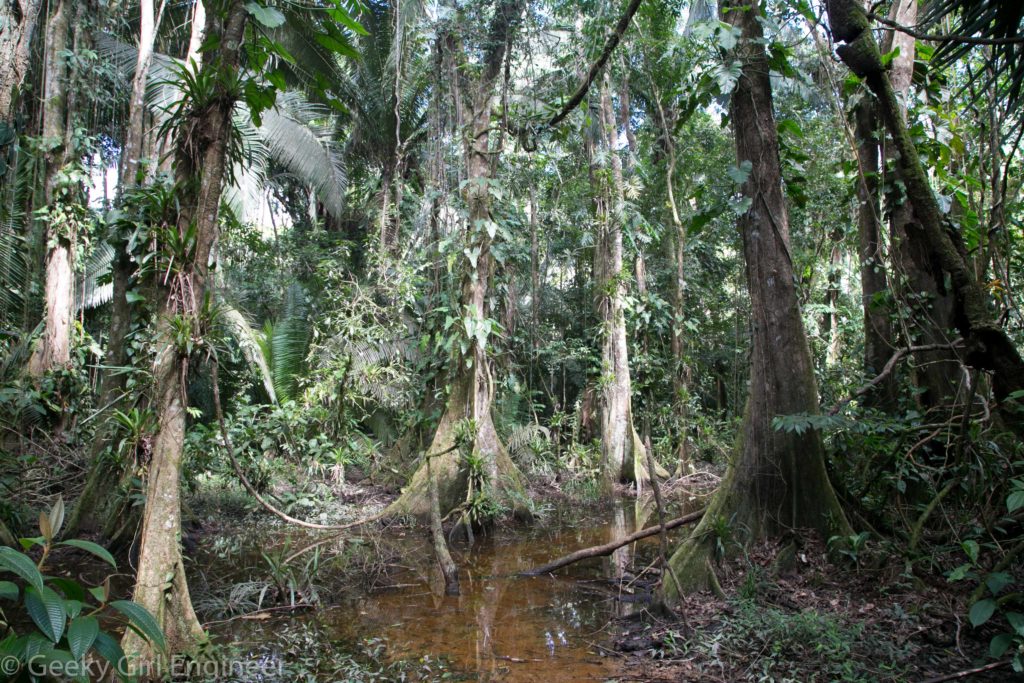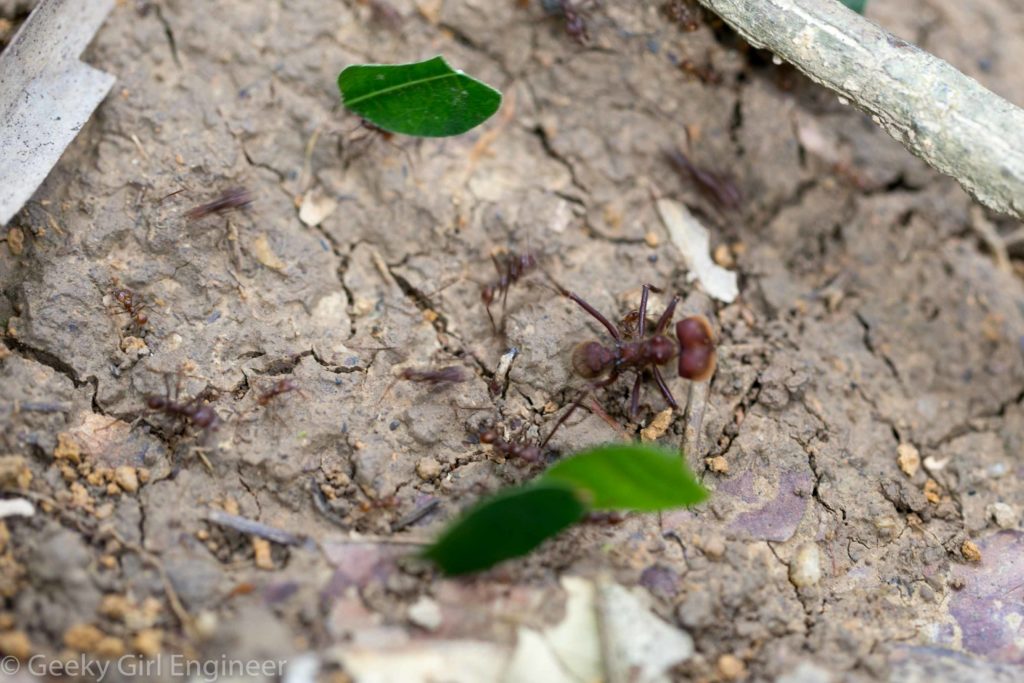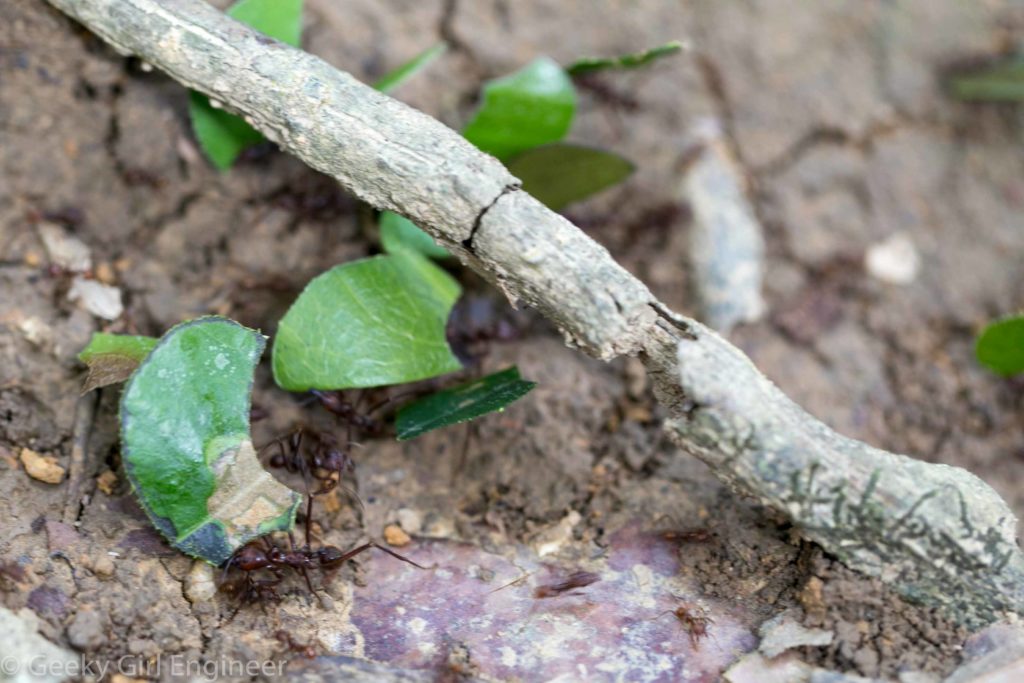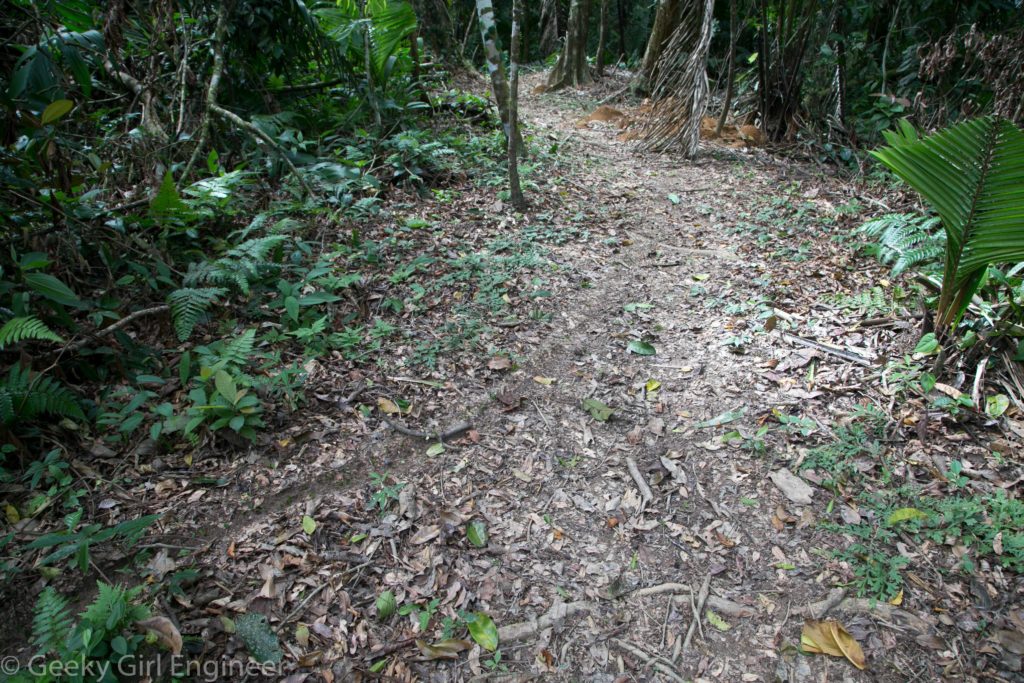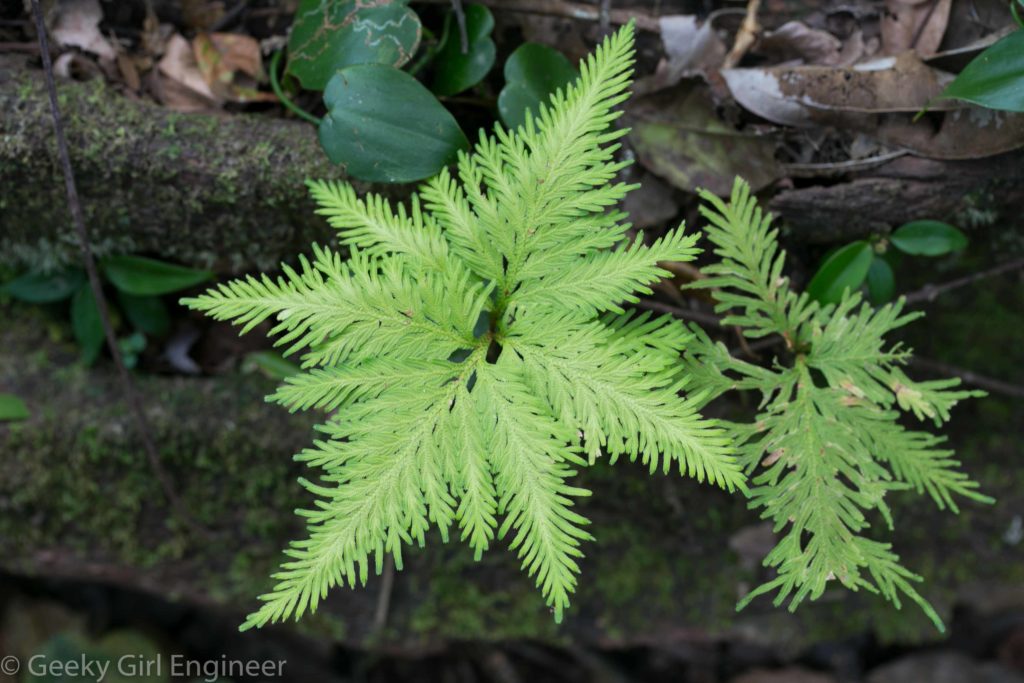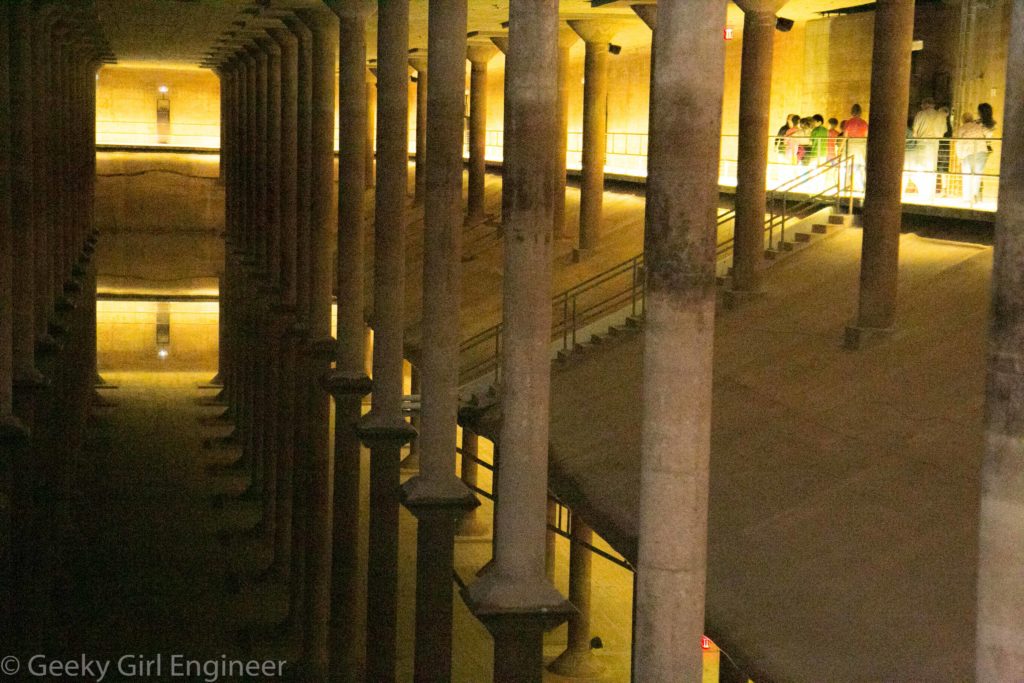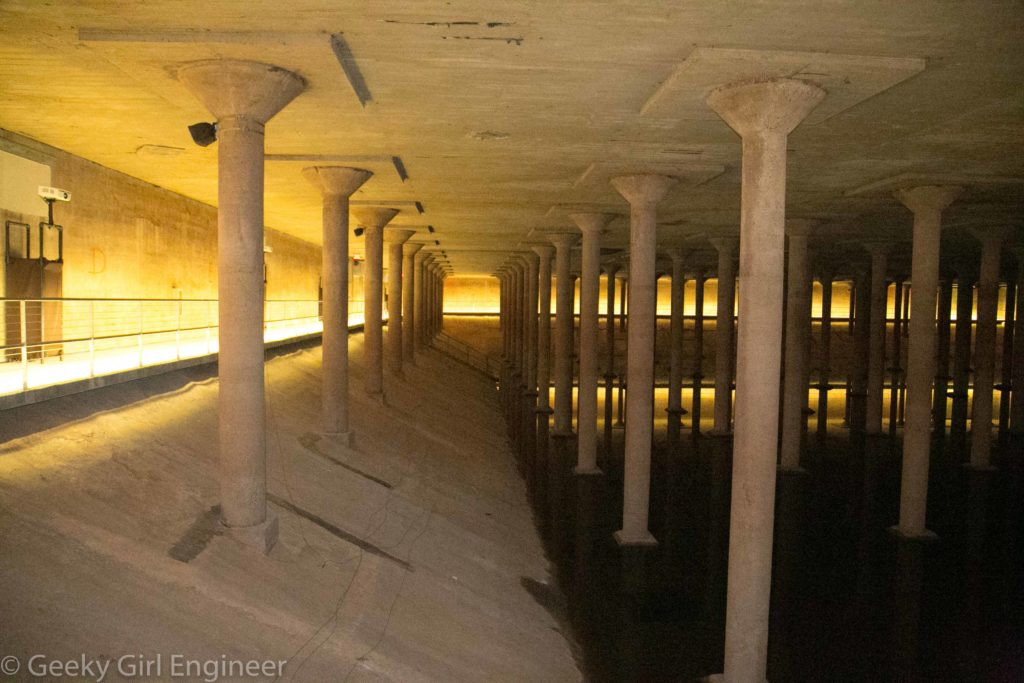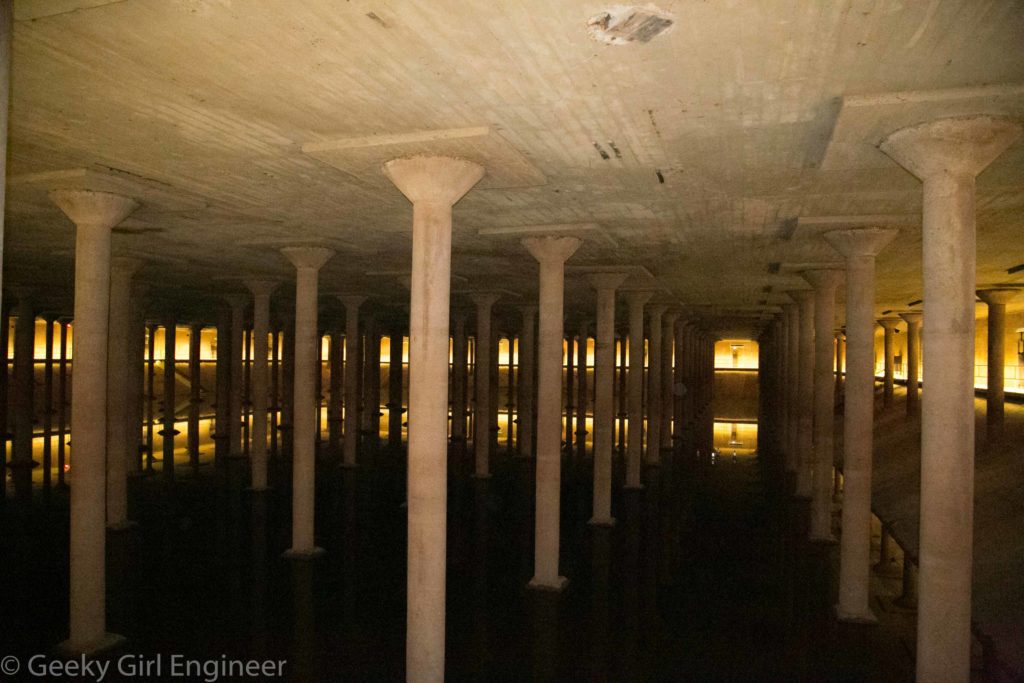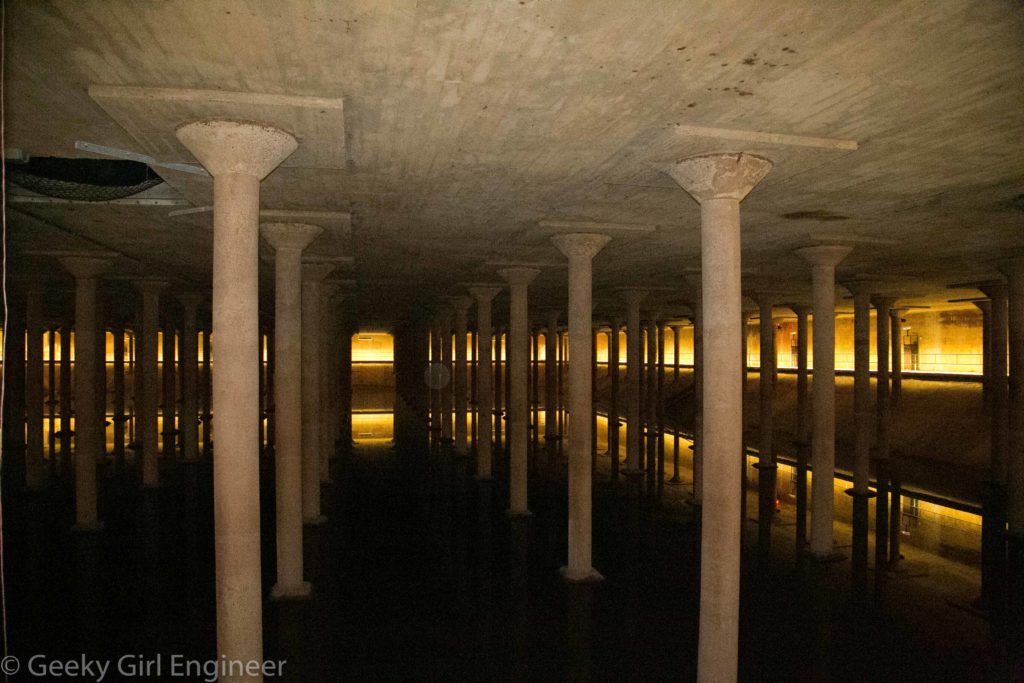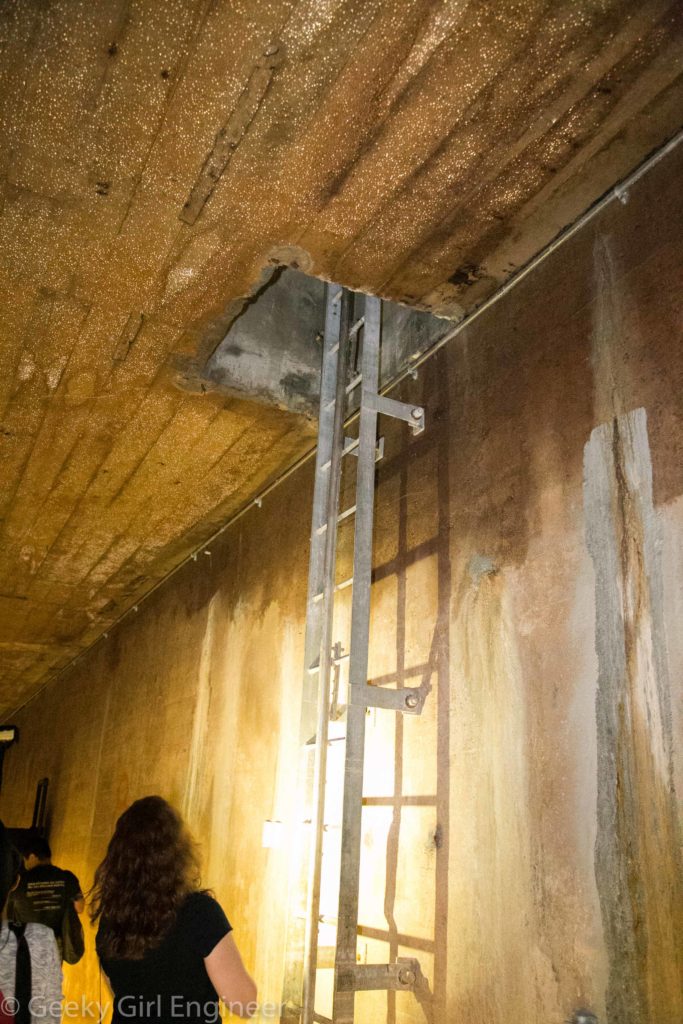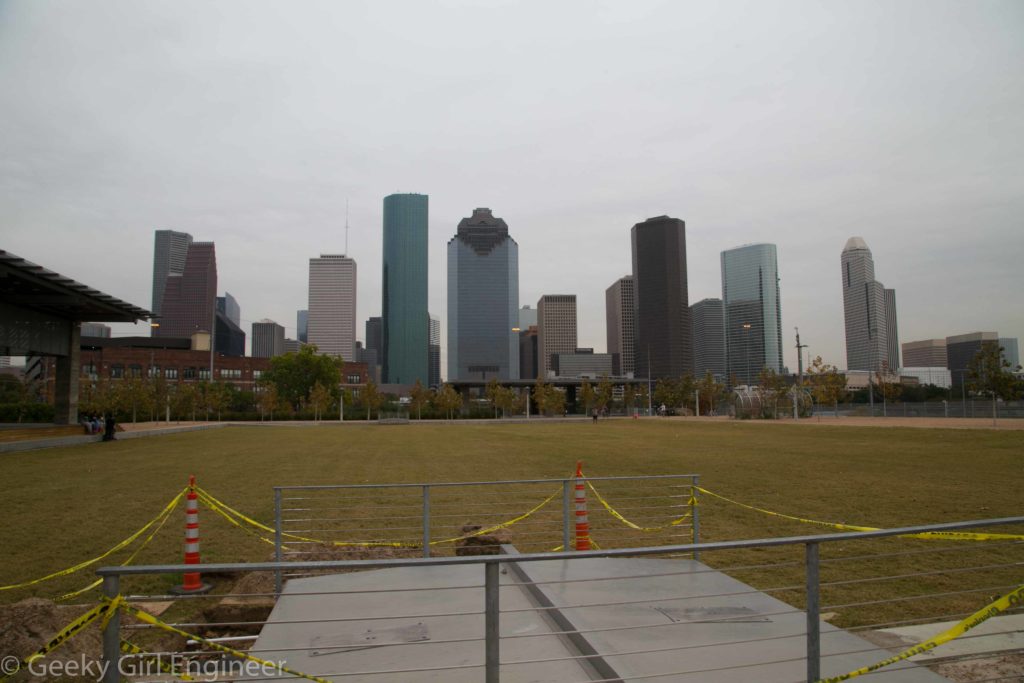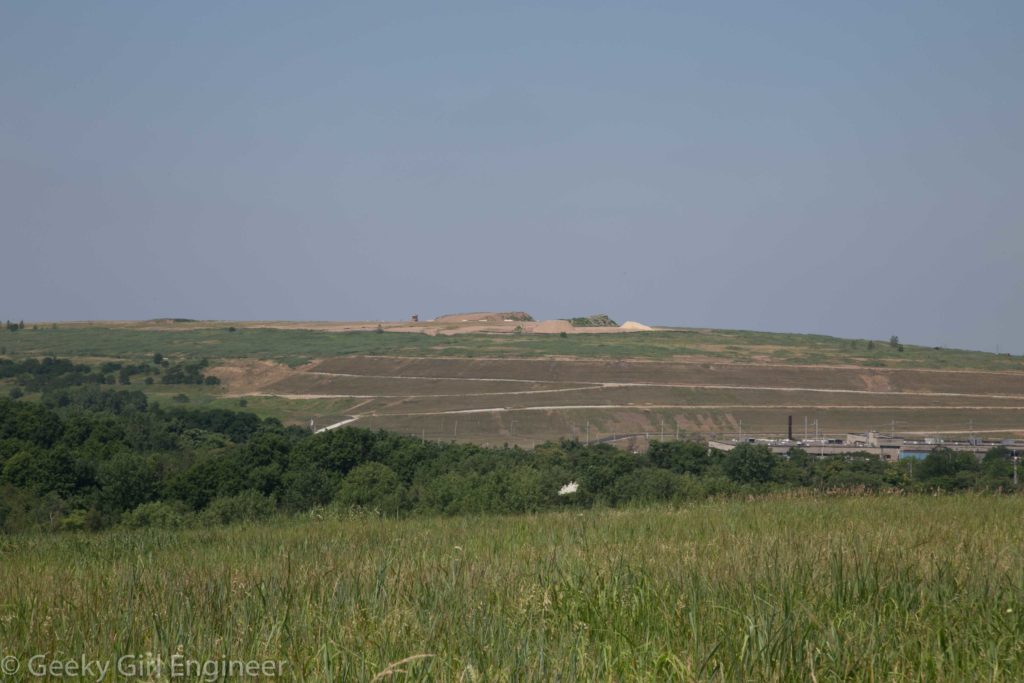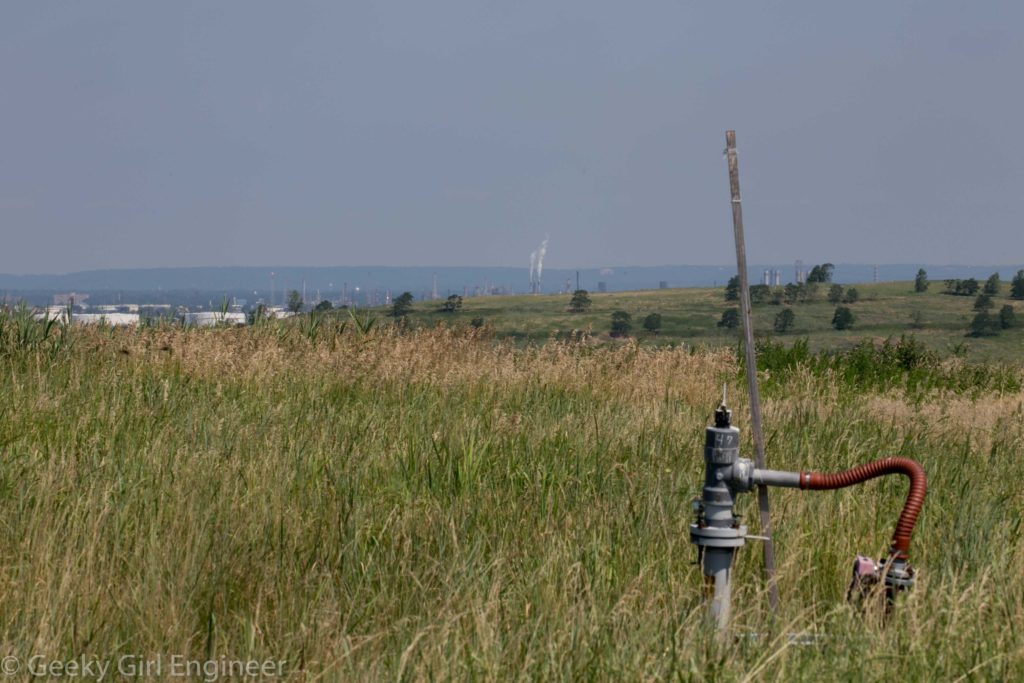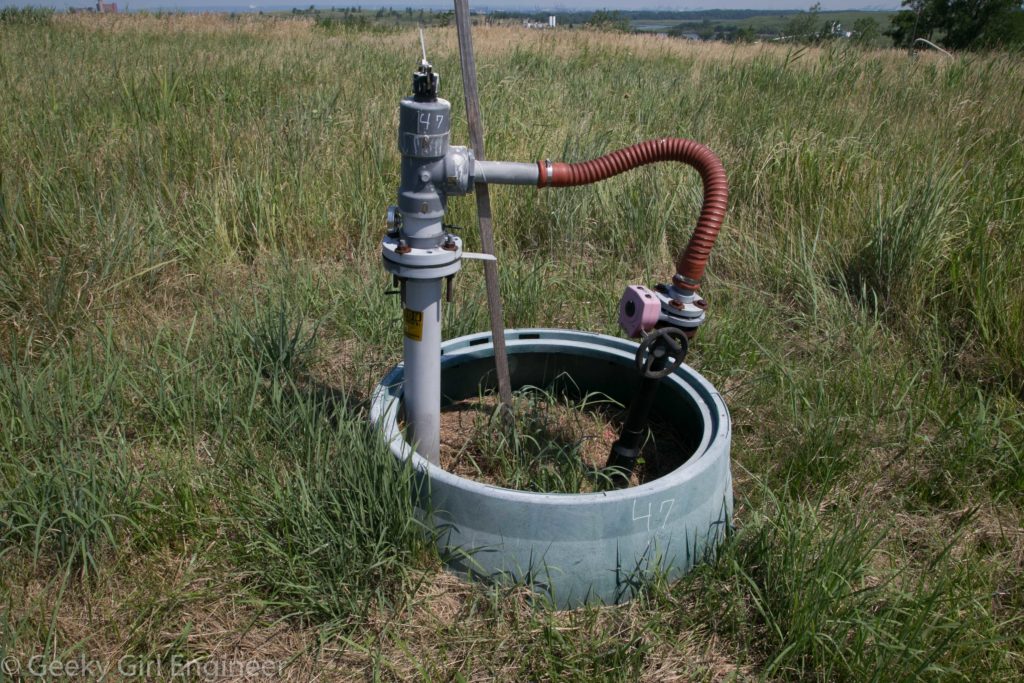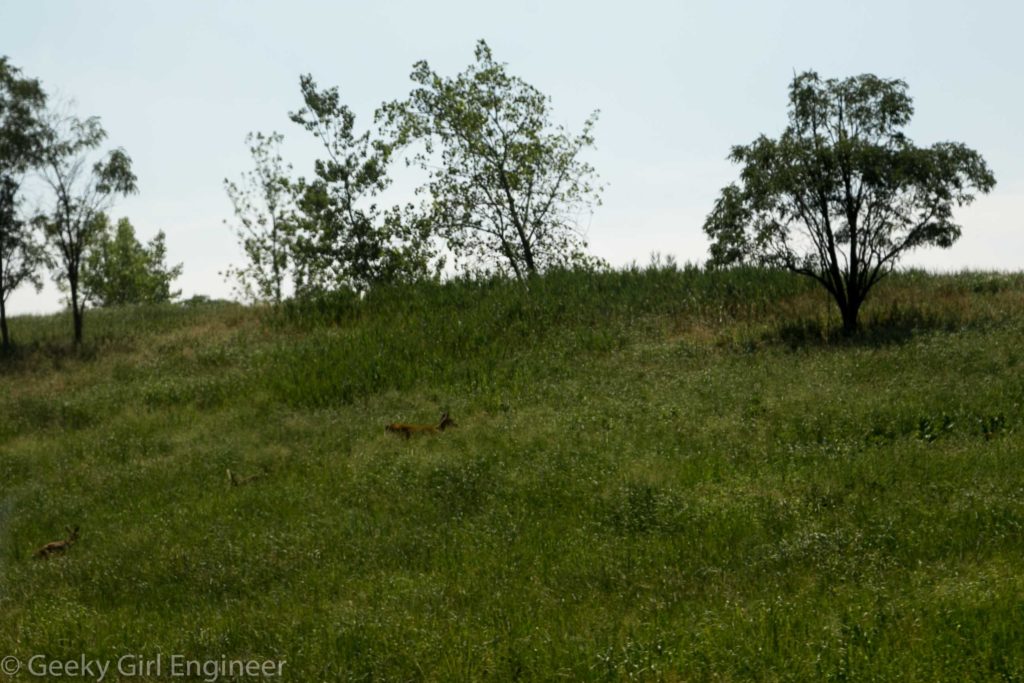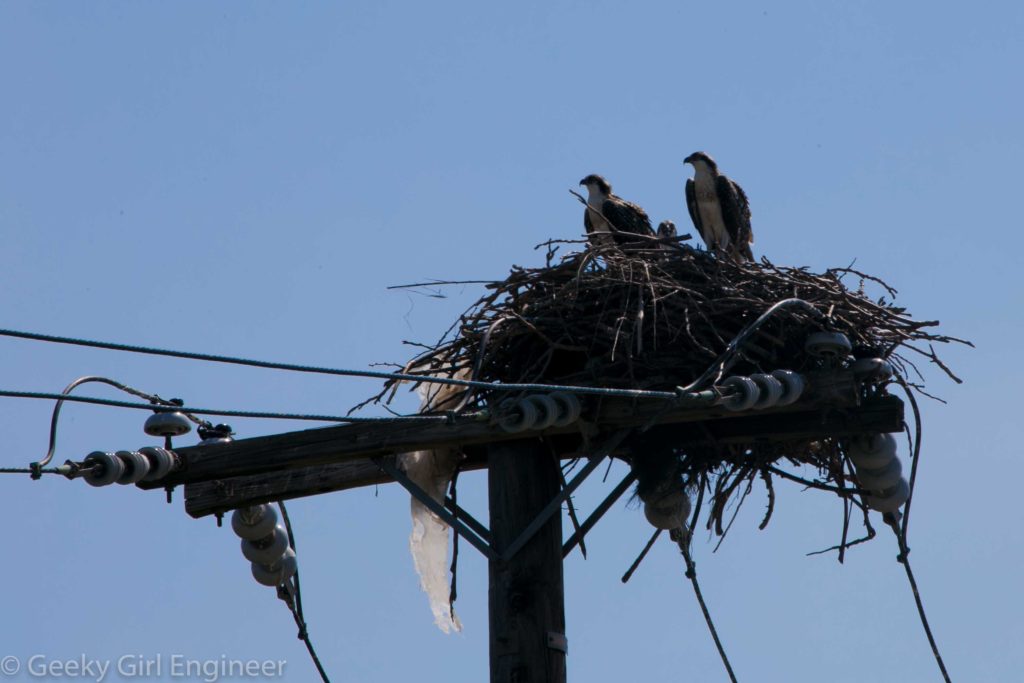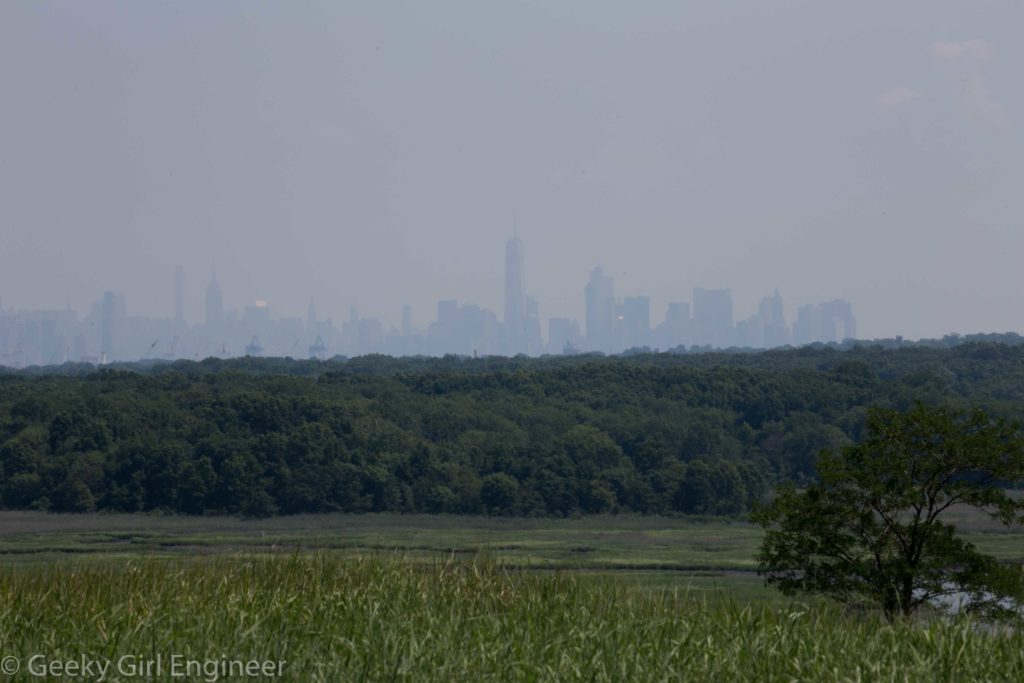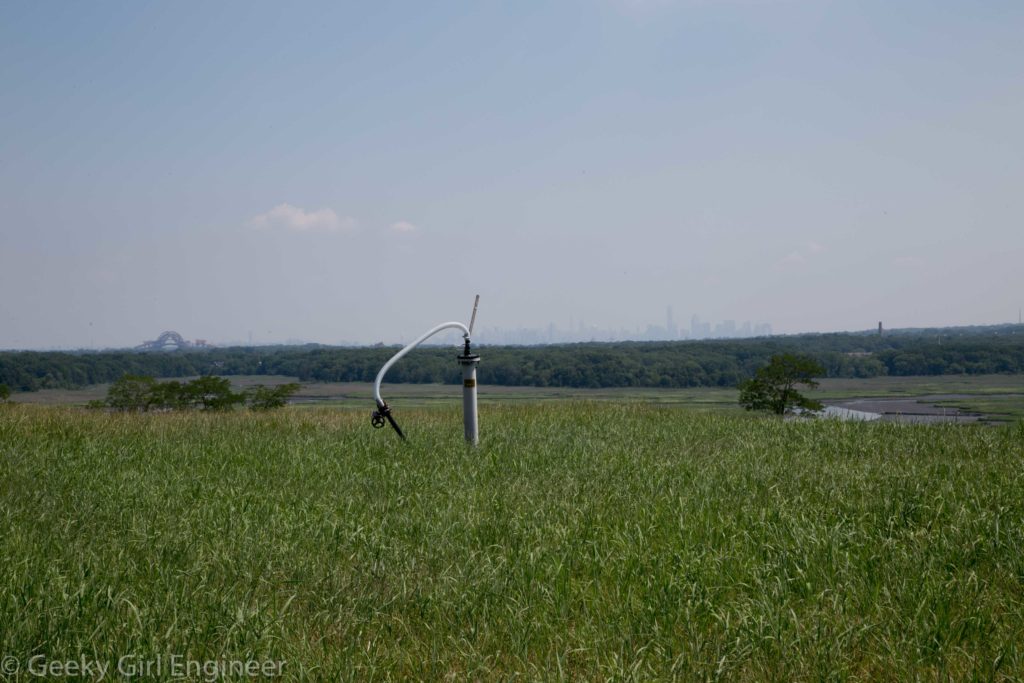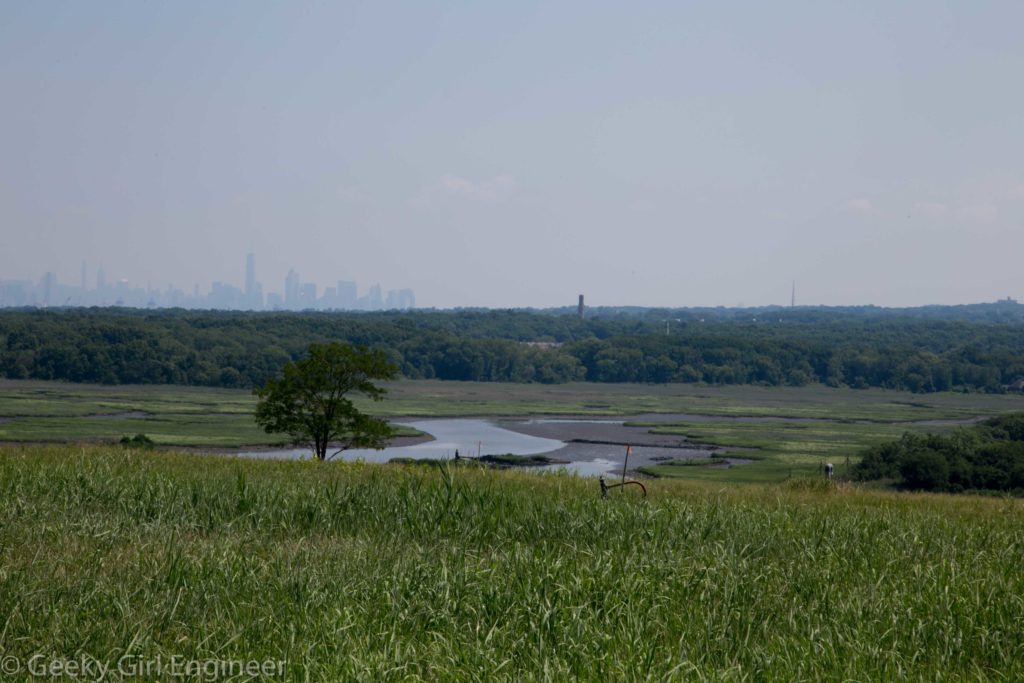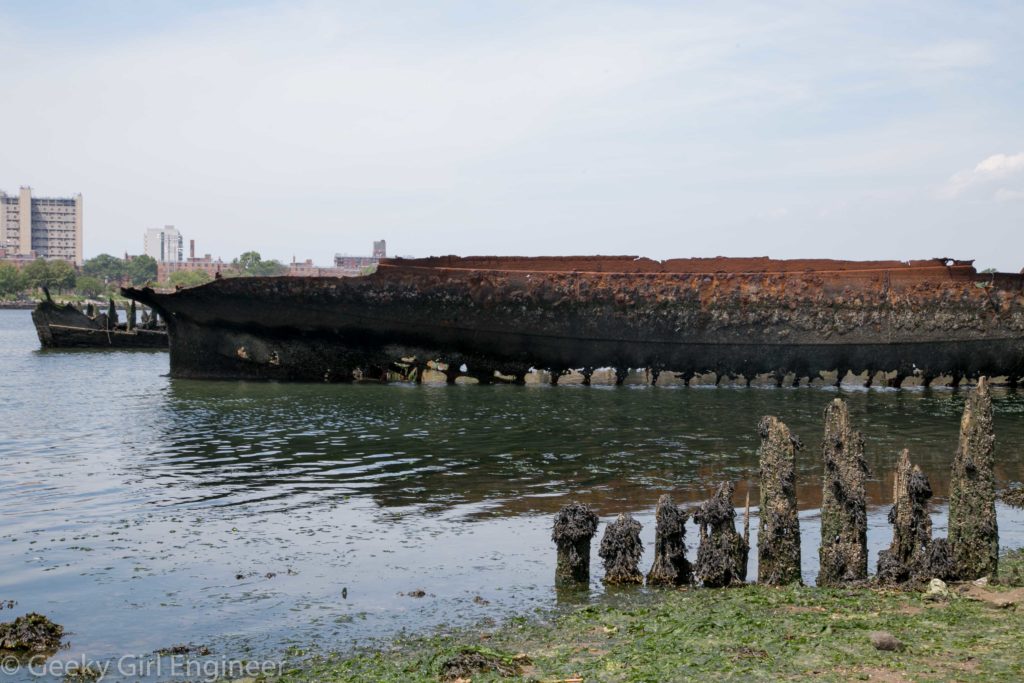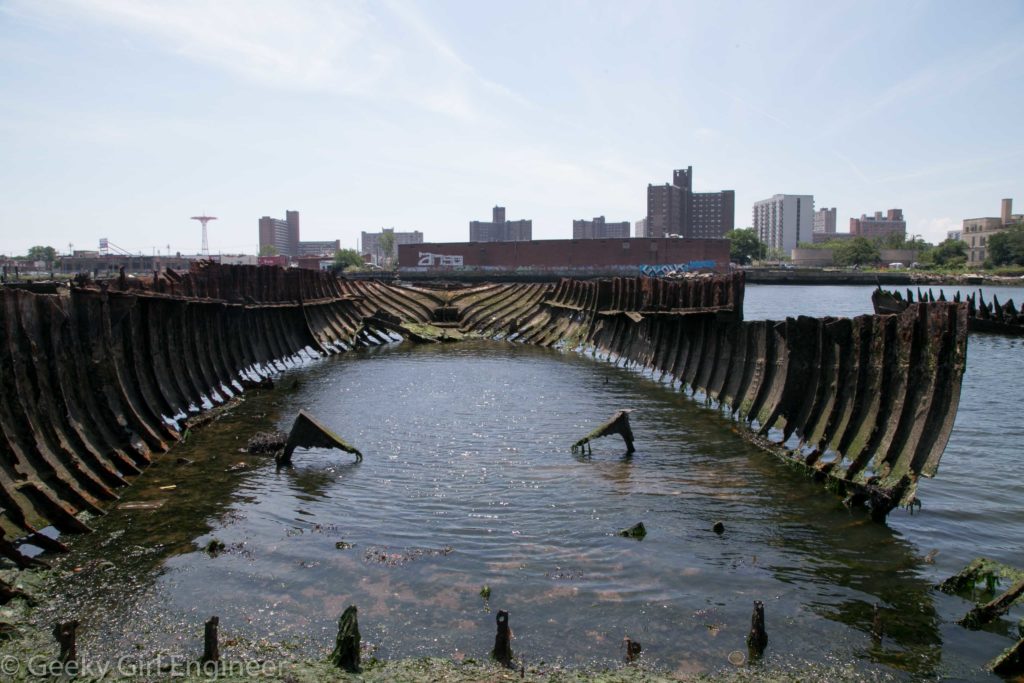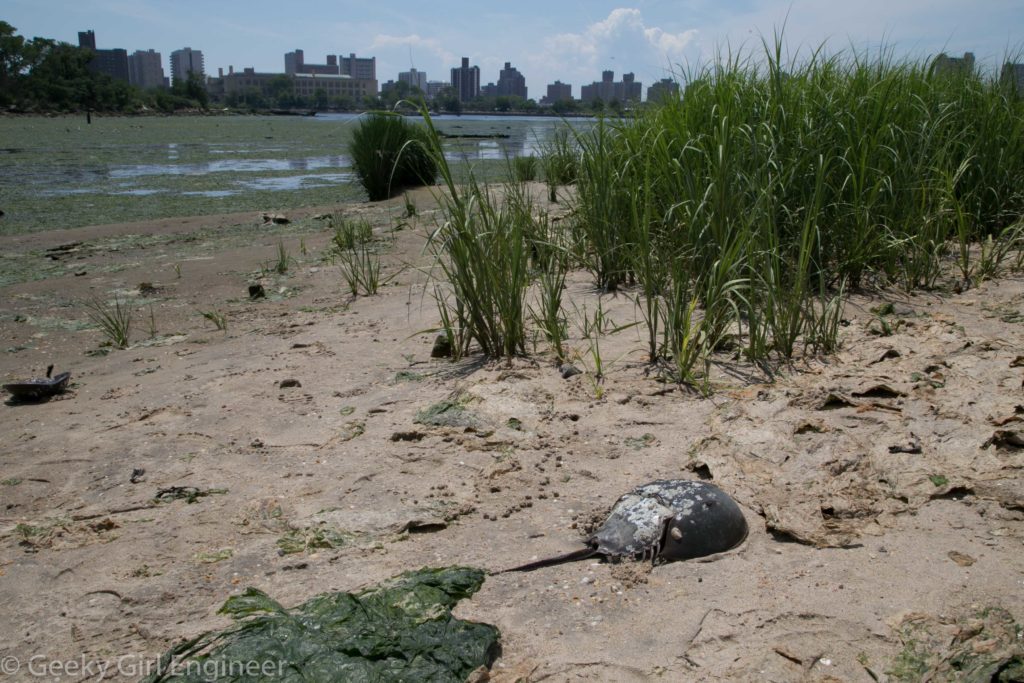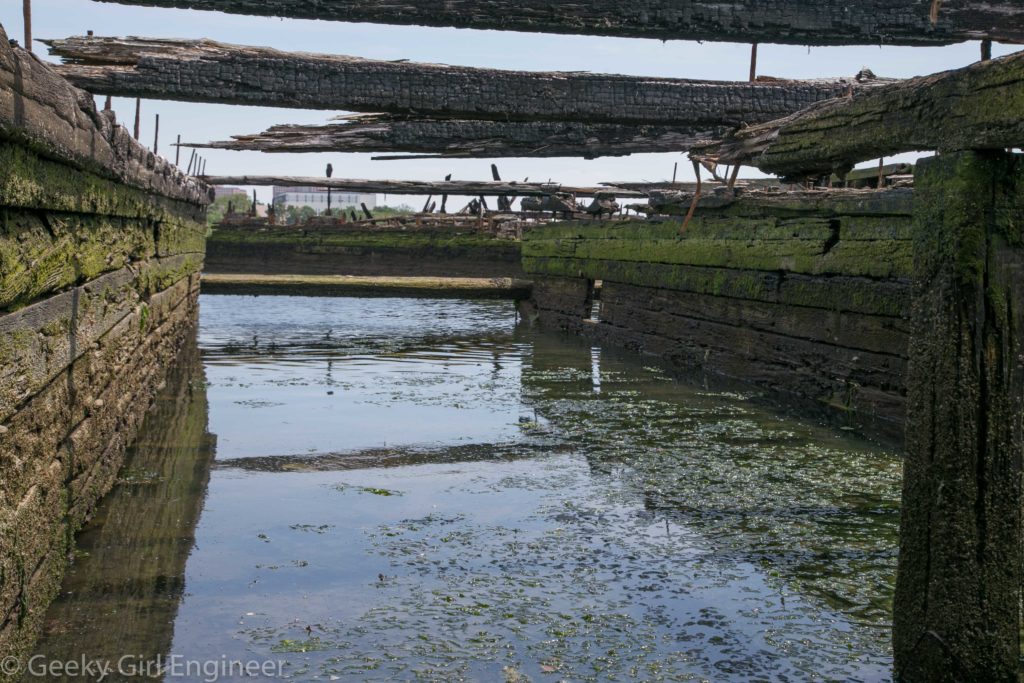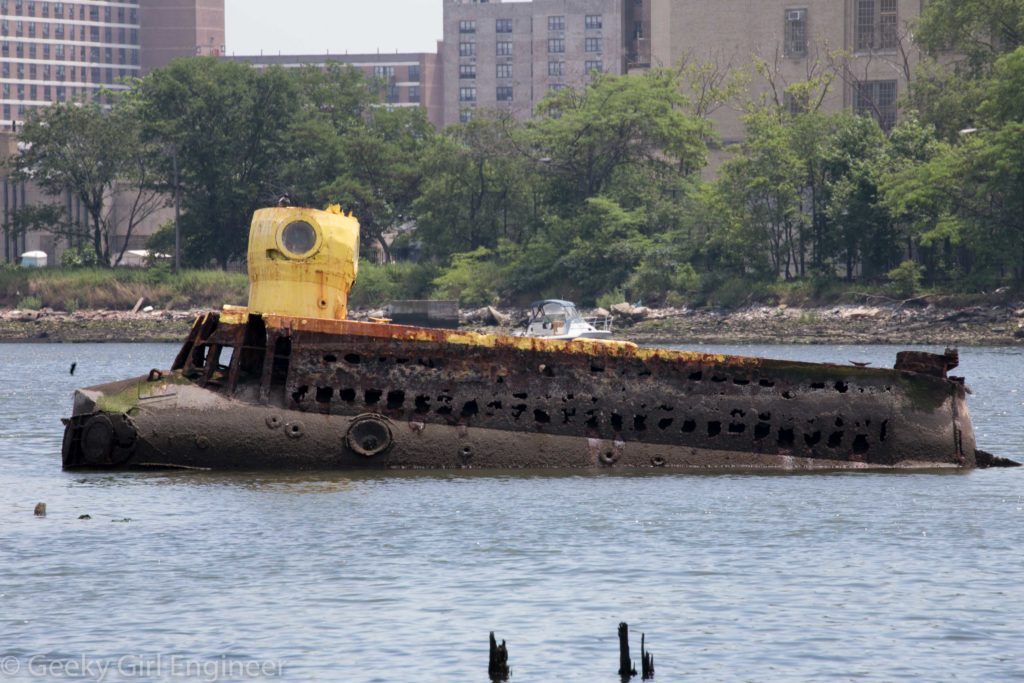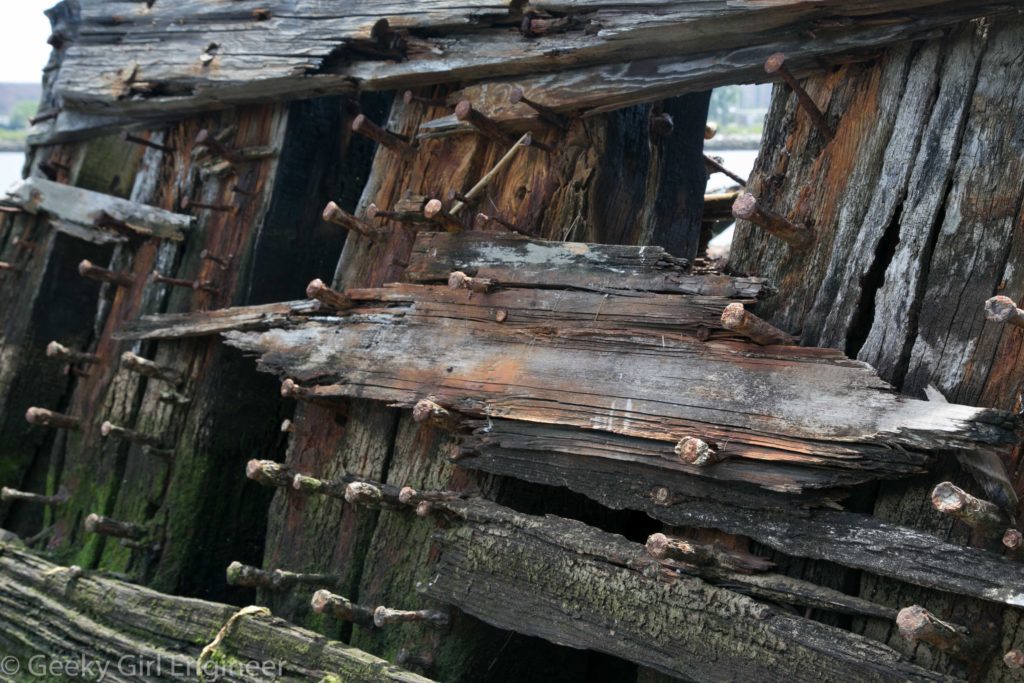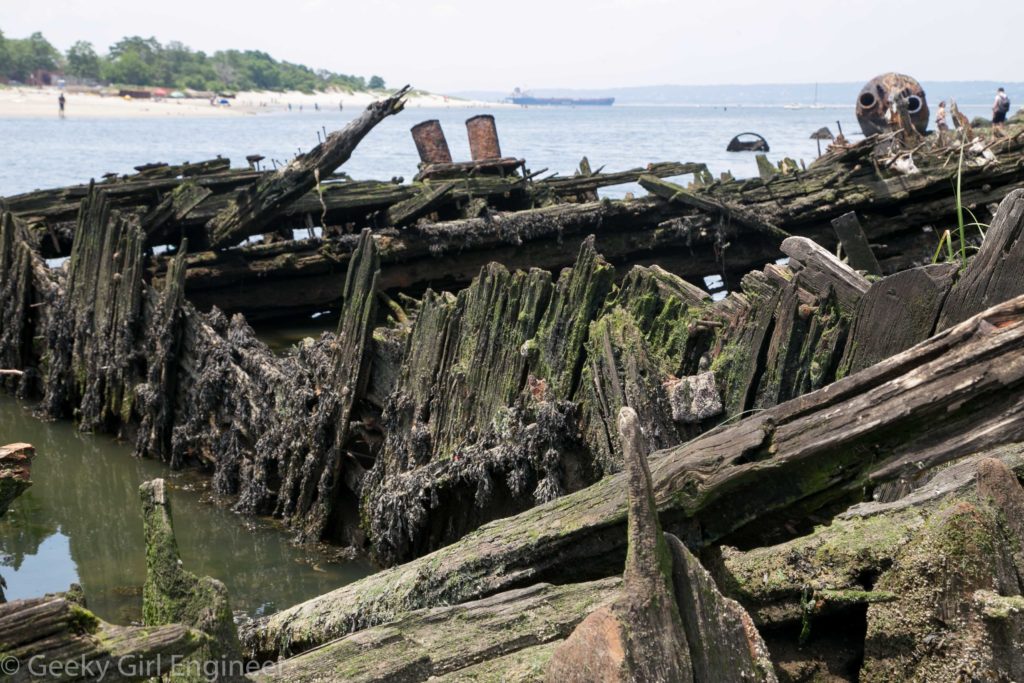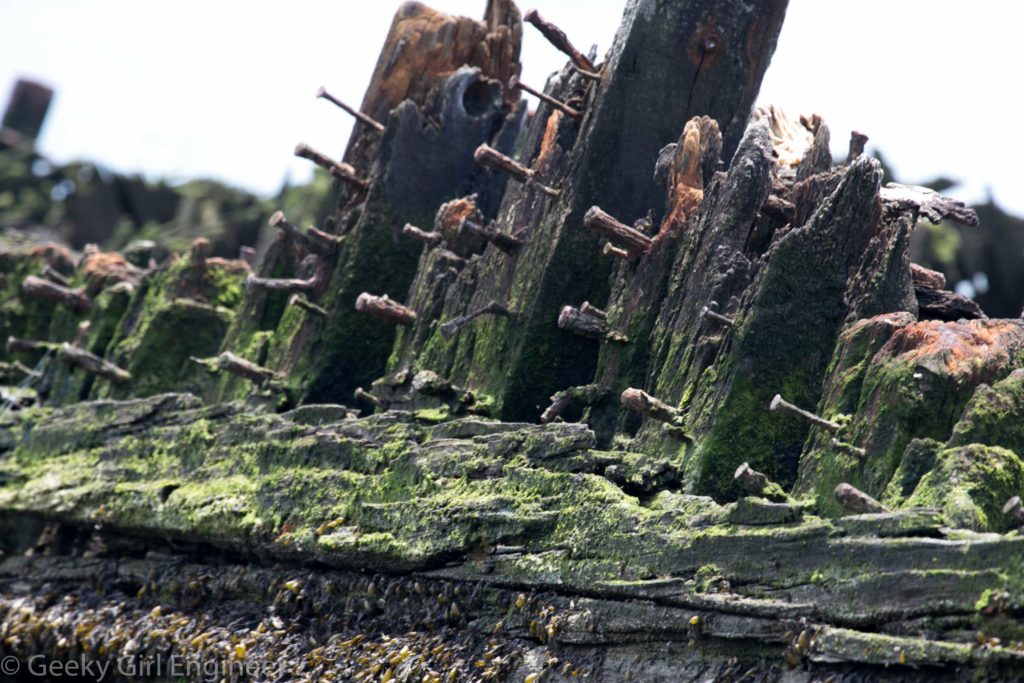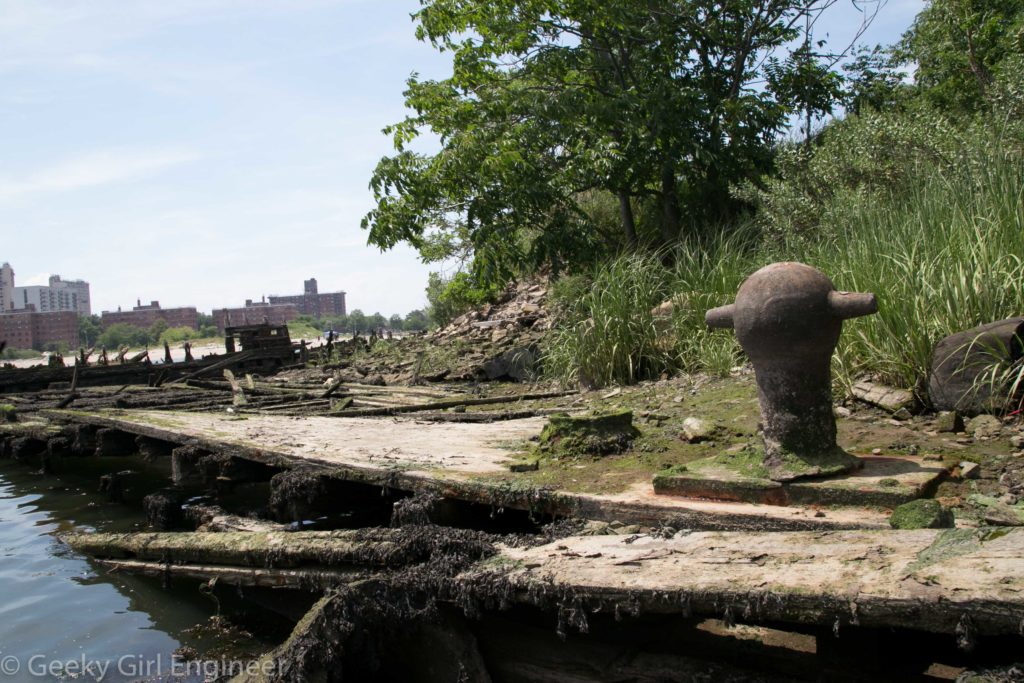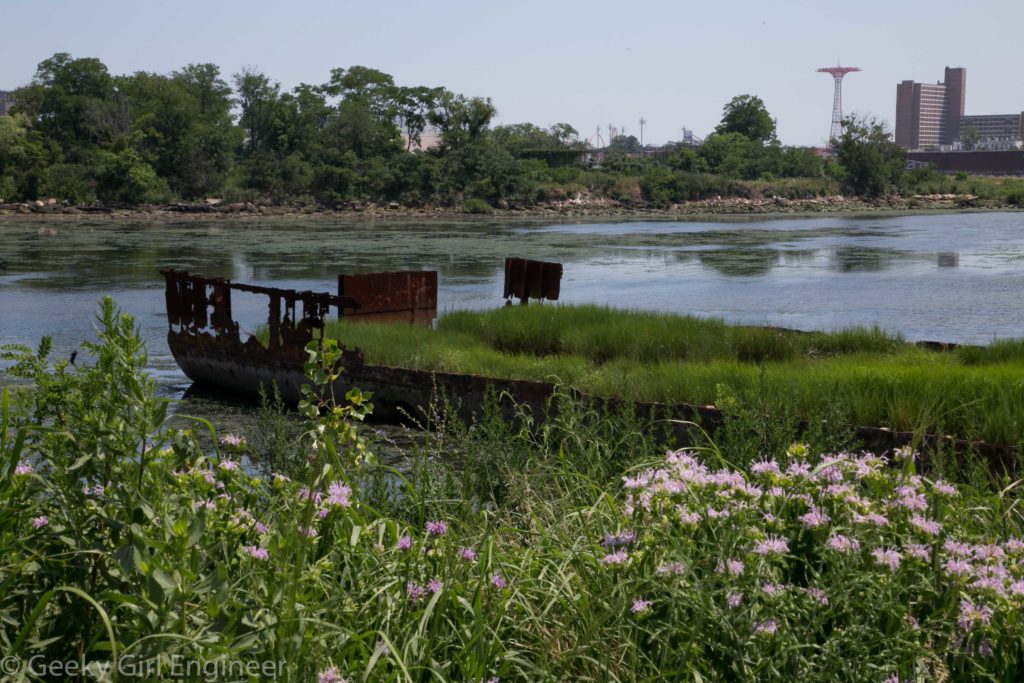I went snorkeling today off the coast of Belize on part of its barrier reef. I have no true idea where I was, other than they said the boat ride was going to be about 14 miles. So that clears that up. Anyway, I saw several lobsters, a couple of rays, and a couple of nurse sharks. I was super excited by the rays and sharks. The coral was lovely, but somewhat sparse in that area. Also, there seemed to be a bit of what I can only assume was coral bleaching, which was rather depressing.
Tag Archives: Photography
On the Monkey River
I took a cruise up the Monkey River today. Getting there was an adventure into itself. An hour drive to Placencia, then at least a half hour boat ride to Monkey River Town, to finally then cruise up the Monkey River. The journey ended at a spot in the jungle which is completely overrun by mosquitoes, but there are also some howler monkeys. The howler monkeys are about as loud as you can imagine an animal that gets the name howler would be. The Monkey River flows through a grassy and mangrove area that is quite pretty. There were numerous birds just sitting along the edge waiting to be spotted. Our guide also spotted a crocodile on the way back that nicely ignored us.
Making chocolate
I took a tour of Che’il Mayan Chocolate, which included an organic cacao farm and a tiny factory where they make chocolate. I am not sure it qualifies as a factory, but they make do make a small amount of chocolate there as well as some chocolate products like nibs, cocoa powder, and cacao tea. The tour was fascinating, and the following is a brief synopsis. It all starts off with a cacao tree.
The beginning of the deliciousness that is chocolate starts with a tiny, little flower.
When the flower is fertilized, a giant fruit or seed pod forms. The flowers bloom for months, and hence seed pods form and grow at different times.
The seed pods ripen to a yellow or red color depending on the specific cacao tree species.
Inside the seed pods are cacao beans covered in a white pulp. We got to take a bean and suck the pulp. The pulp was quite tasty with sort of a creamy, light fruit taste.
The beans have a dark brown interior.
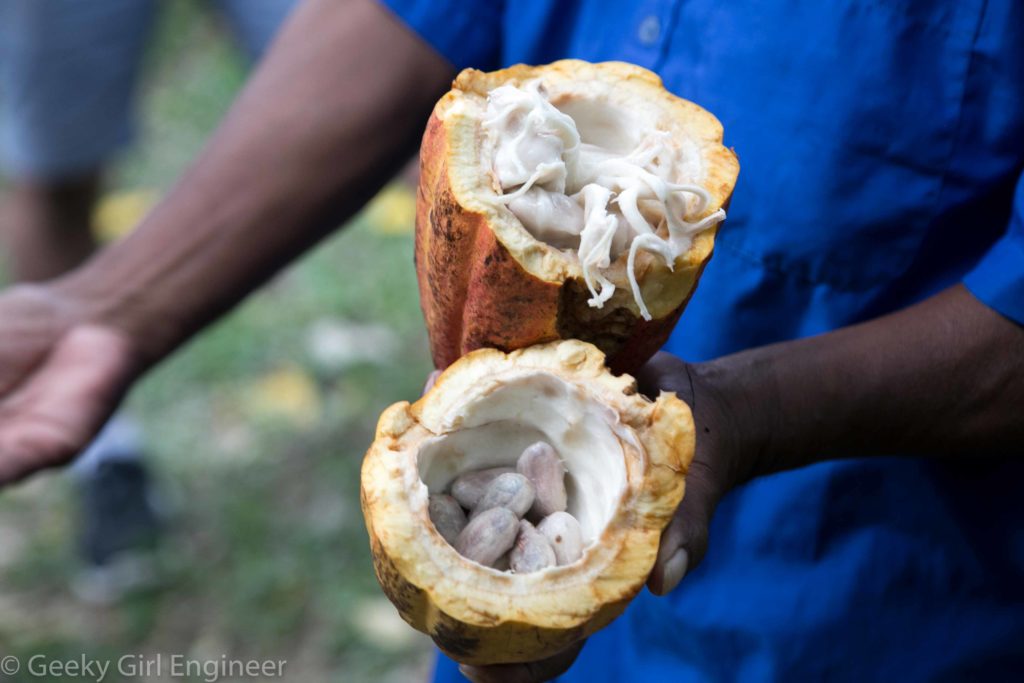
Cacao seed pods with beans covered in pulp in upper half and seeds we sucked pulp off of in lower half
The beans are first fermented in a box for several days. They are then roasted over low heat. In the photo below, the light beans (on the traditional Mayan grinding stone) are the beans that have not been roasted. The dark ones in the middle front bowl have been roasted. Cocoa butter is in the white bowl, and the bowl right in front of it are the shells from de-shelled beans. The shells are removed from the beans before roasting. After roasting the beans, they are ground into nibs, which can be seen in the bowl to the left of the cocoa butter.
The nibs are placed on the stone and crushed.
The grinding motion with the stone pulverizes the nibs, and the pressure causes heat, which starts to melt the oils in the nibs. We got to taste it at this point, and the chocolate is rather bitter.
After quite a bit of grinding of the nibs, only liquid remains. Sugar and cocoa butter is added.
The mixture is ground more to mix everything. We got to taste the finished chocolate at this point again. It definitely was sweeter with the sugar, but to me, it still had a bitter after taste.
The liquid is then poured into forms and allowed to harden. These were put into a fridge to harden quickly.
The finished product. The mixture made was 70% cacao. It tasted a bit different from the dark chocolate I have had before. It also melted very quickly in my hands compared to store bought chocolate, which must have stabilizers or something. Interestingly, even though this was the same mixture as what I tasted before it was poured into the forms, after cooling and hardening, it had lost most if not all of the bitter after taste that I tasted with the liquid.
Cockscomb Basin Wildlife Sanctuary
I visited Cockscomb Basin Wildlife Sanctuary yesterday. I did not get to see any jaguars, which is the reason the sanctuary was created. However, thanks to the rain the day before, I did get to see some of their tracks, which made me happy. It appears to me the sanctuary actually belongs to leaf cutter ants though. They are everywhere. They have created ant highways across all the paths, and their mounds are everywhere. I am rather in awe of what these tiny insects can do in transforming their environment. Numerous places of the hiking paths have the weeds completely mowed clear by the ants, so they can walk unhindered. The sanctuary is quite pretty, and I admit, one of my favorite things about it was the moss and fungus growing on trees that I became quite obsessed with photographing.
Rain: Madgalena Fernández at the Houston Cistern
After touring the Houston Cistern, we took another tour of it with an art installation completely encompassing it. Rain: Madgalena Fernández at the Houston Cistern is a video installation with the video projected from all sides onto and into the cistern while sound plays. I don’t think I can fully explain it other than to say it is really, really cool, and you can read more about it here. The sound sounds likes rain, but it is completely human made sound. The video starts off looking a little like rain falling then becomes something that looks like how Hollywood loves to portray cyberspace. It is incredibly neat to watch, and I love the way takes over the space. 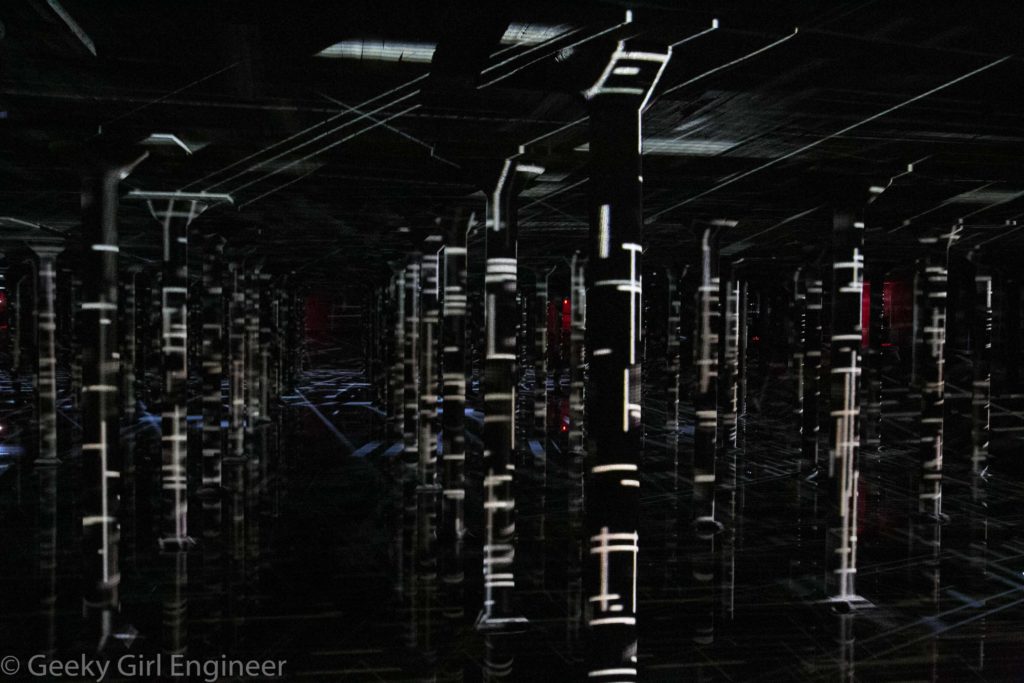
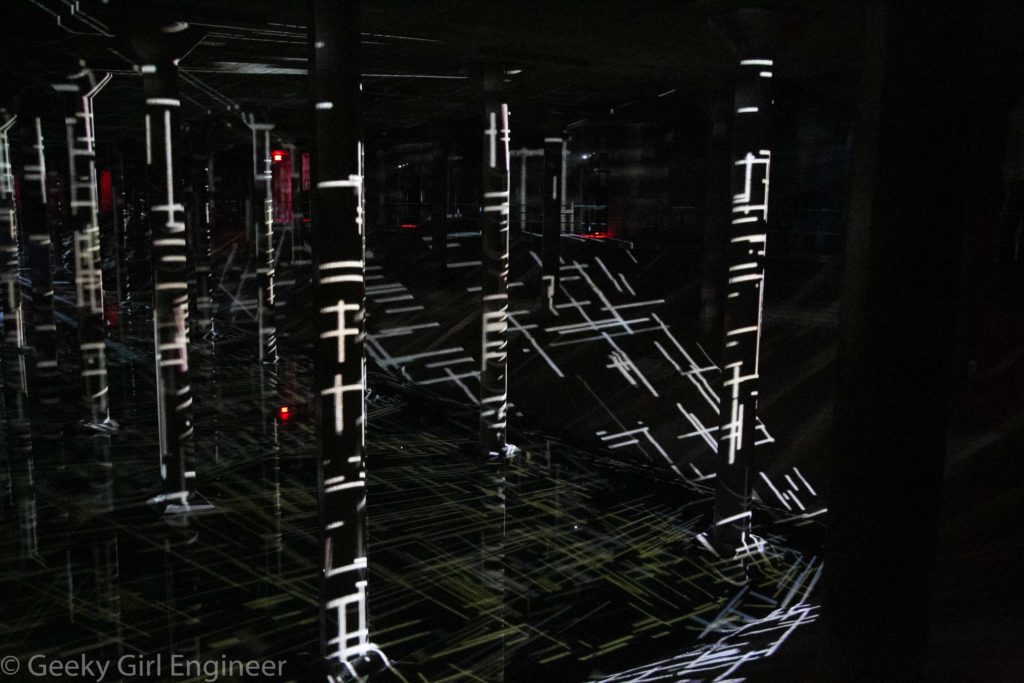
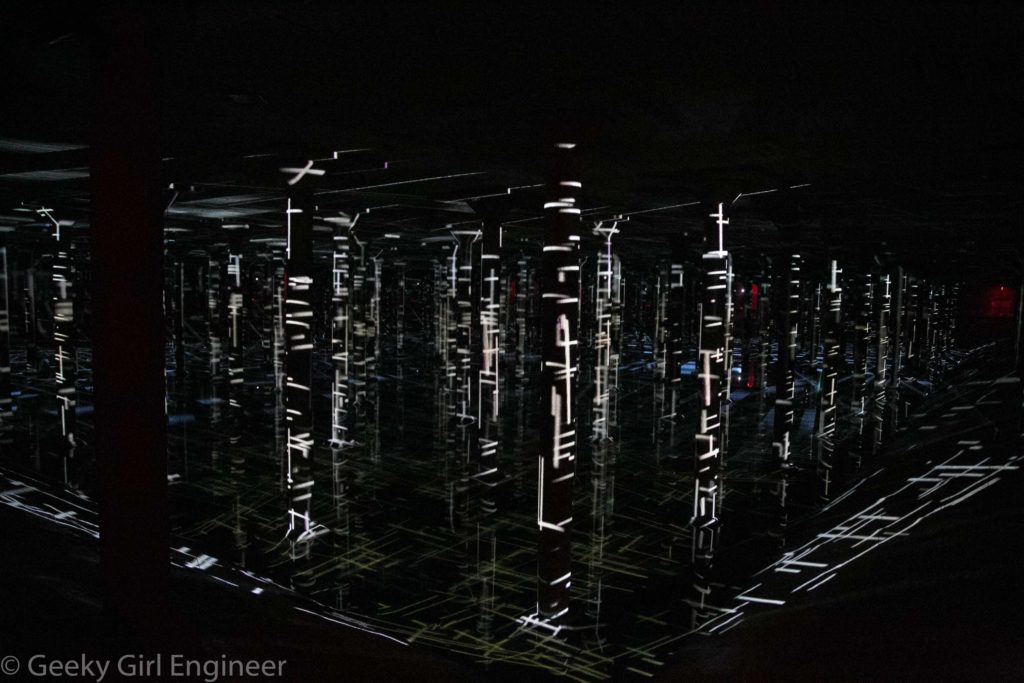
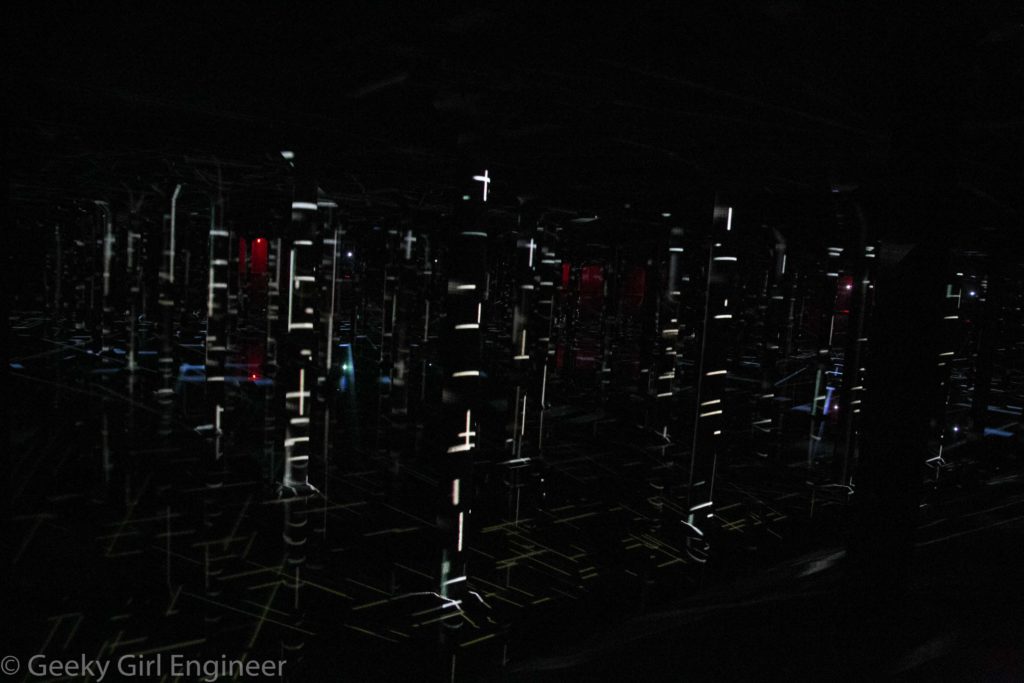
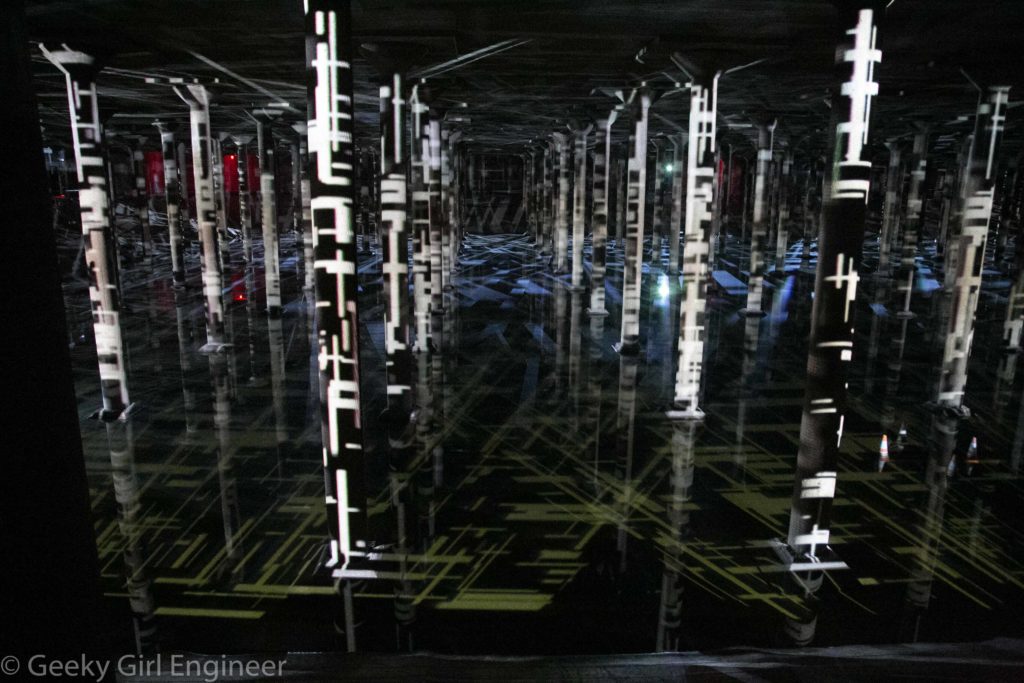
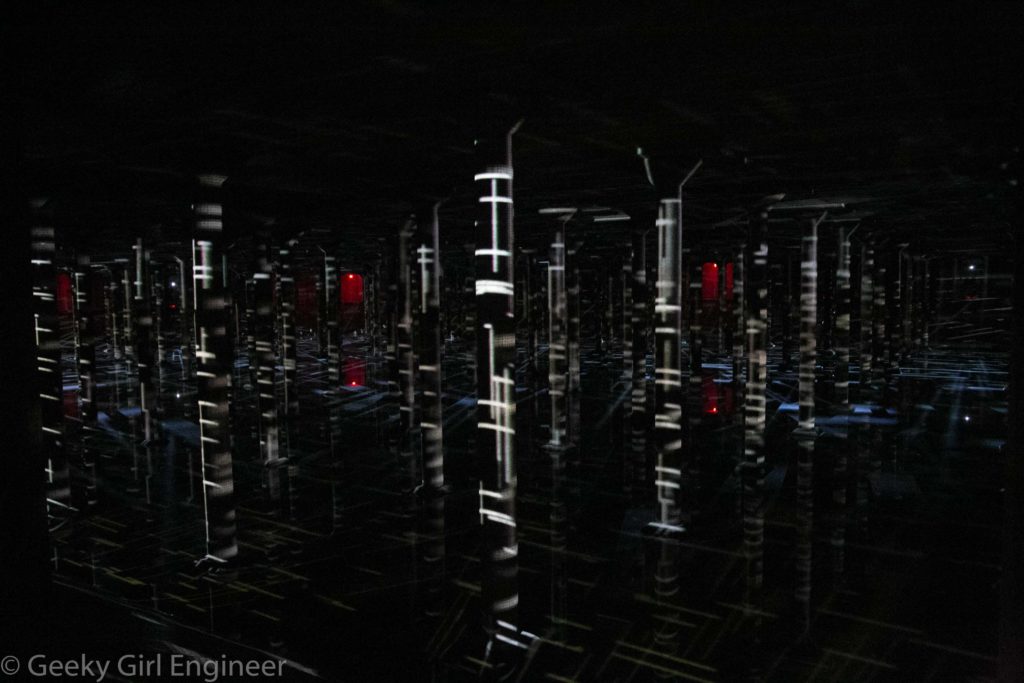
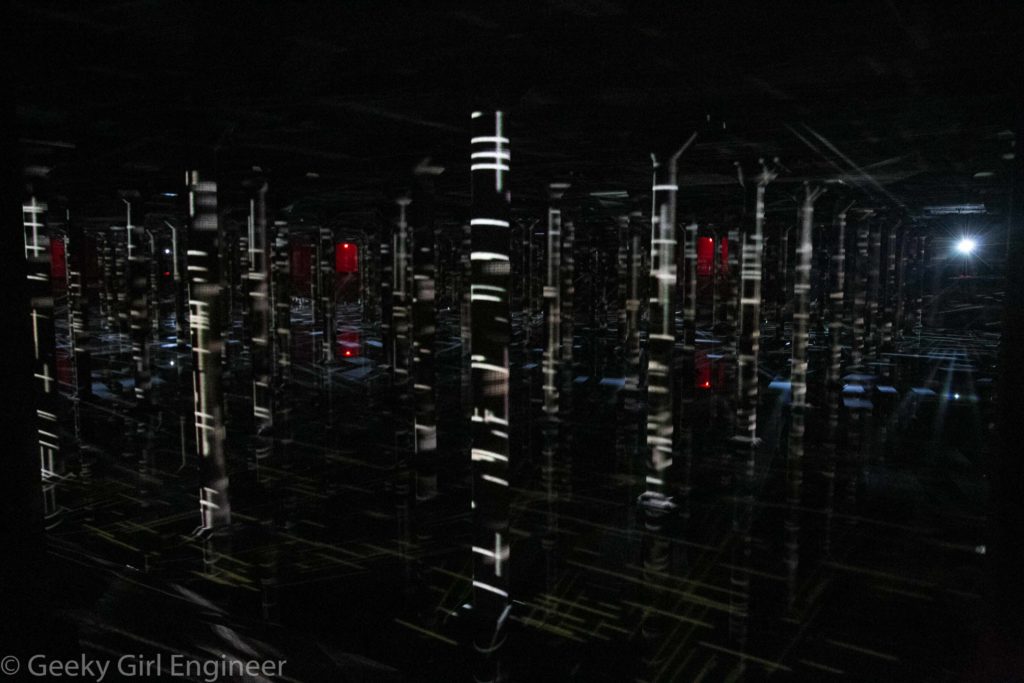
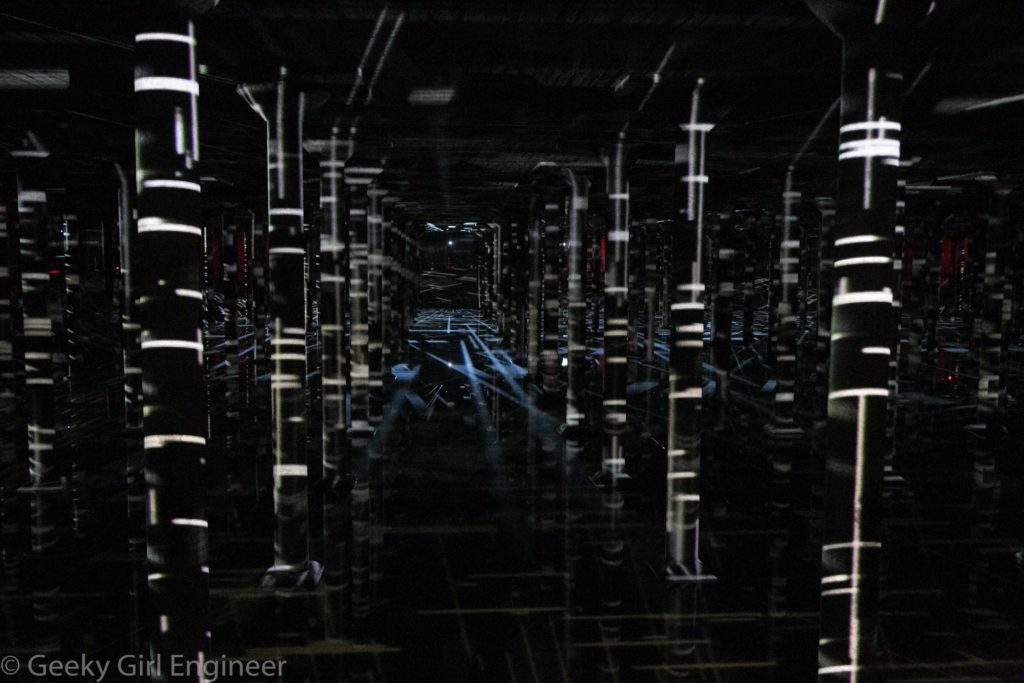
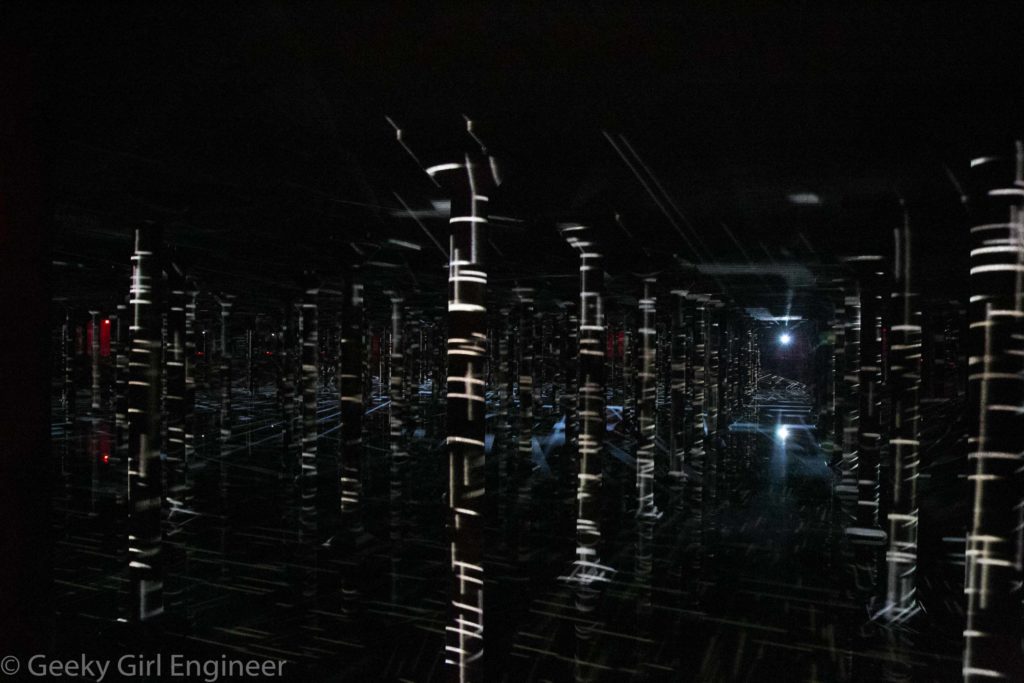
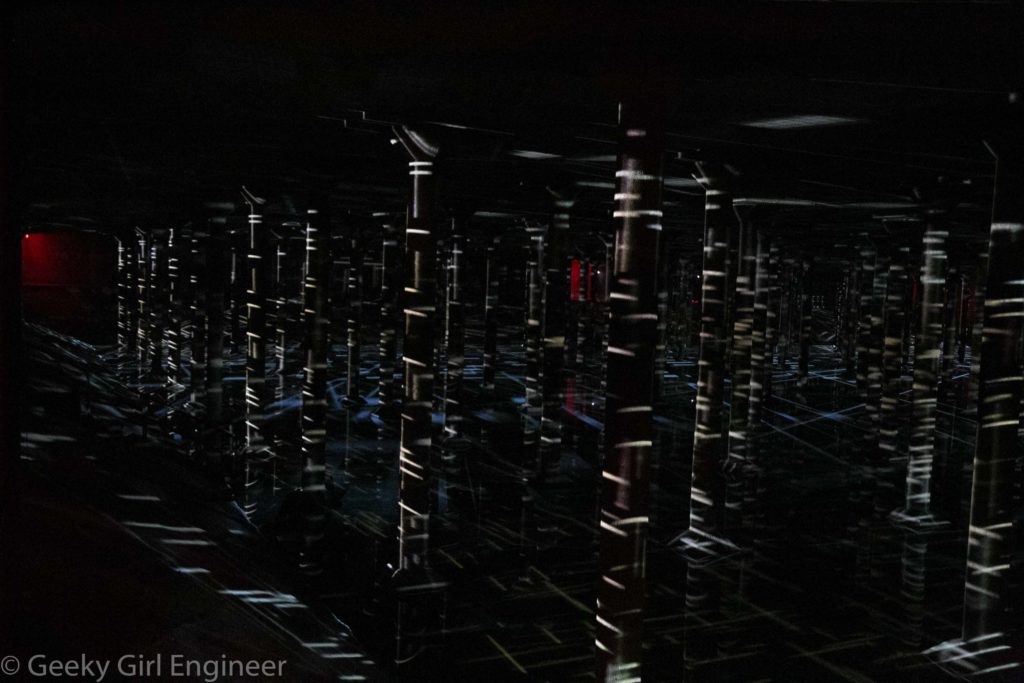
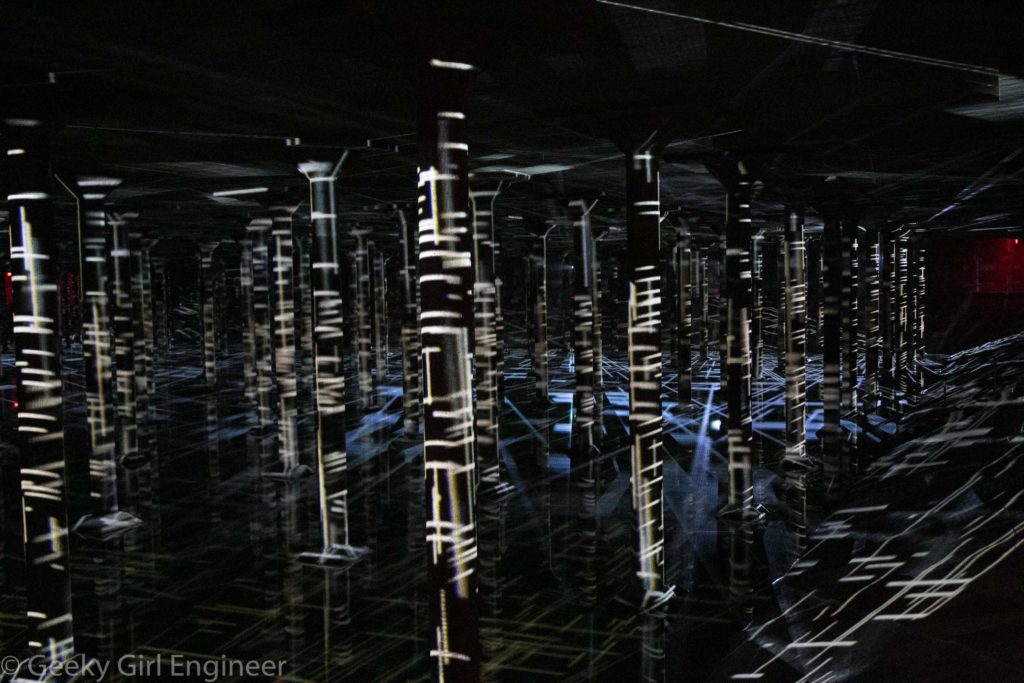
Houston Cistern
I love hidden places. I love places that you can just walk by and not have any idea are there. It just makes them more magical. I recently found out that Houston has an underground drinking water storage reservoir, a cistern. I have passed by this place so many times not having any idea it was there. The cistern was decommissioned in 2007 after an irreparable leak was discovered. Buffalo Bayou Partnership and the City of Houston turned it into space for people to visit and learn about the history of it and also a space that can be used for art installations. When functioning, the reservoir could hold 15 million gallons, but now it just has about 6 inches of water across. Enough water is there just for a neat reflection of the columns in it.
Freshkills Landfill Turned Park
This past weekend, I got to check an item off my bucket list when I got a tour of Freshkills, the former landfill that is being turned into a park. This is probably not an item on most people’s bucket list, but I have heard so much about the landfill that when I found out New York City Parks Department gives tours, I jumped to sign up. The vast majority of the landfill has been fully capped and vegetated. The mounds are dotted by the landfill gas collection system with gas wells popping up from the high grass at regular intervals. The wildlife has already moved in. There were butterflies flying everywhere in the grass, and birds were everywhere. We also saw a family of deer. The wetlands are lovely and evidently filled with wildlife. Also, the view from the top of the mounds is spectacular. It will be a while before the area will be completely converted to a park and open to the public, but the transformation already is incredible. As an environmental engineer, I am incredibly happy to see it and proud of my profession that did it.
Coney Island Creek
I went on a hike along Coney Island Creek with Atlas Obscura and Underwater New York to see its virtual ship graveyard. The tour did not disappoint. There were a multitude of shipwrecks, including the famous yellow submarine. We walked along the shore during high tide. The shore was quite mucky, and I was thankful for my waterproof hiking boots, while trying not to think about what was in that muck. There was lots of algae and seaweed of some type. We spotted a few fishermen and men who appeared to be hunting for oysters or clams or sometime of shellfish (are they called fishermen also?). I have serious doubts the fish are safe to eat on a regular basis, simply based on the history of pollution in that area. I can only hope I am wrong for their sake.
Rainbow Wonder
There is an exhibit at the Renwick Gallery called Wonder that will be leaving soon. It is amazing. One of the pieces in the exhibit is Gabriel Dawe’s Plexus A1. It took my breath away. I just stood there staring at it wondering how to photograph it properly. Then I photographed it from every angle and every zoom and every focal point I could think of, and I still could not capture the beauty and, well, wonder of it. Below are a few photographs of mine just trying to capture it. I want to go back and stare it some more. It is just thread, yet it is so much more.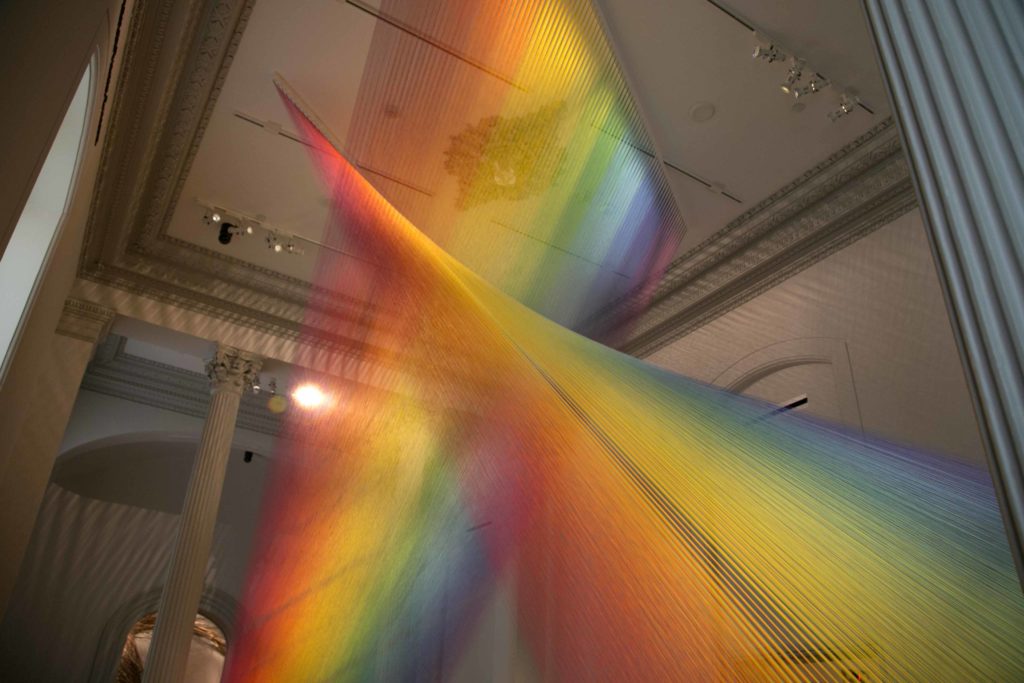
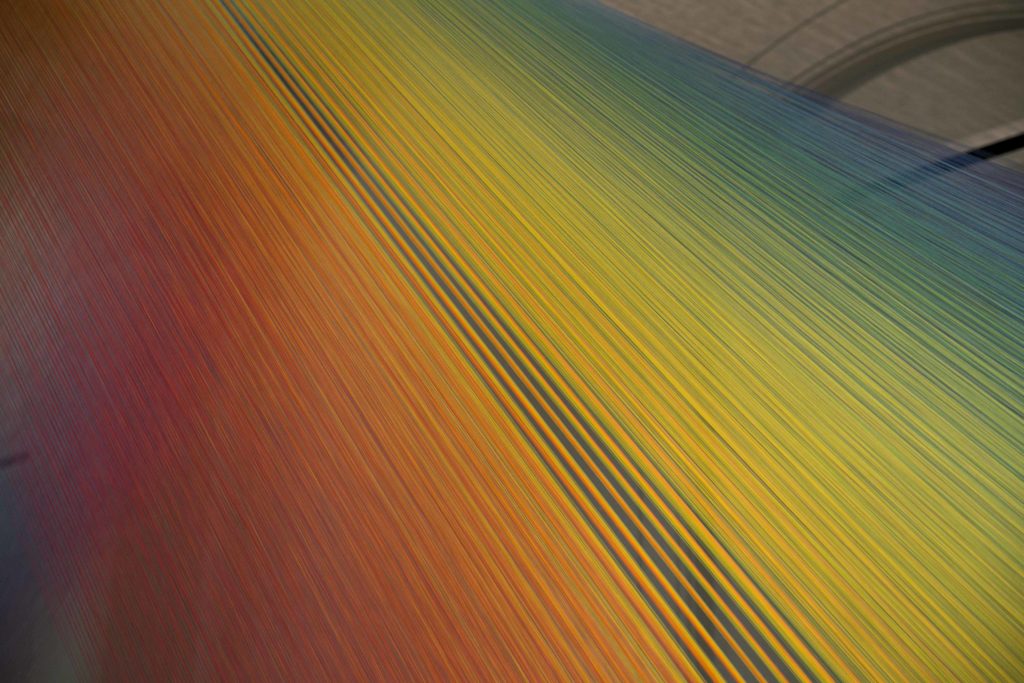
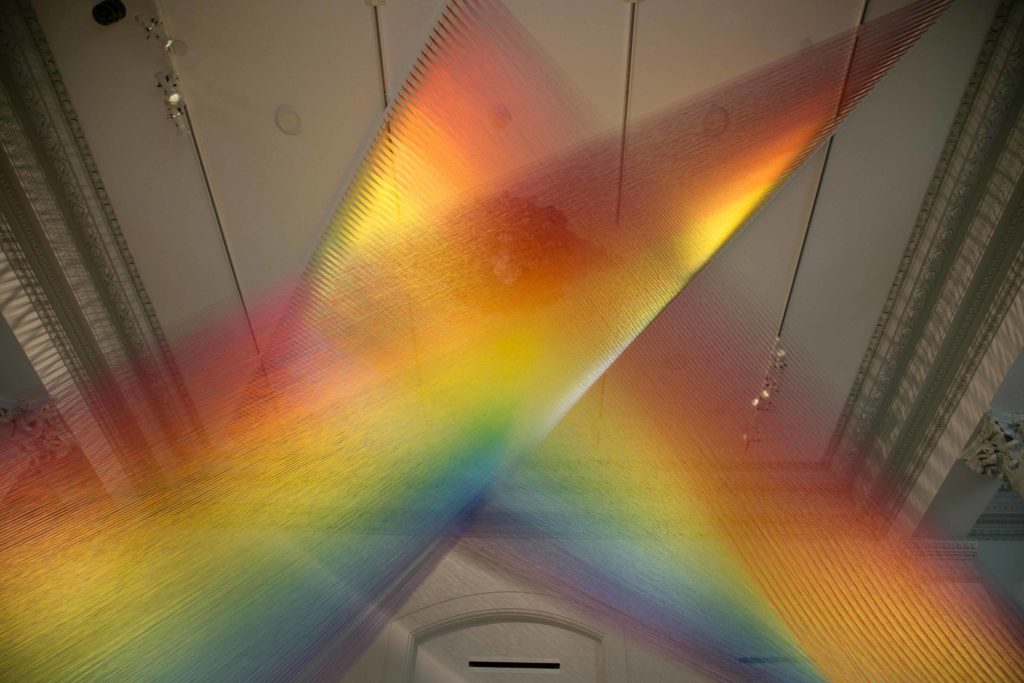
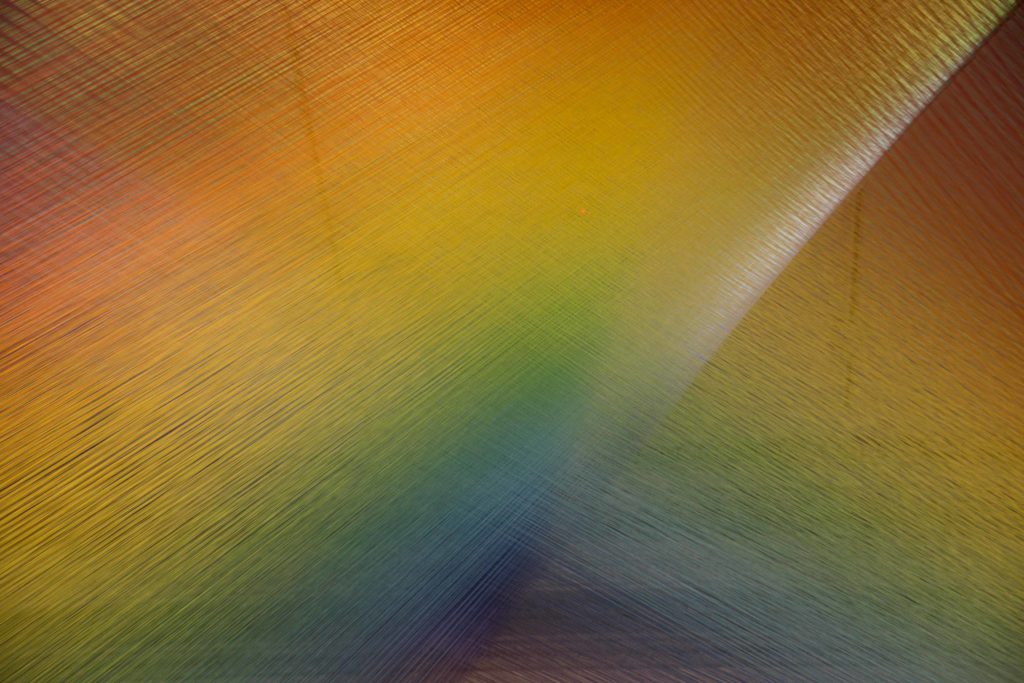
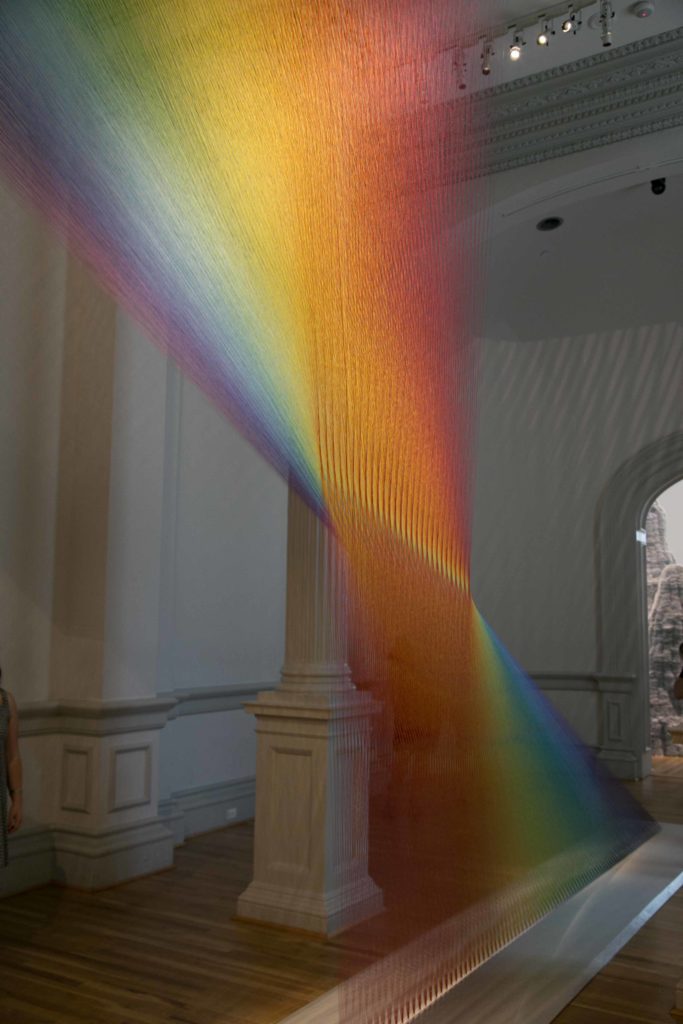
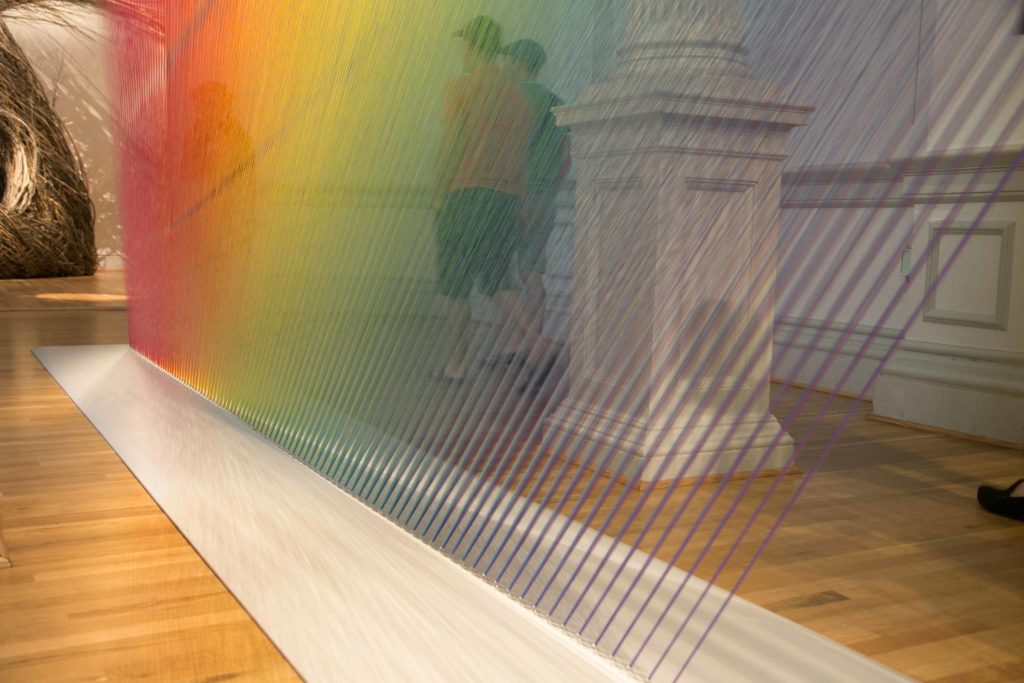

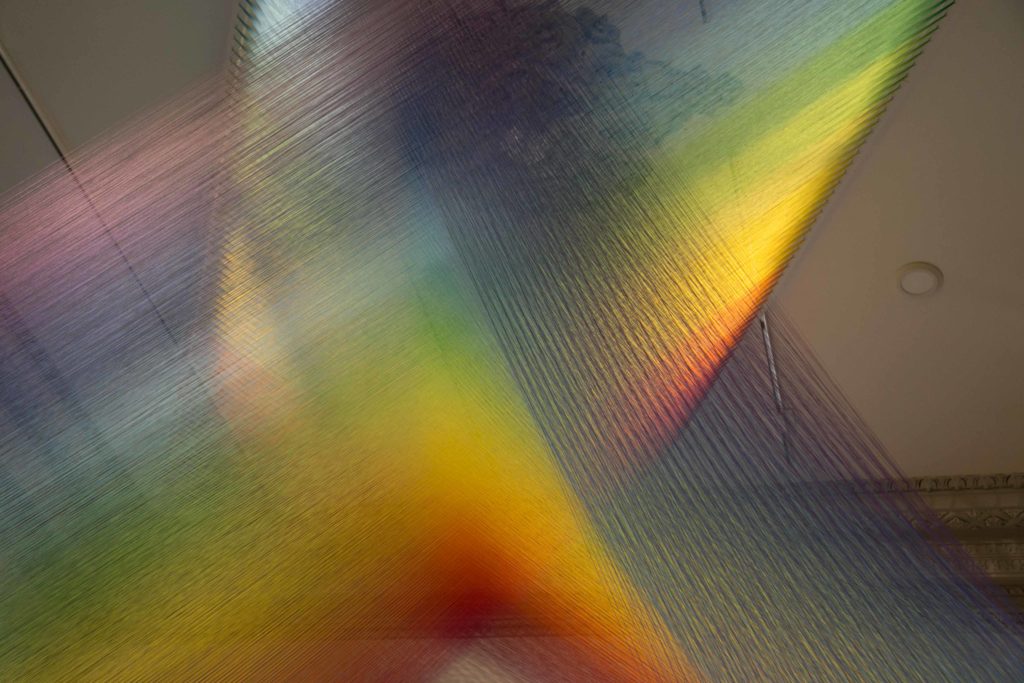
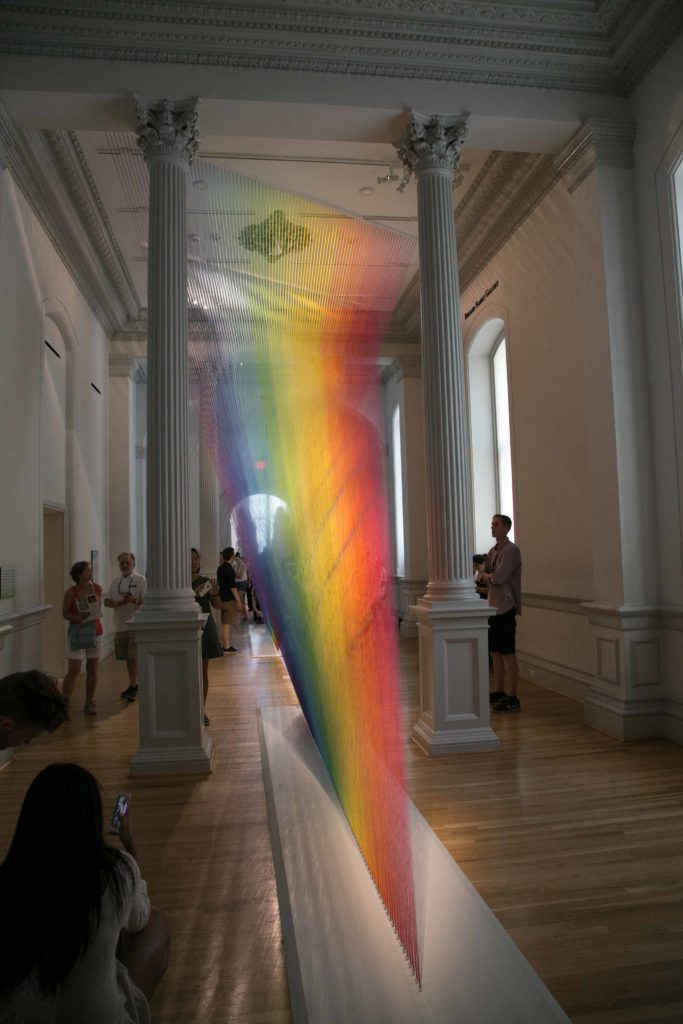
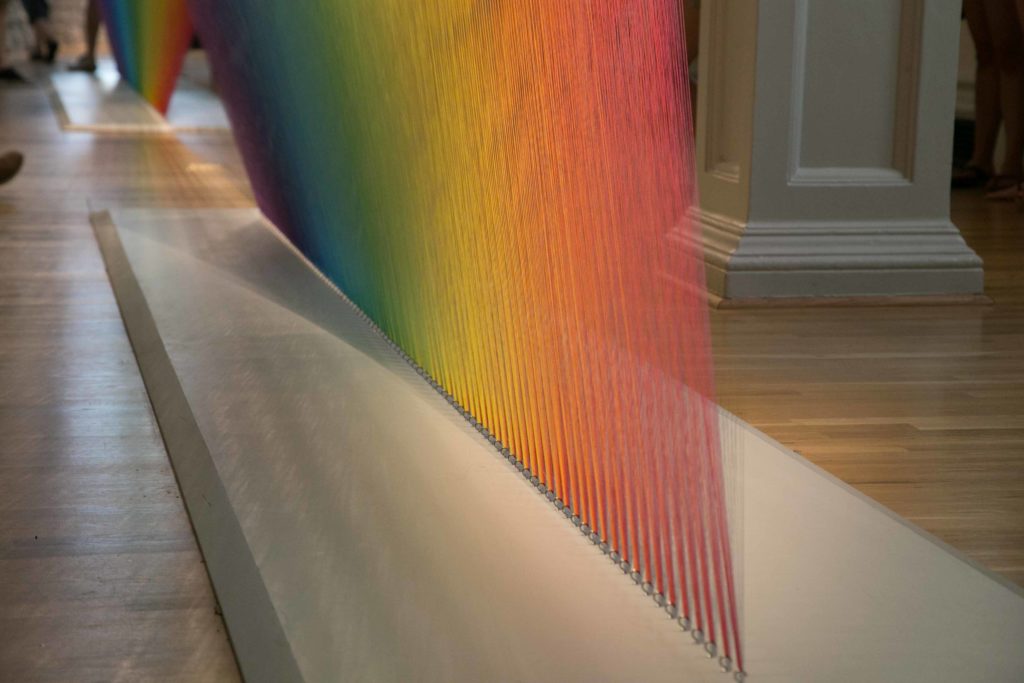
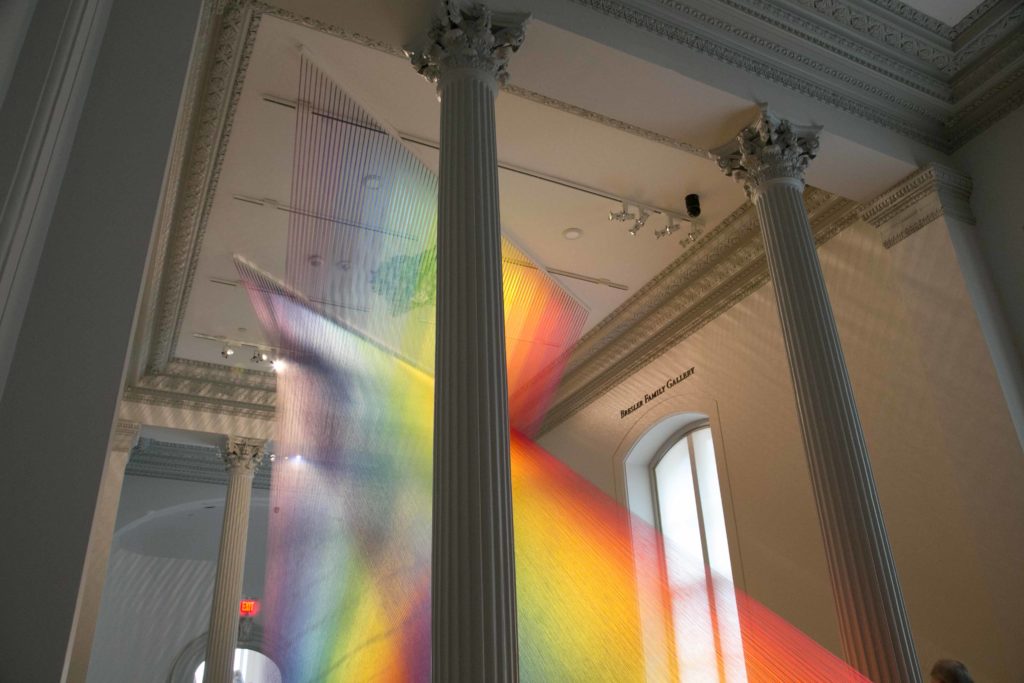
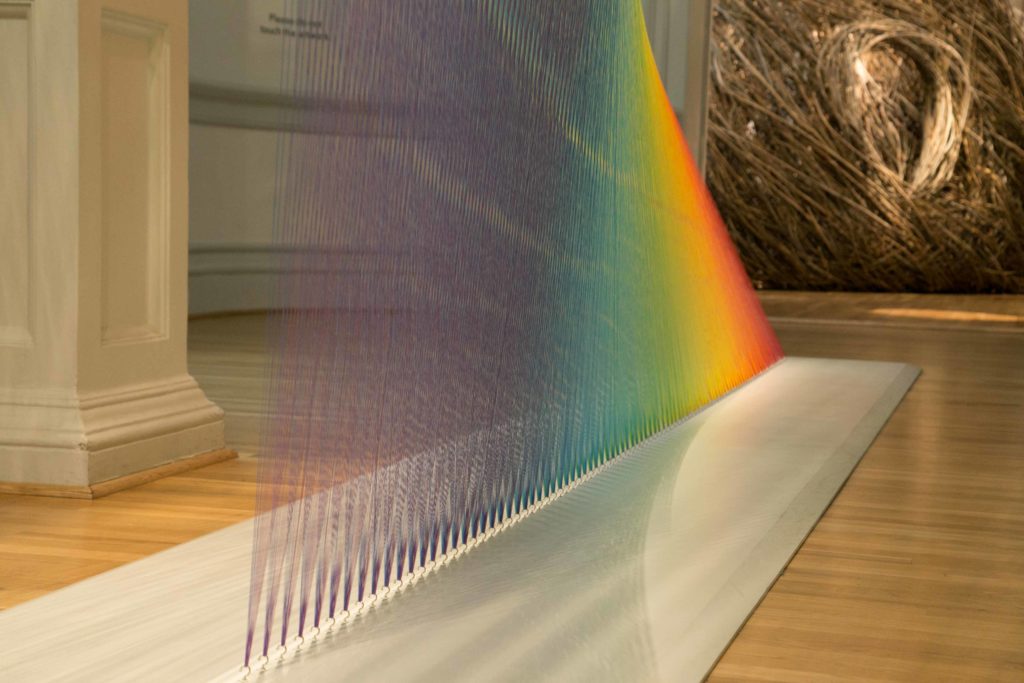
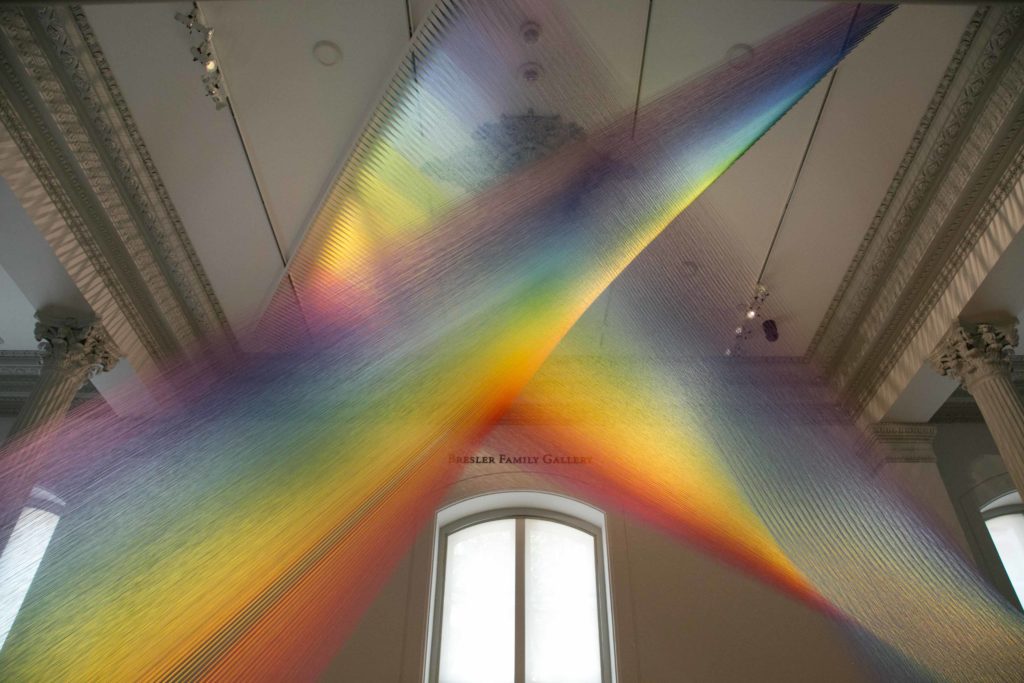
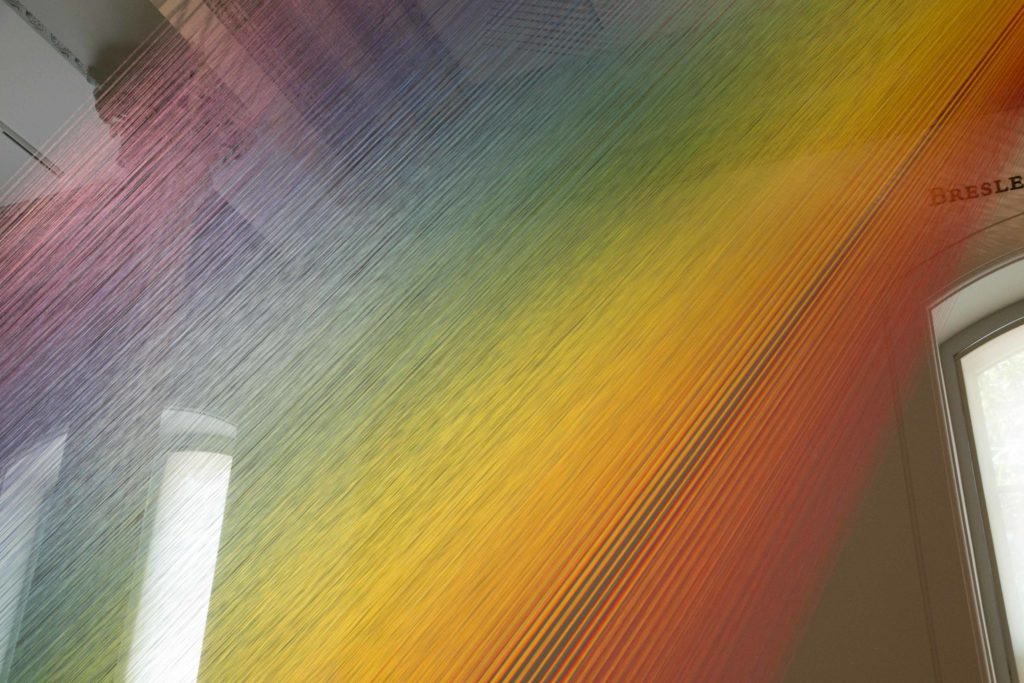
Rust
While I was photographing the ruins of the Elkins Roundhouse, I saw some rust on the big turnstile. Actually, I saw a lot of rust on everything, but the point is, I really started looking at the rust. It was beautiful. It was all variations of colors and textures. It was peeling paint cracking and folding and turning up to reveal other layers of paint, all being pushed away from the metal by the rust forming. It was rust forming on rust. It was Mother Nature laughing at the work of humans. It is one of those things where the average person would not give something the shortest glance, but I want to stop them and show them the beauty they are missing. Maybe you just have to be really detail oriented like me to see it. Maybe you have to be an engineer or scientist like me to appreciate rust. Or maybe you just have to be a crazy photographer like me to spend 15 minutes photographing rust. 